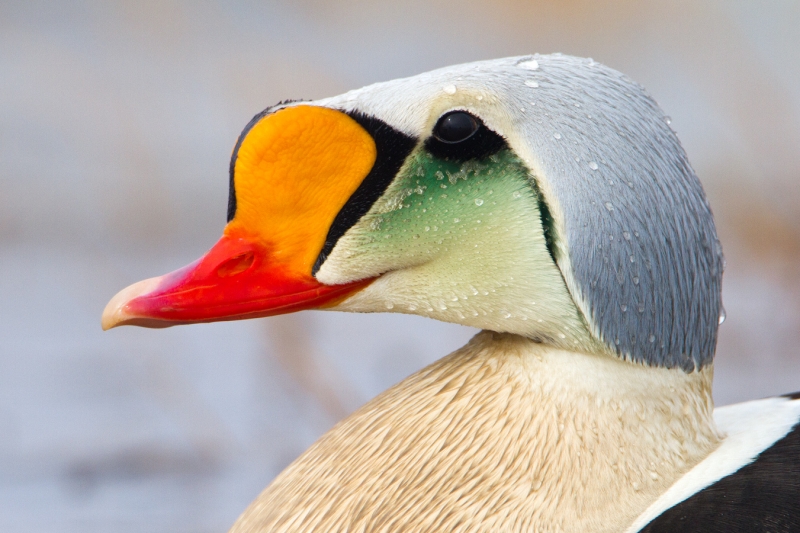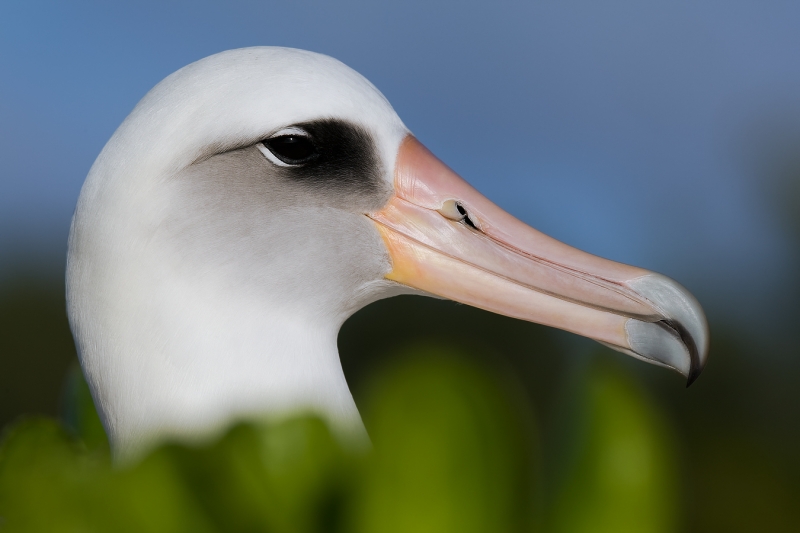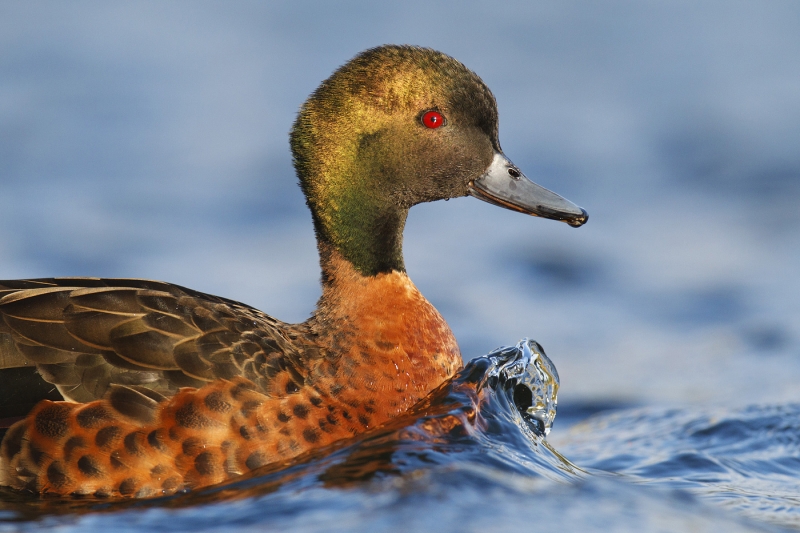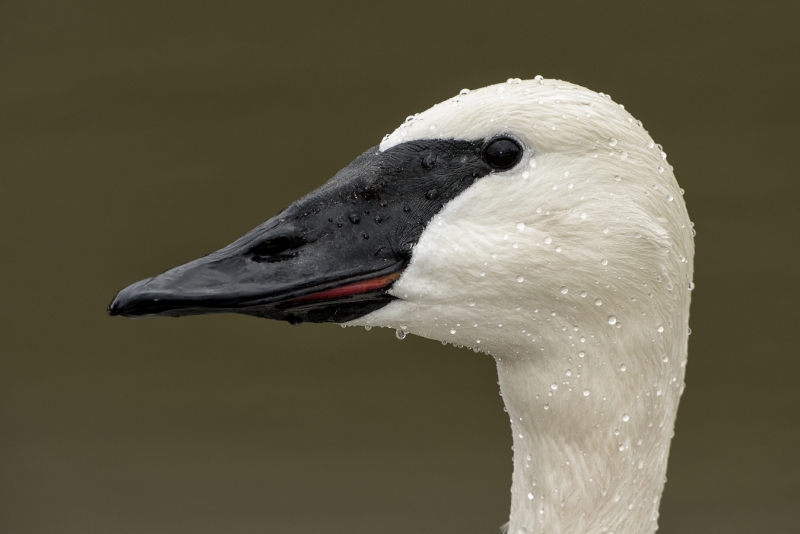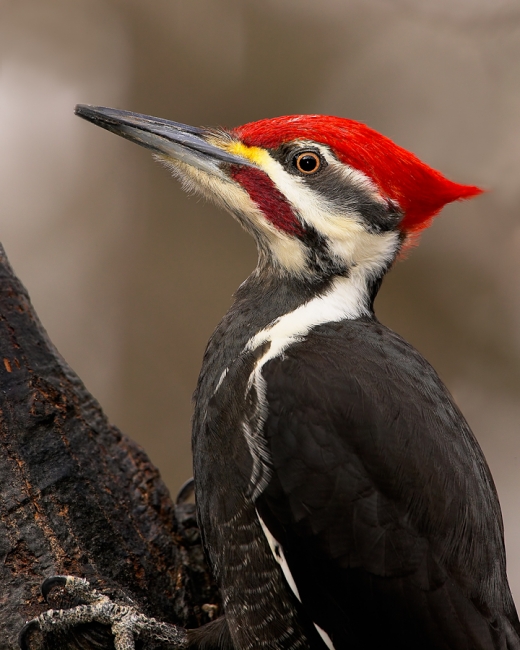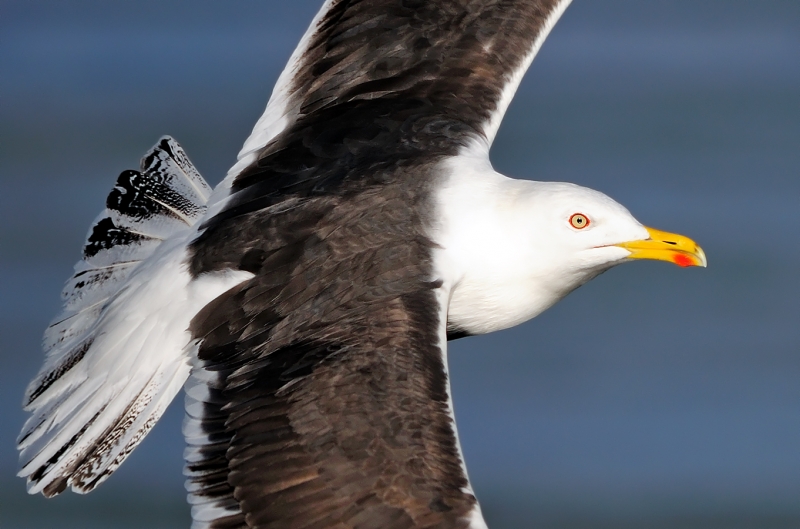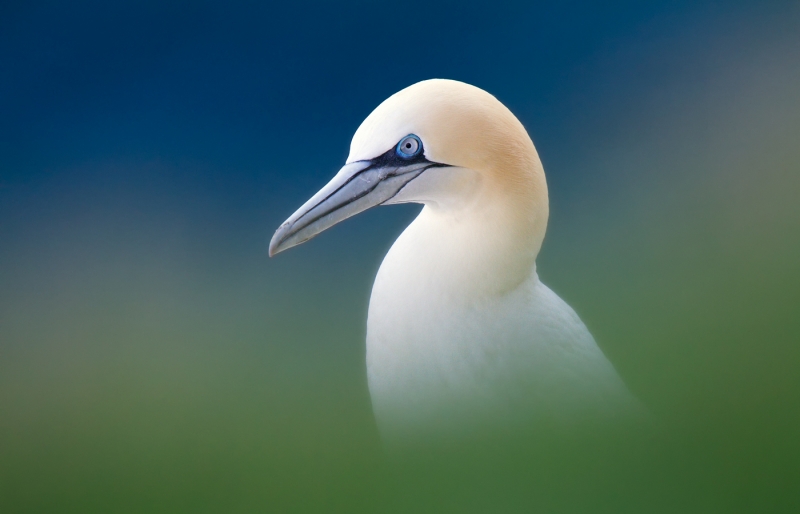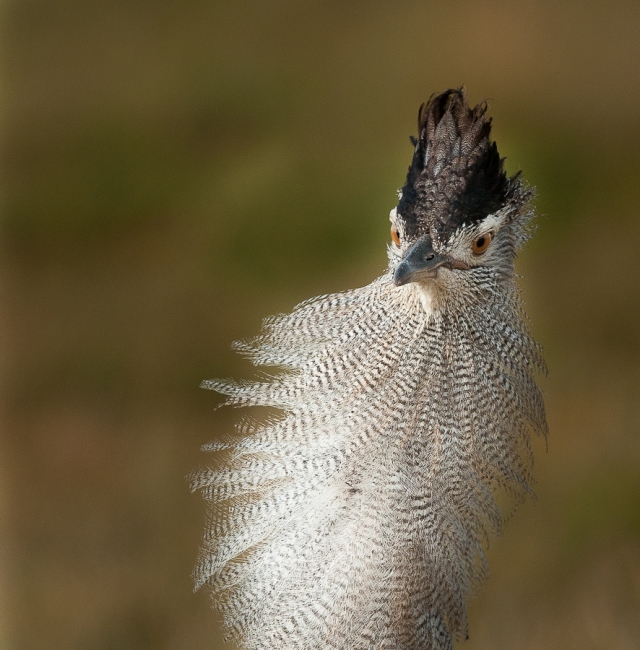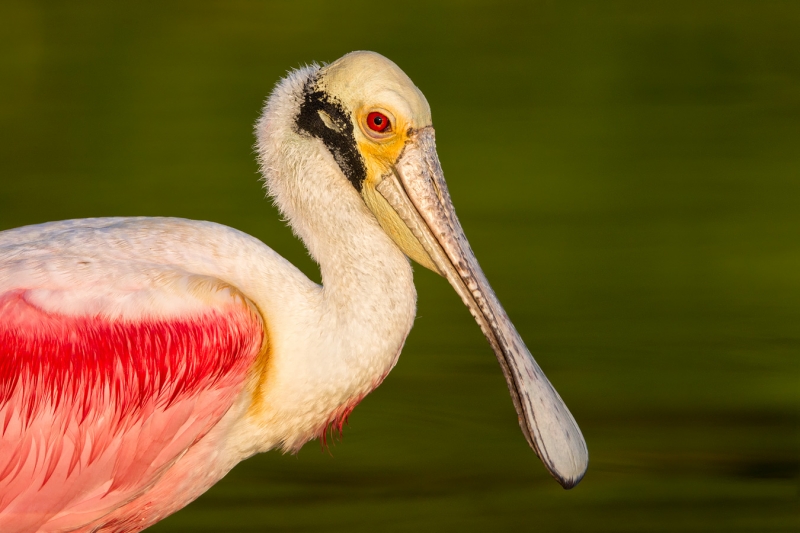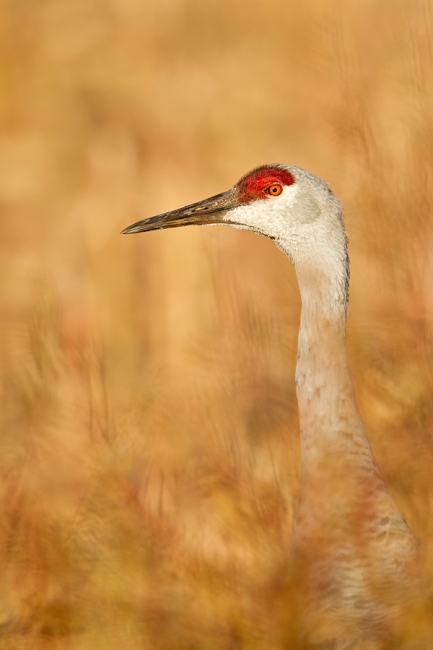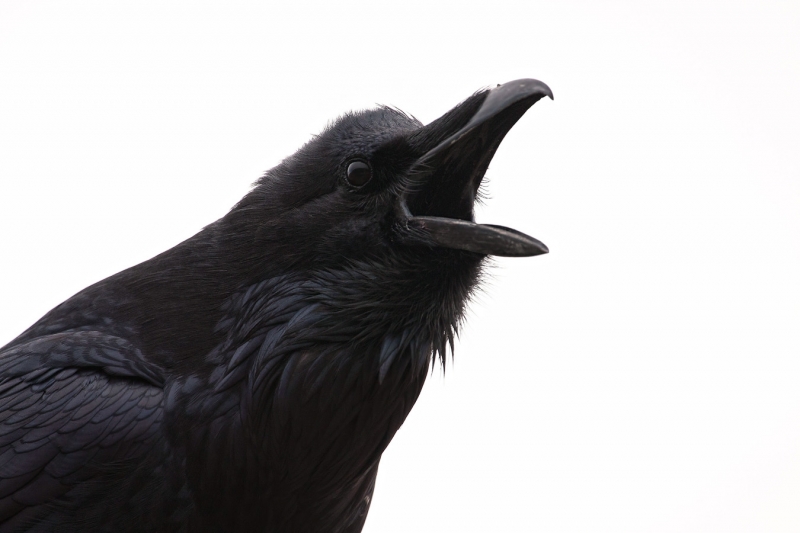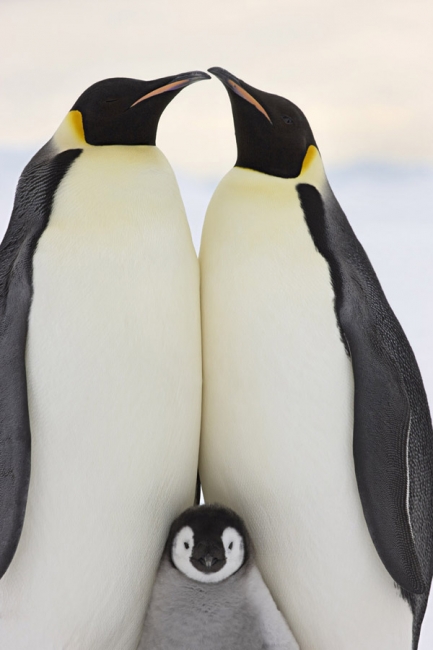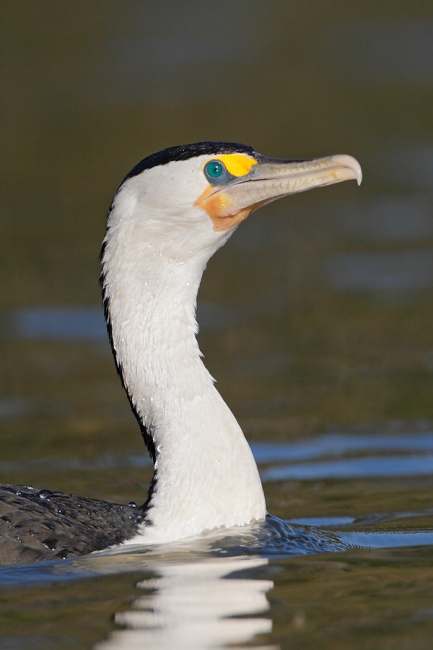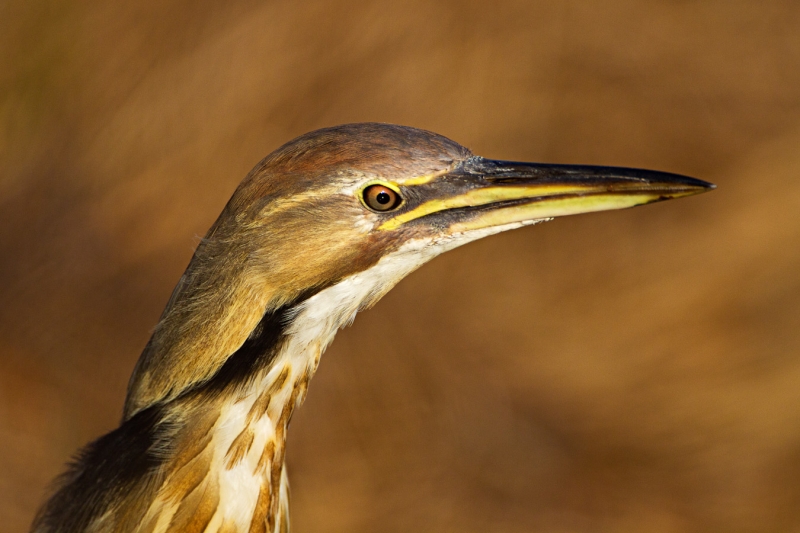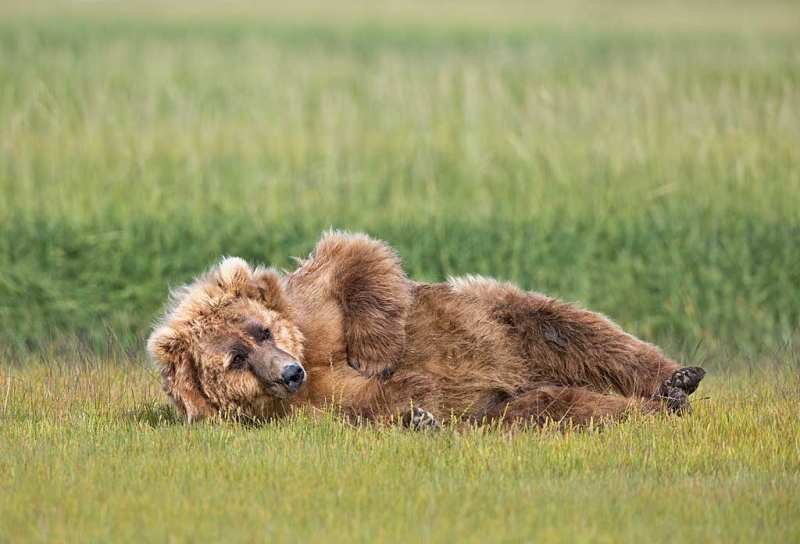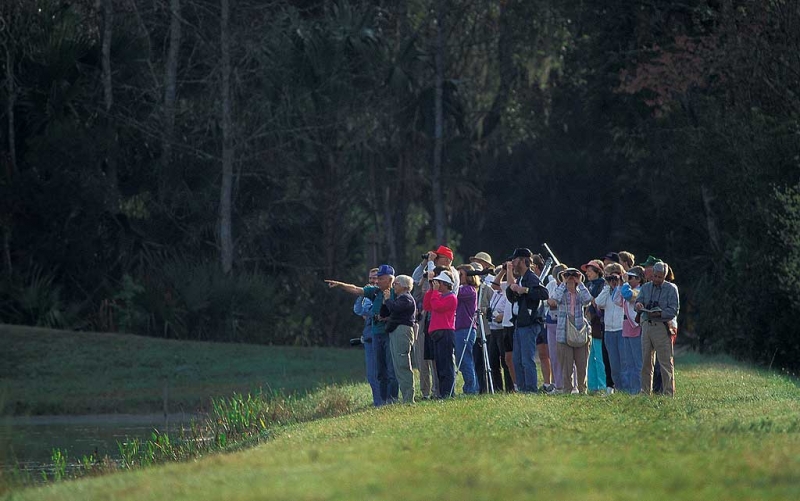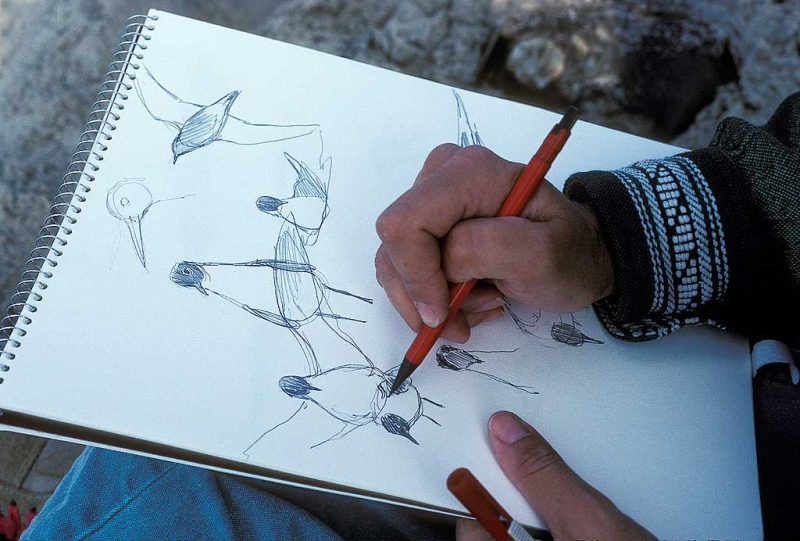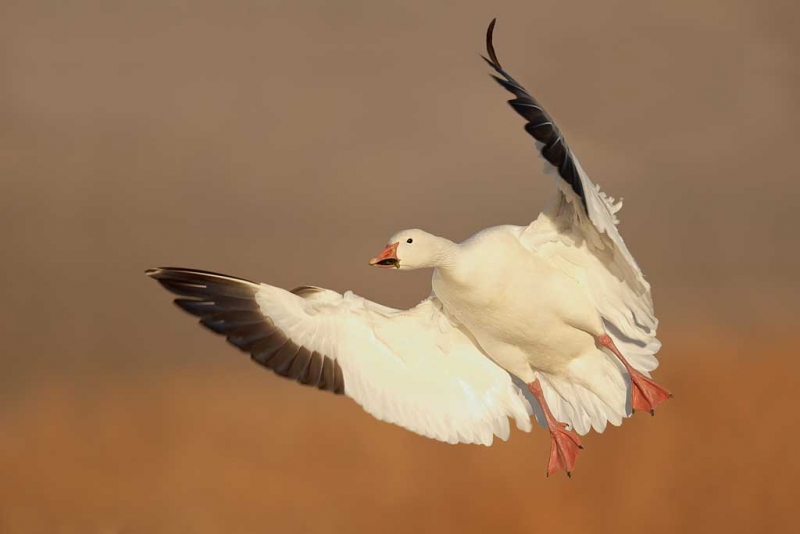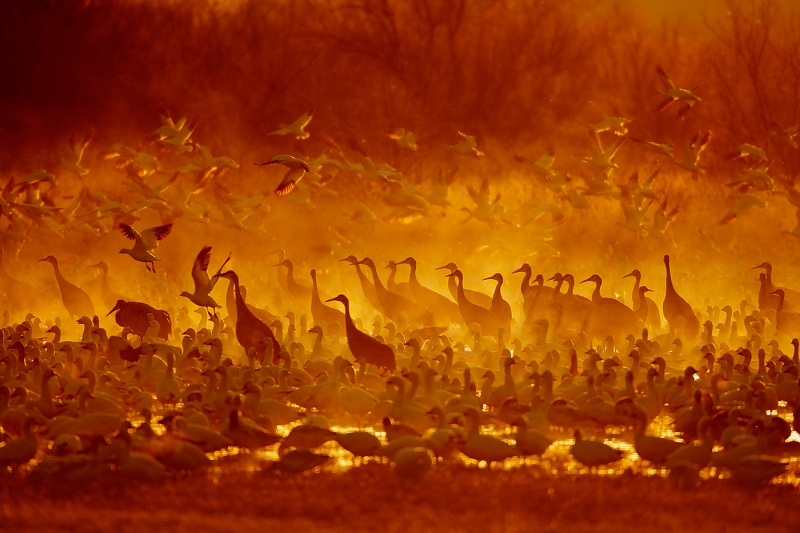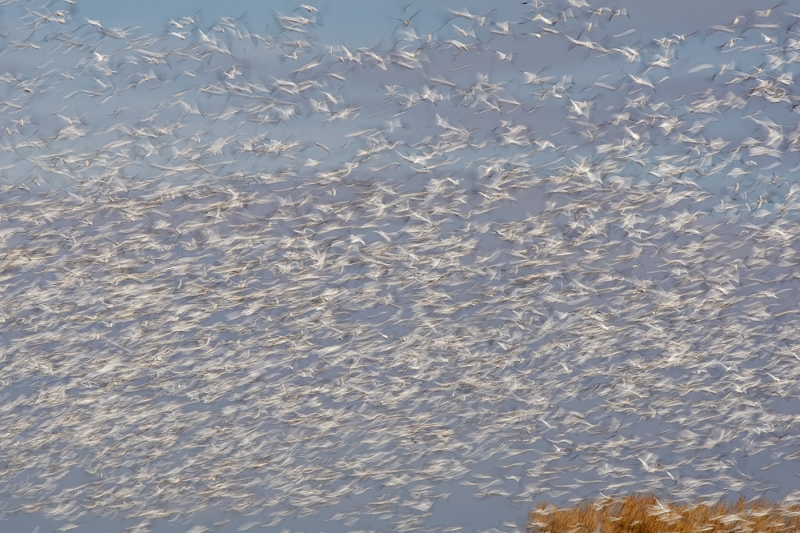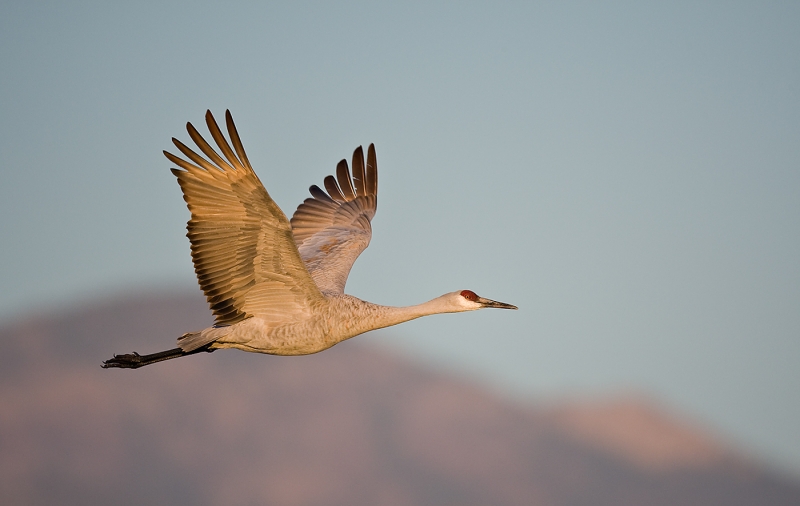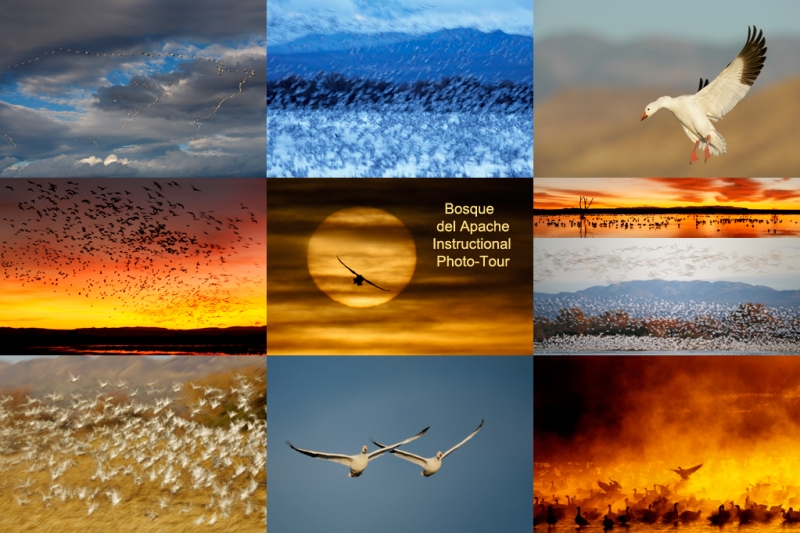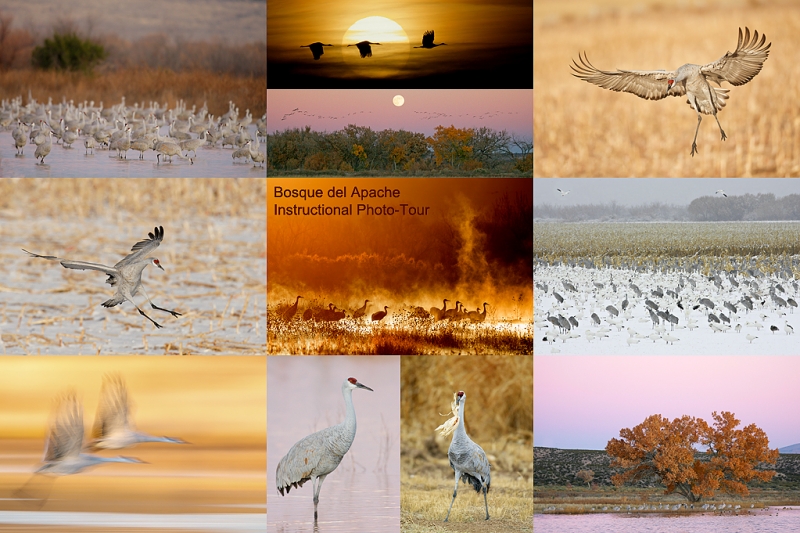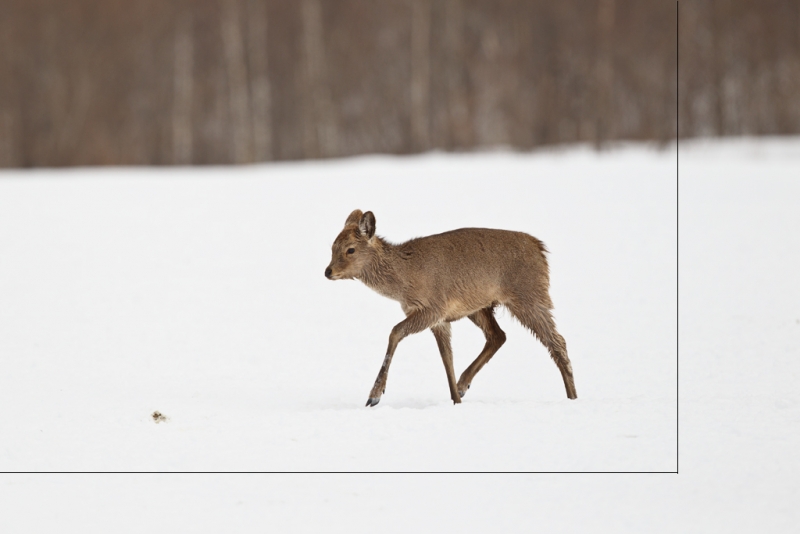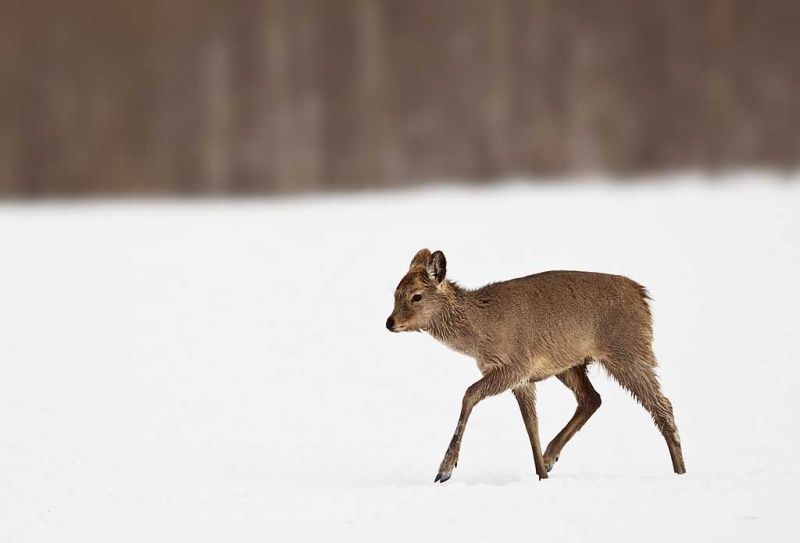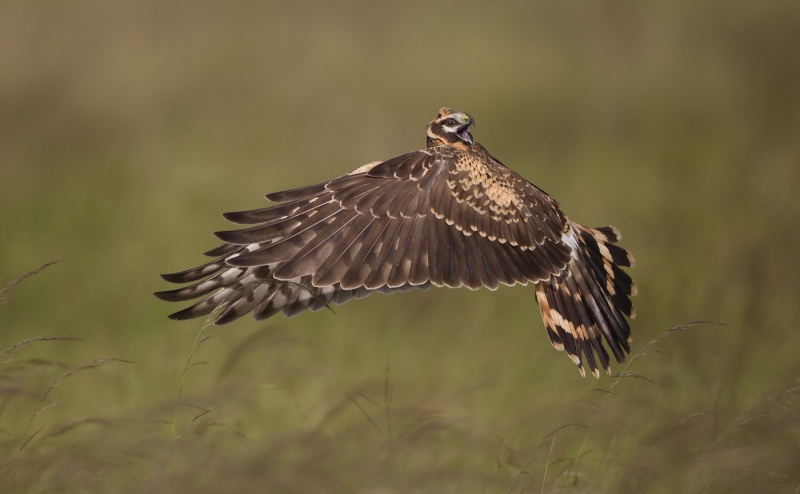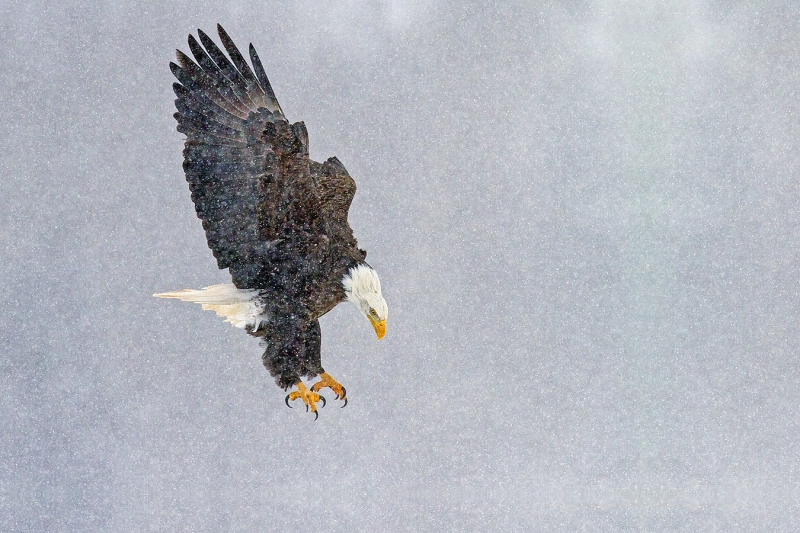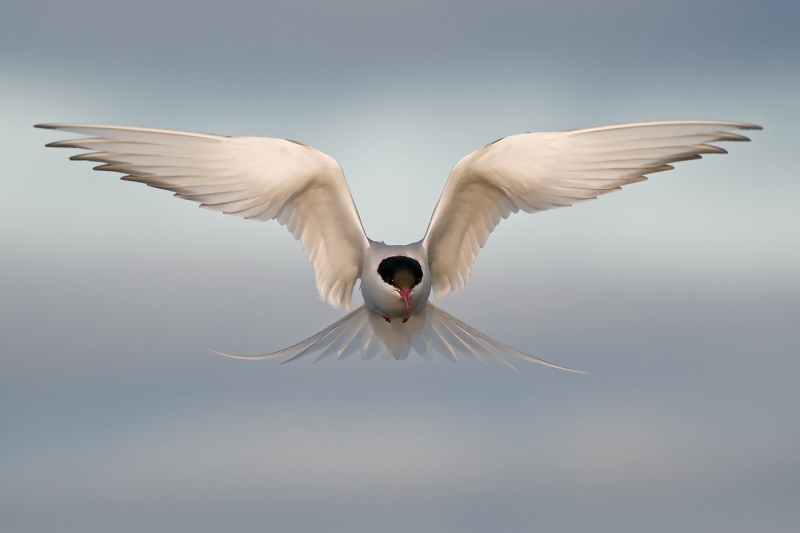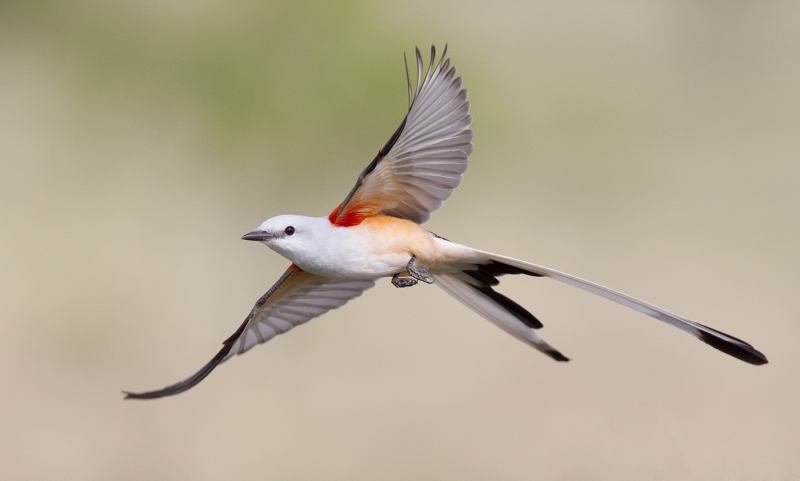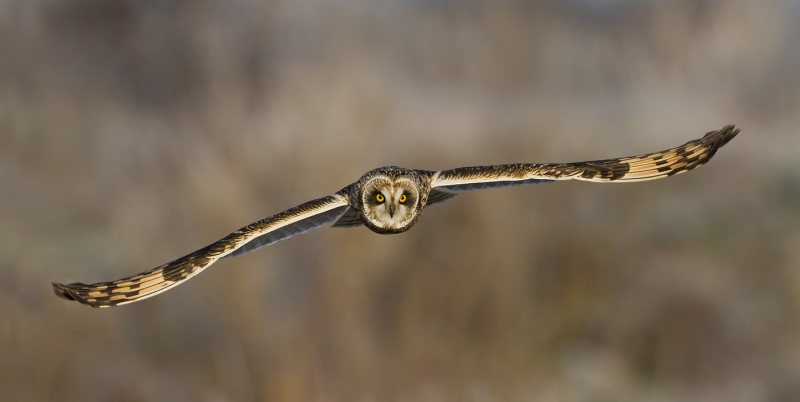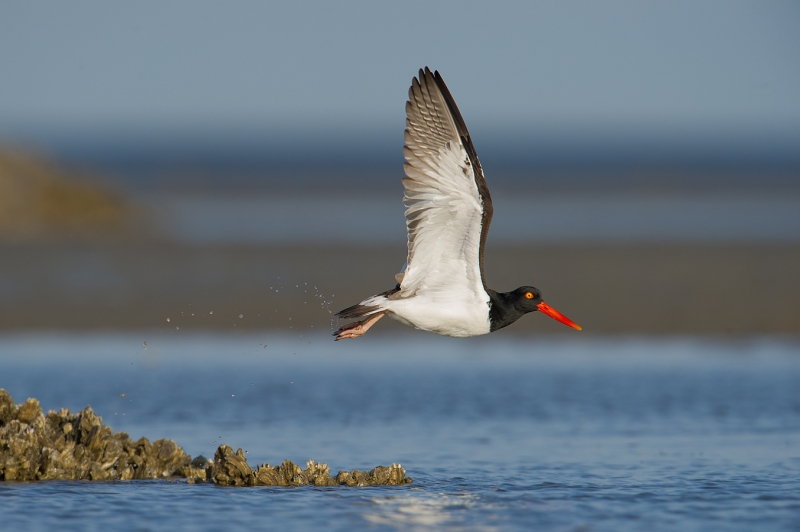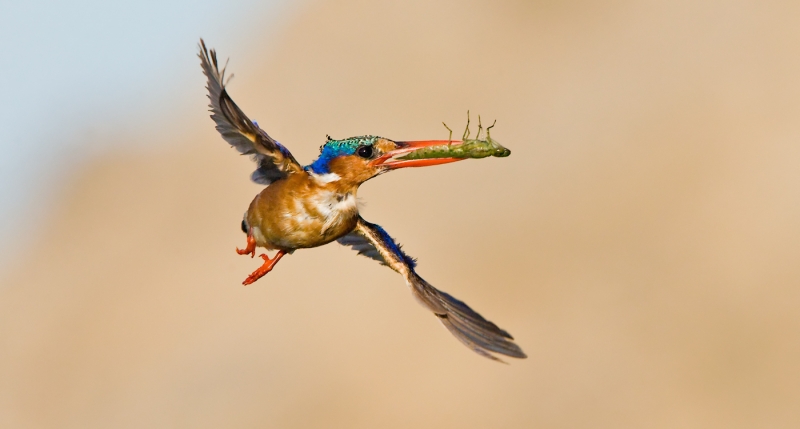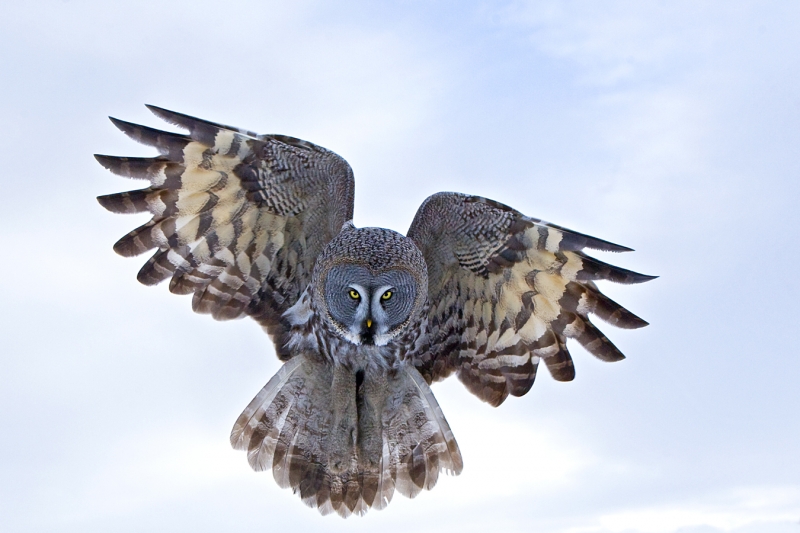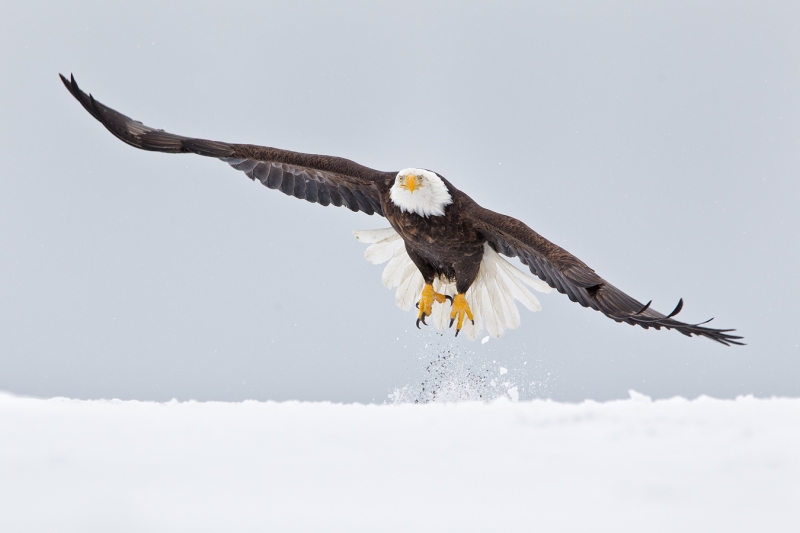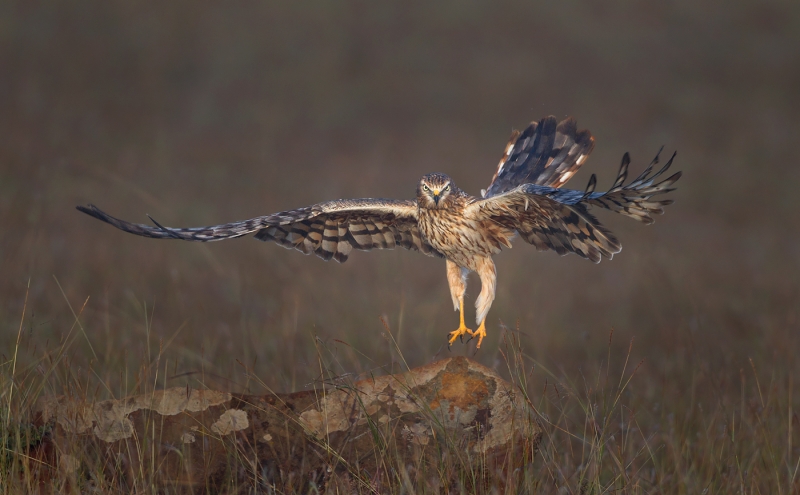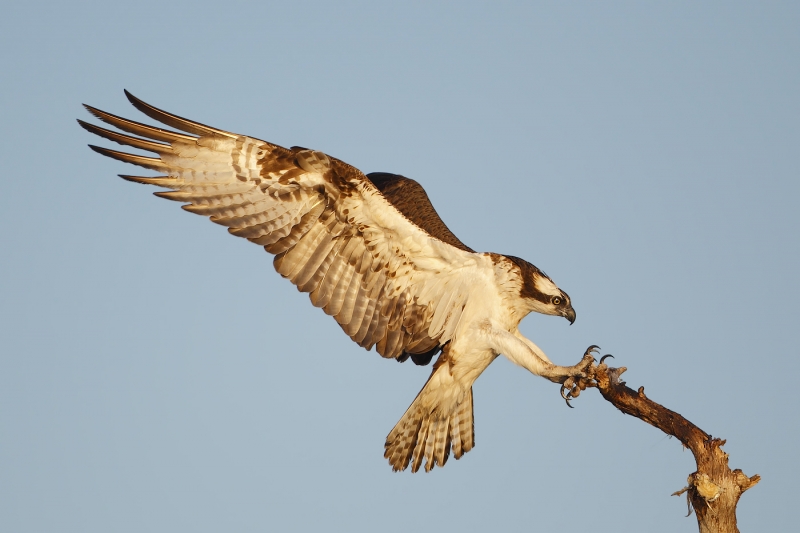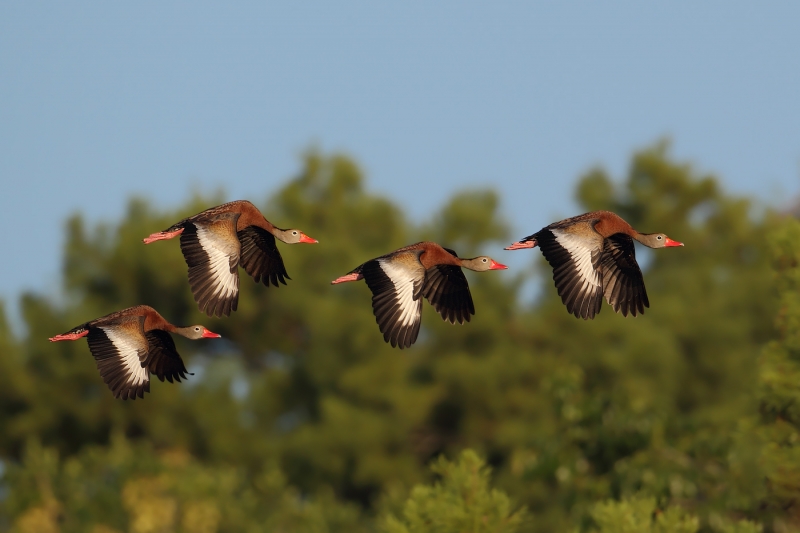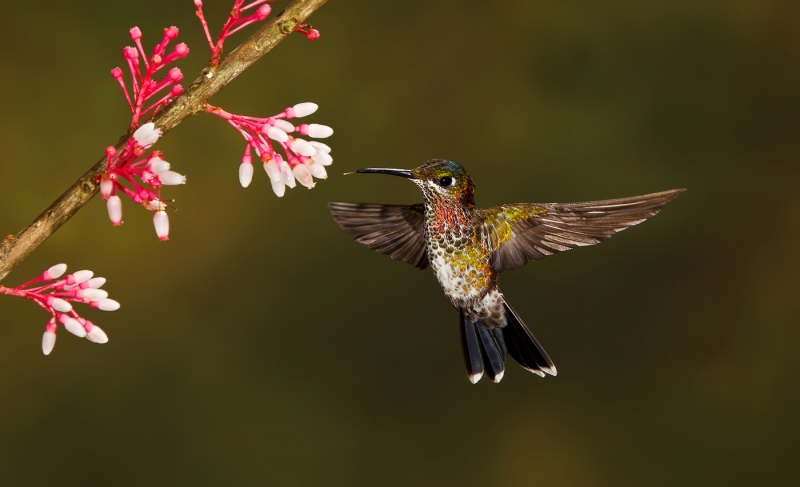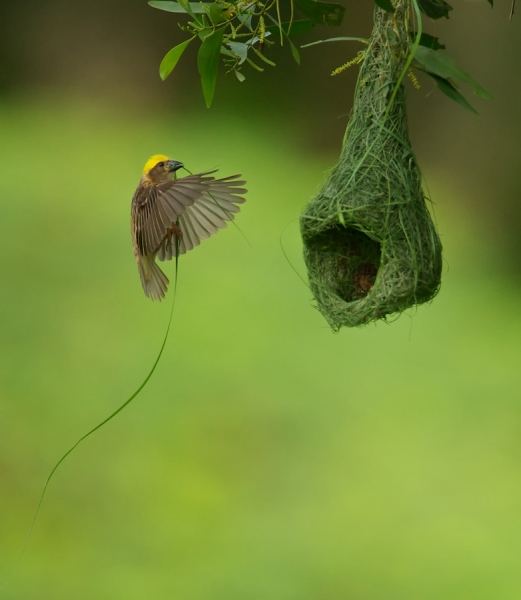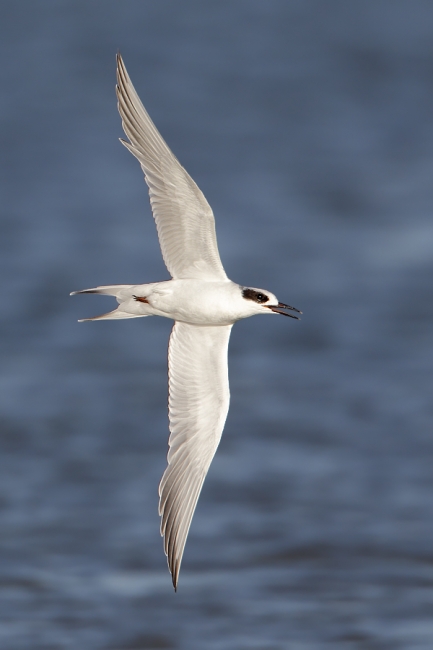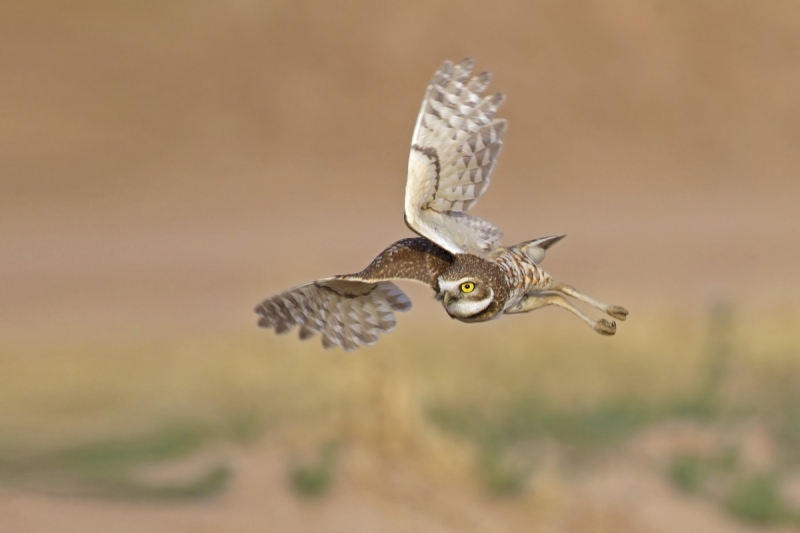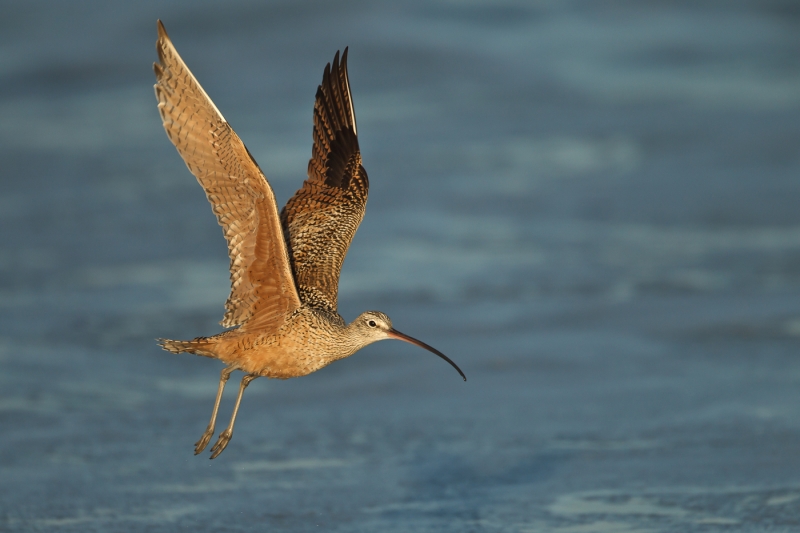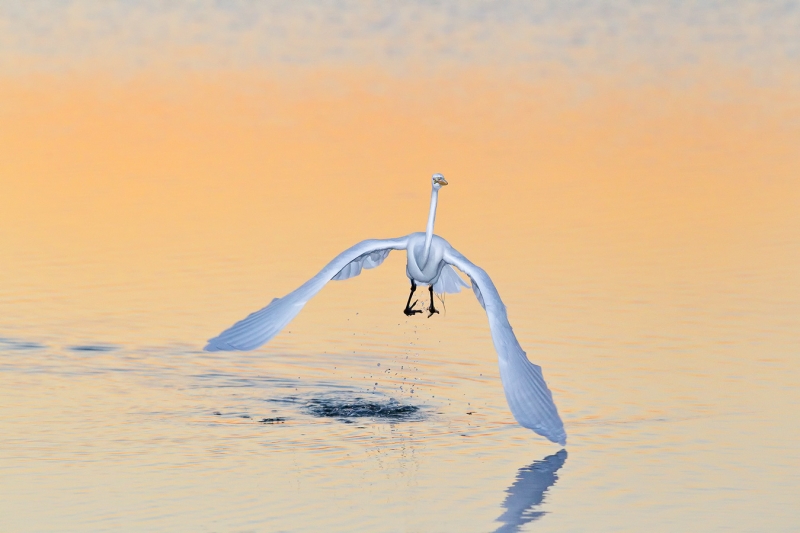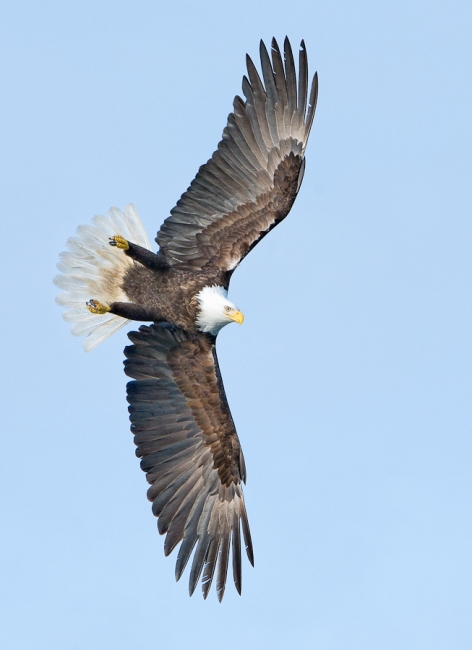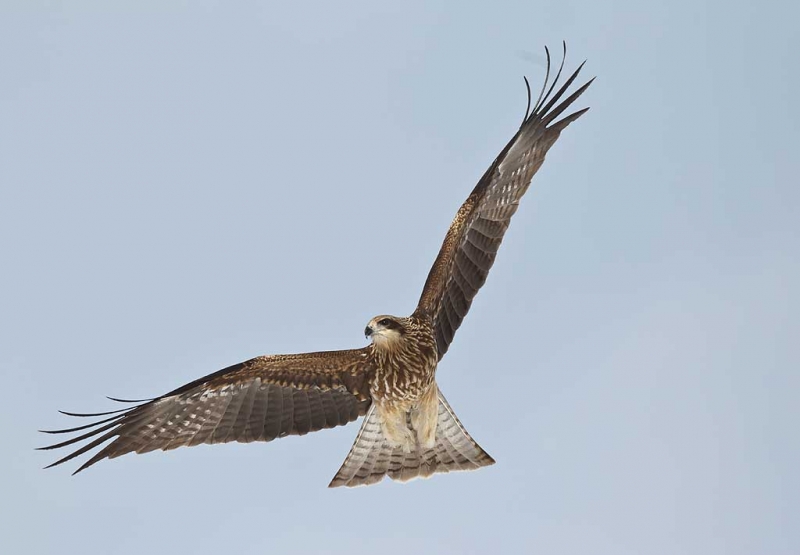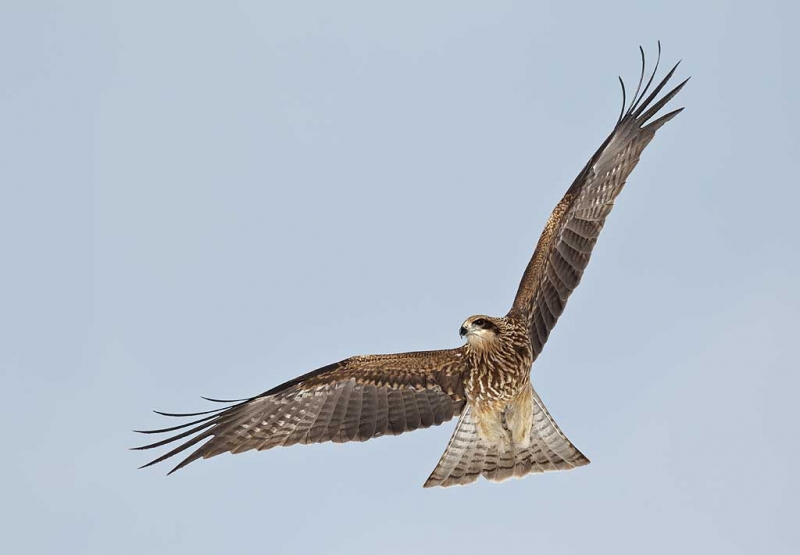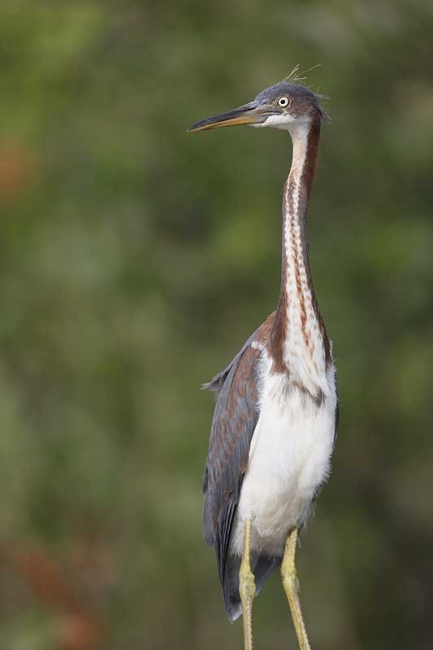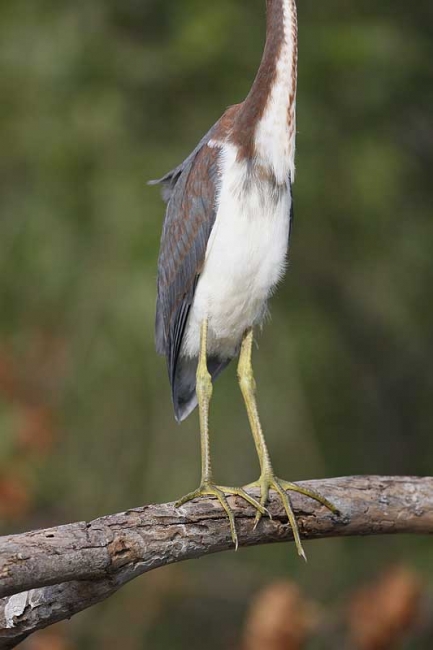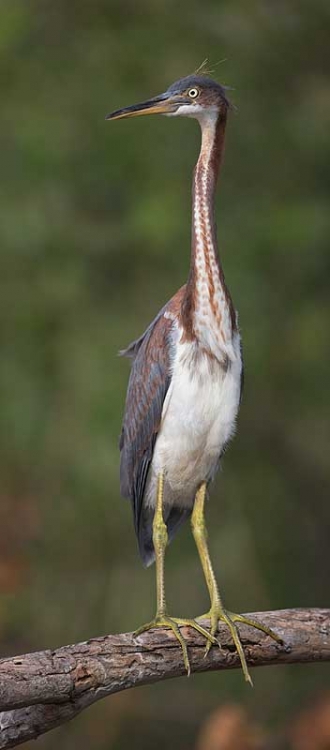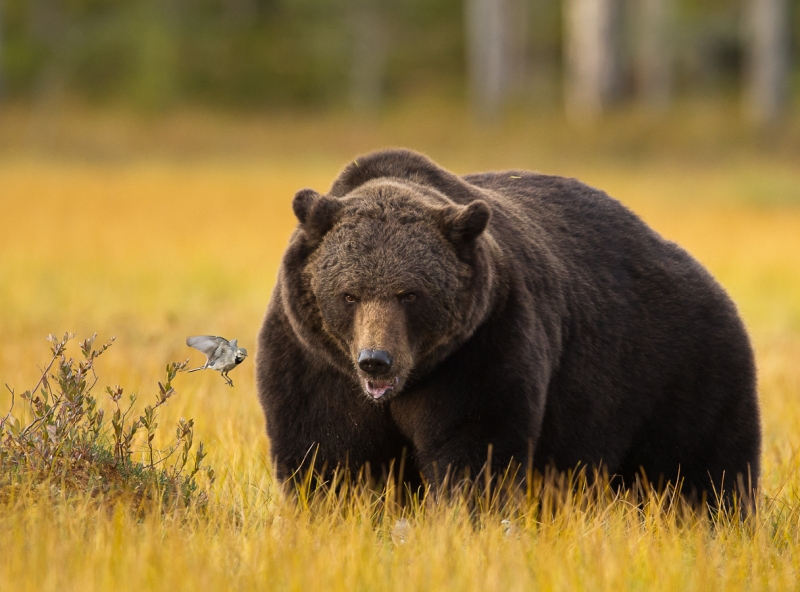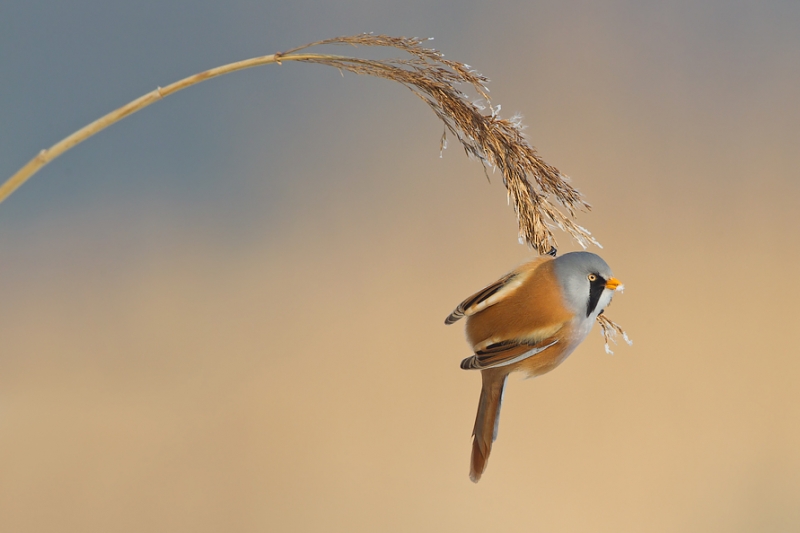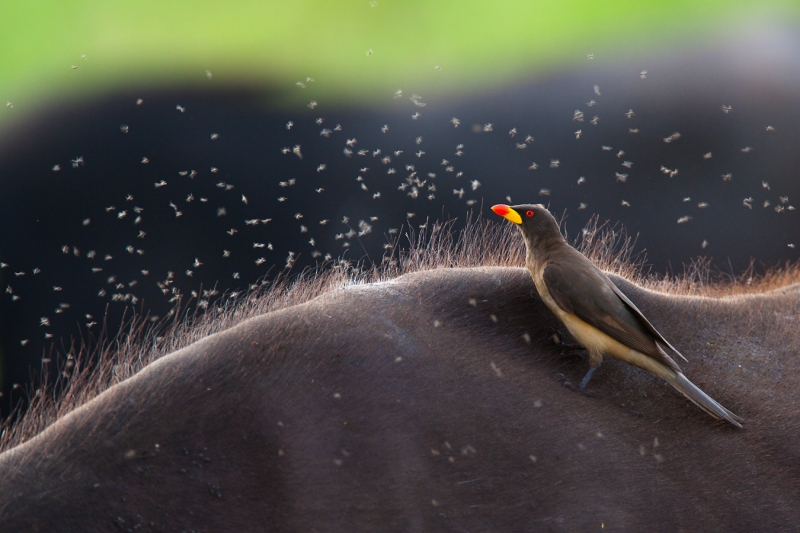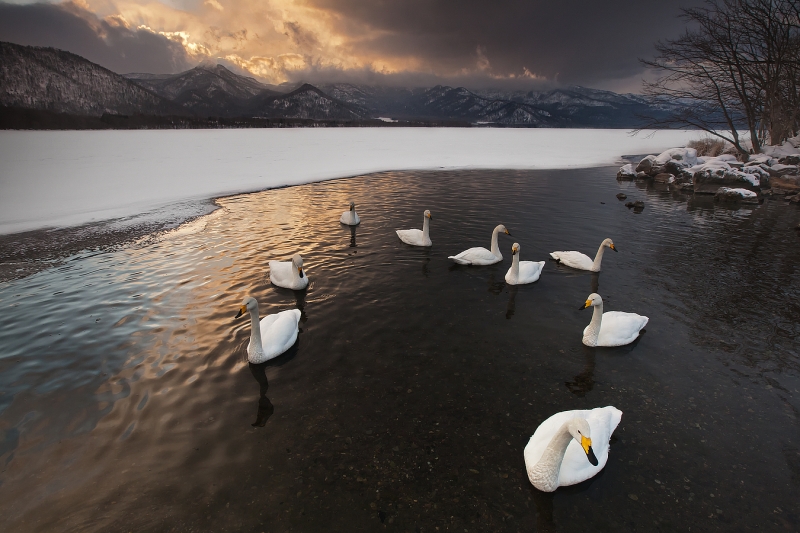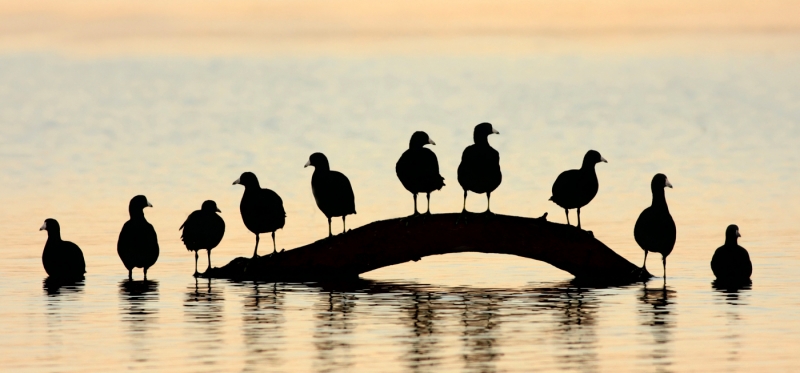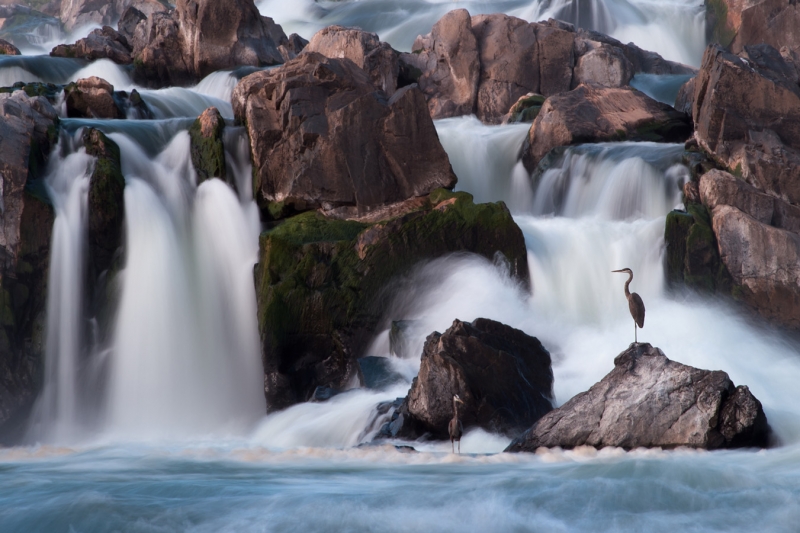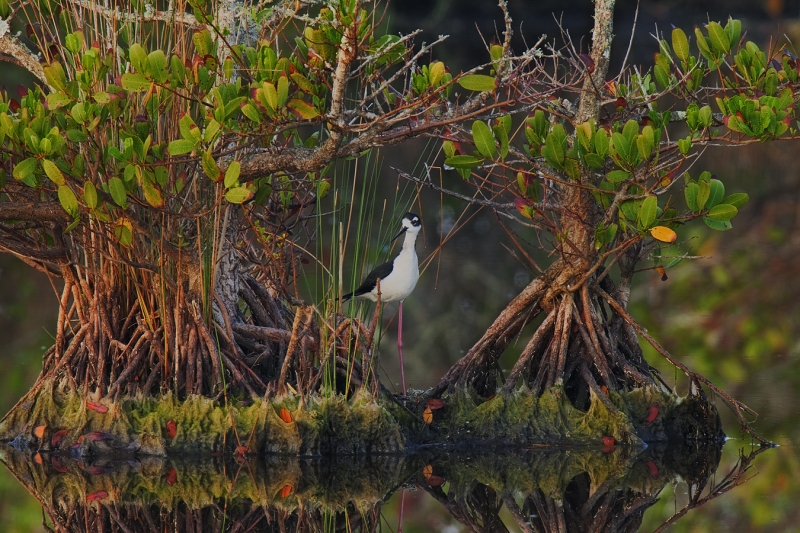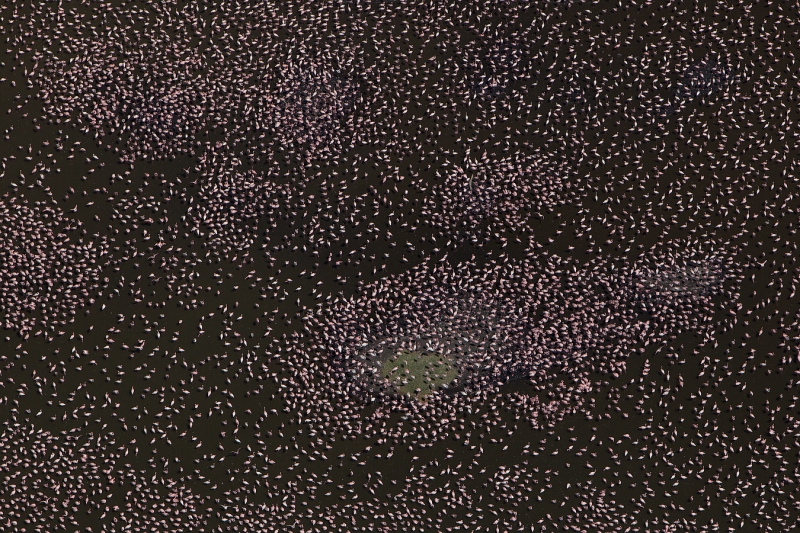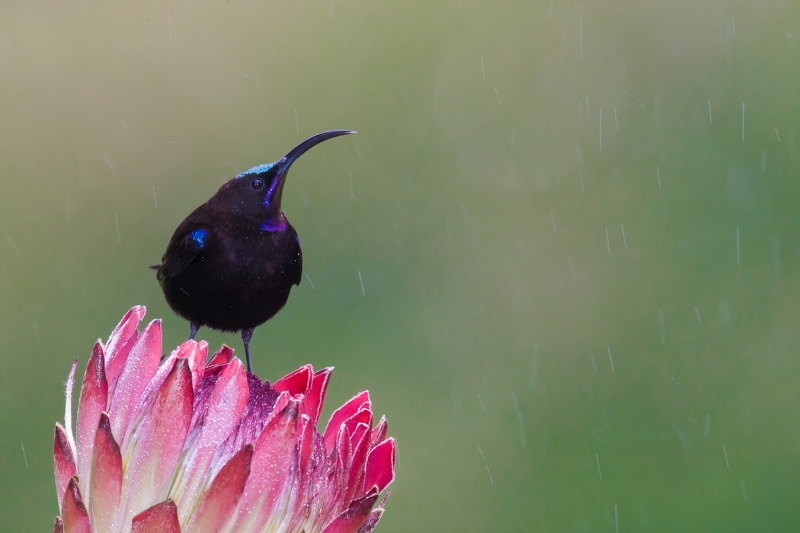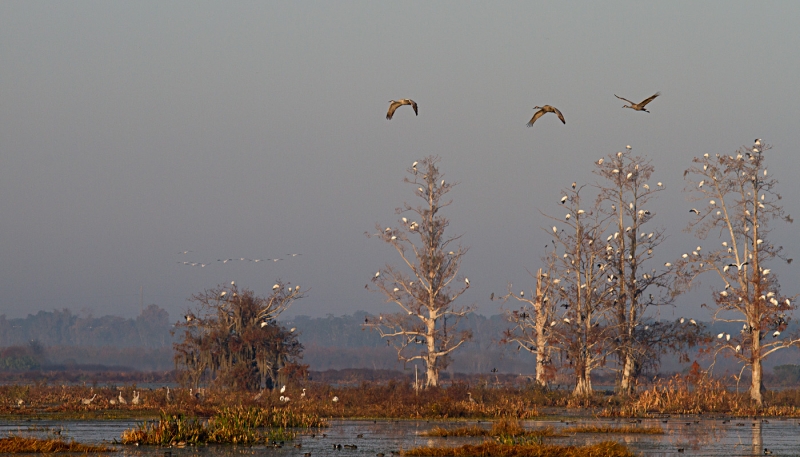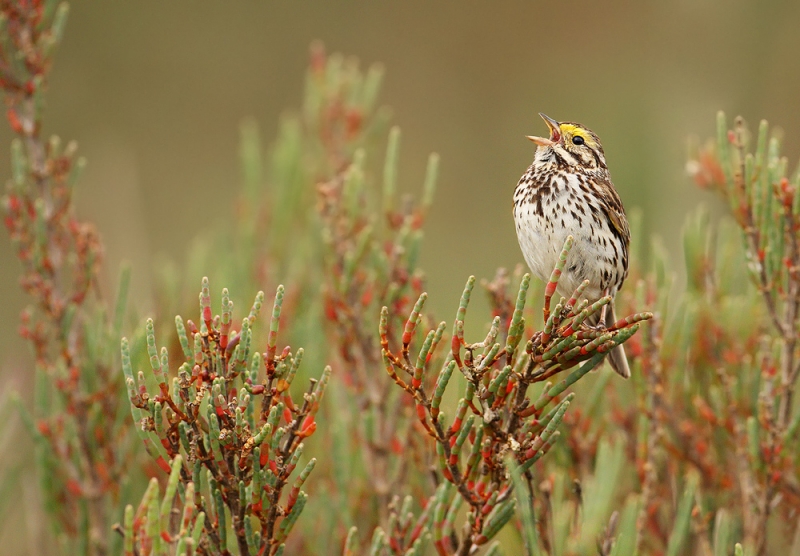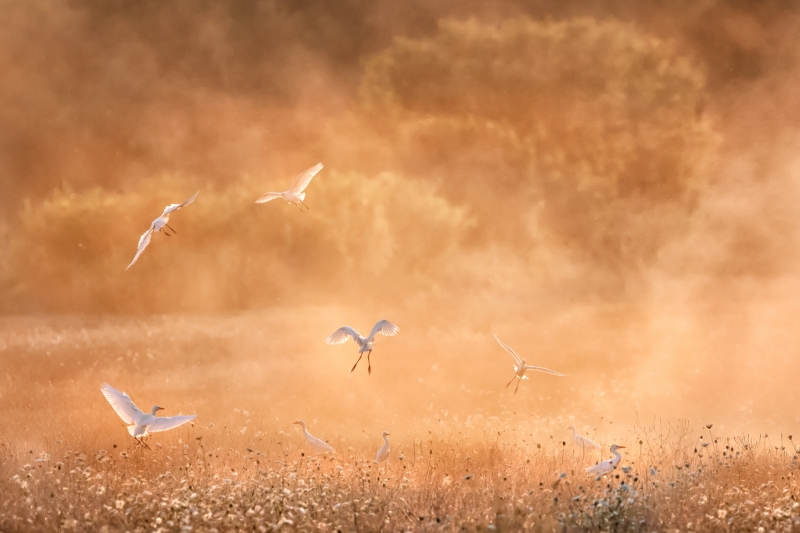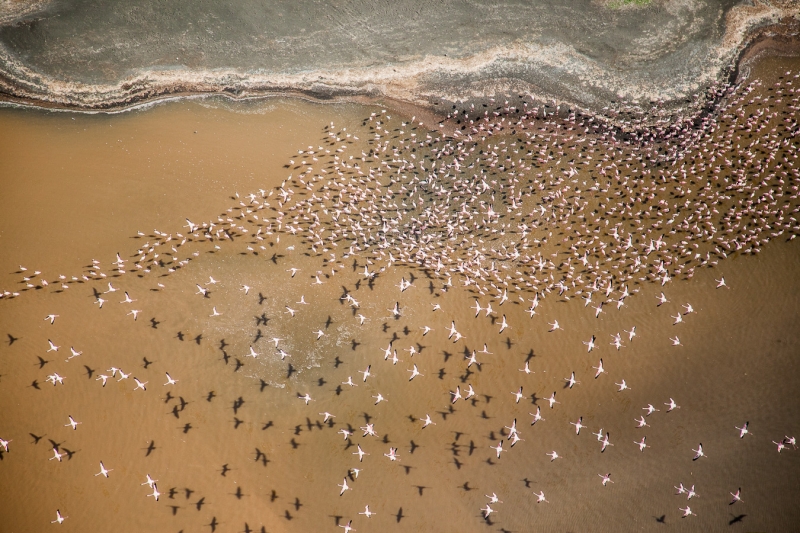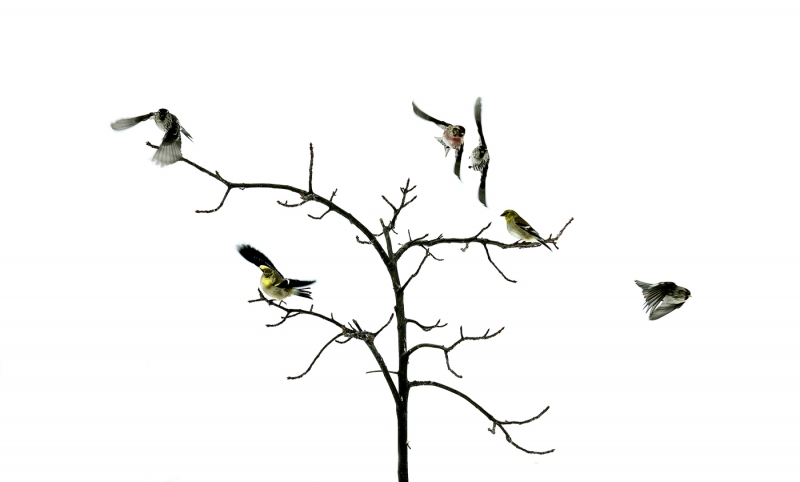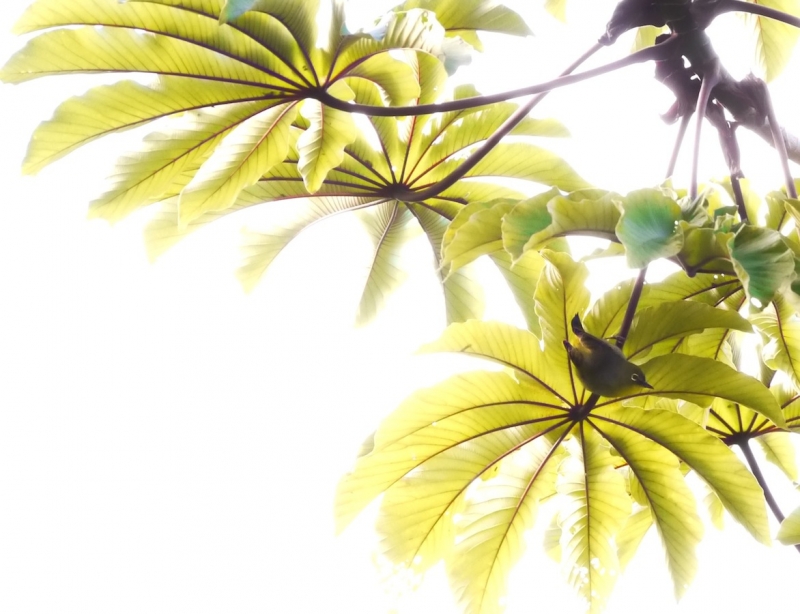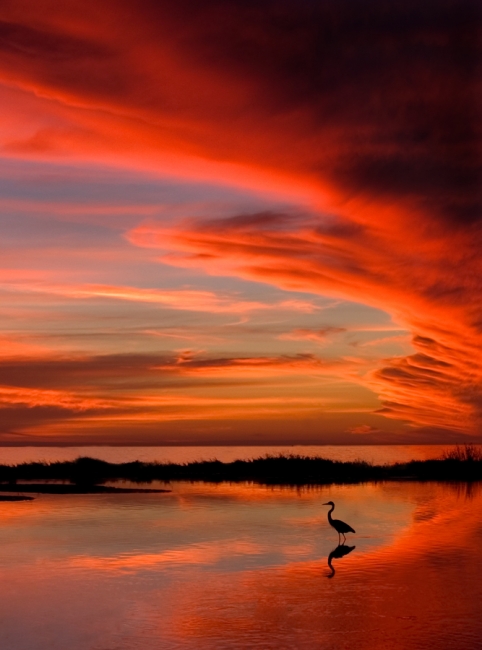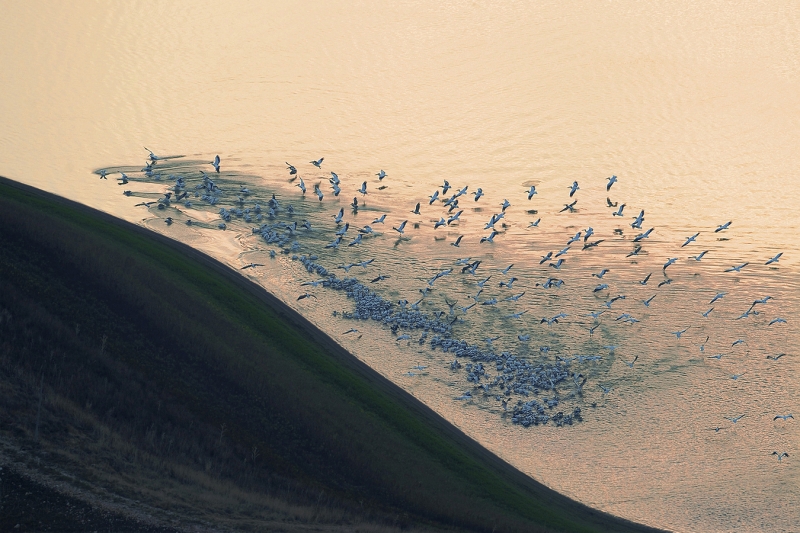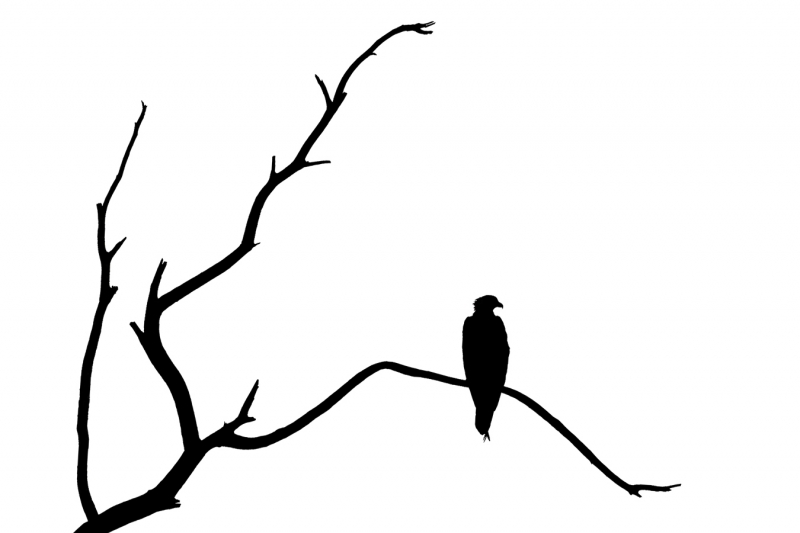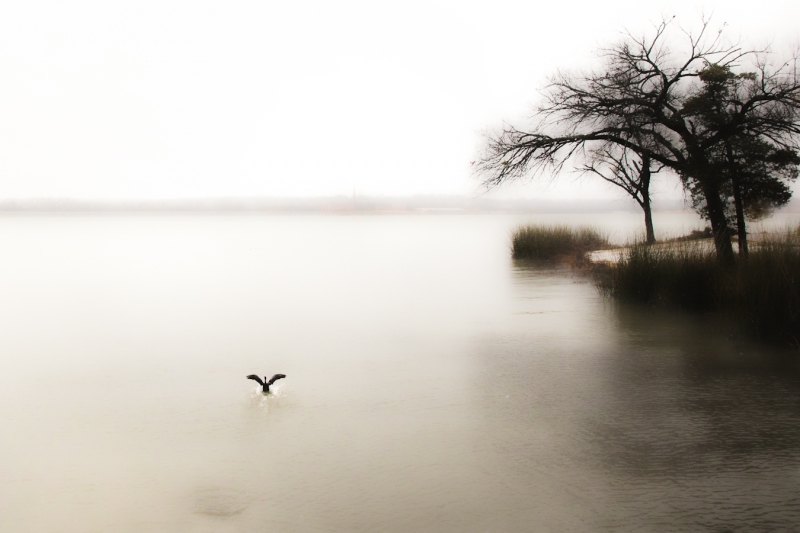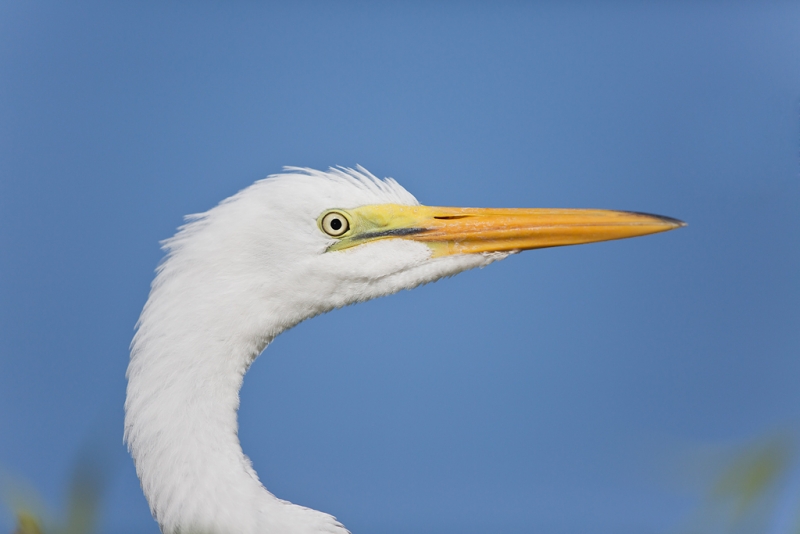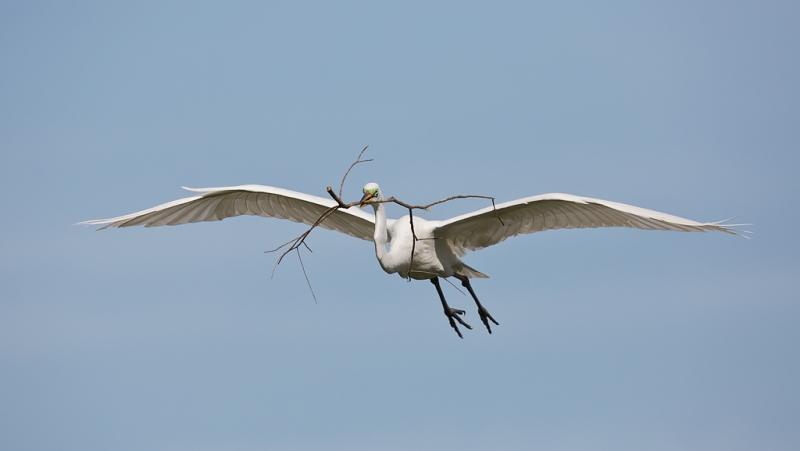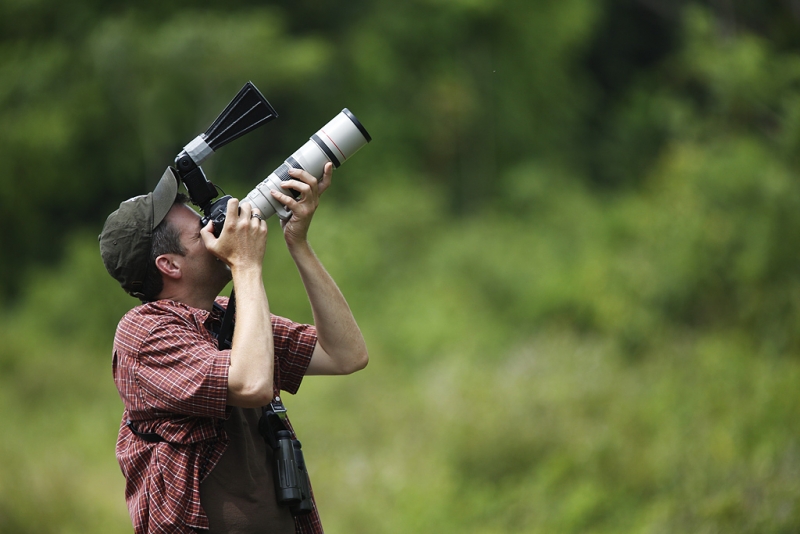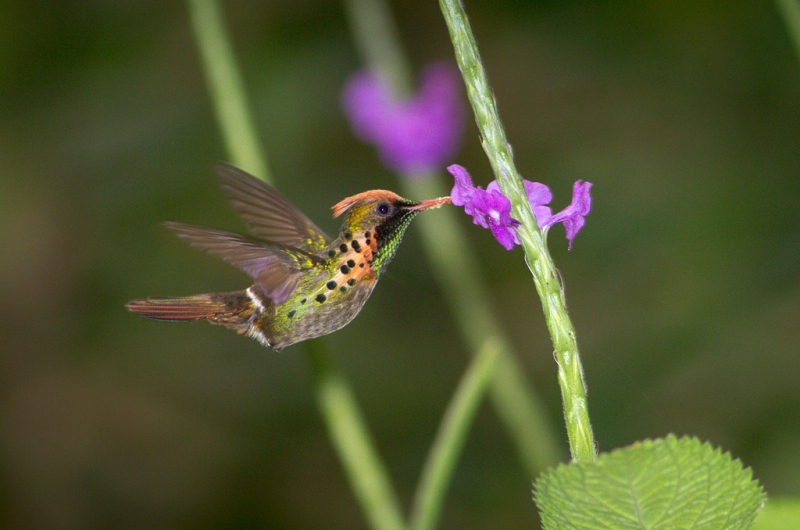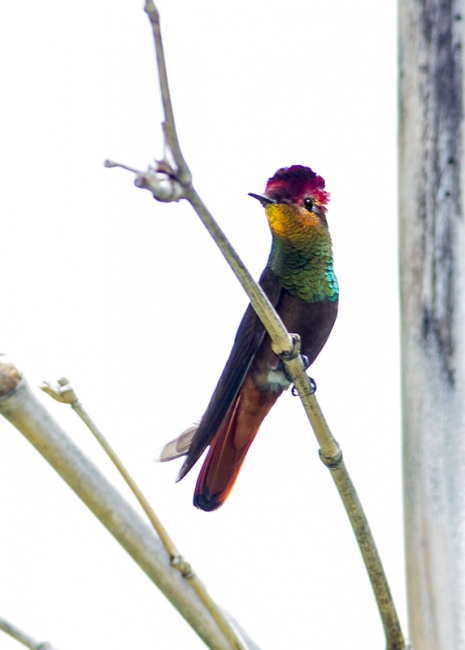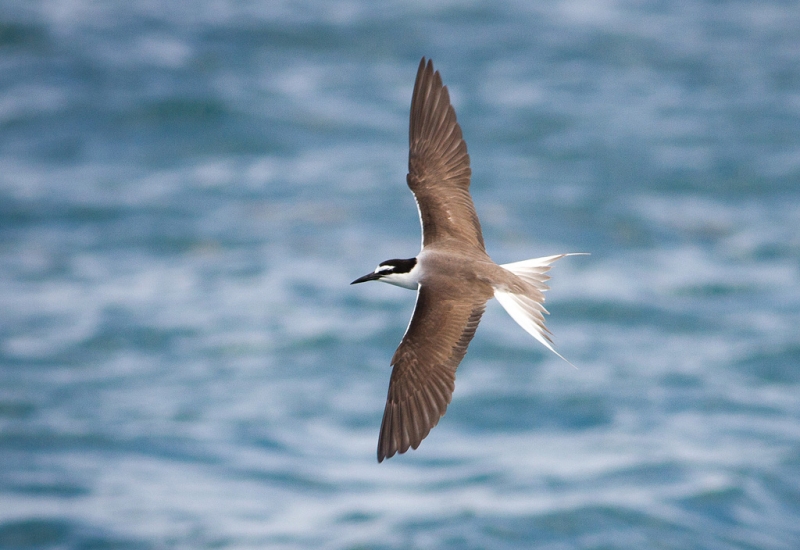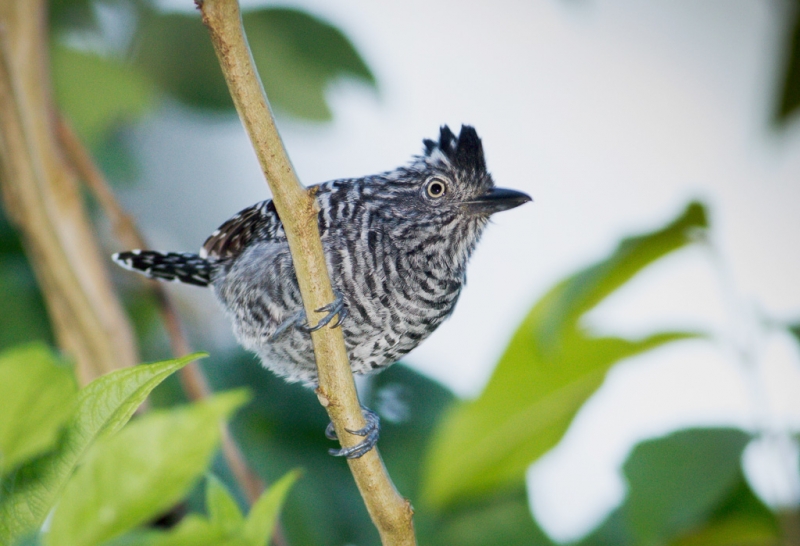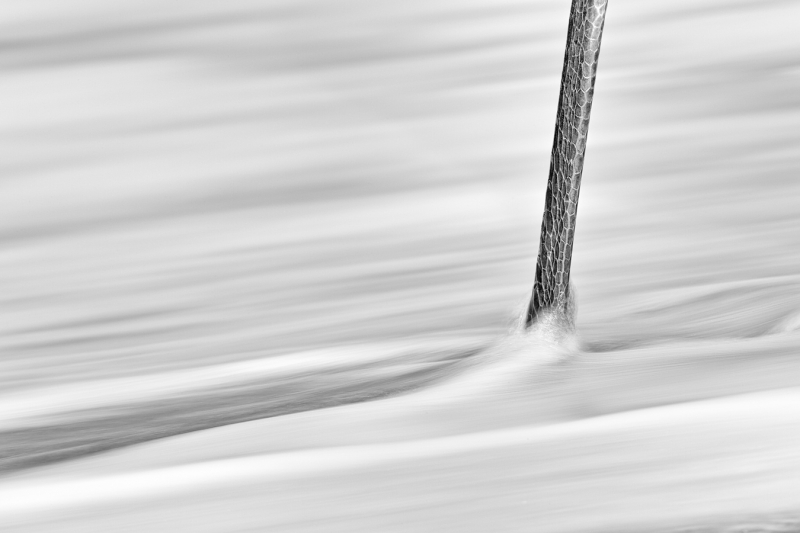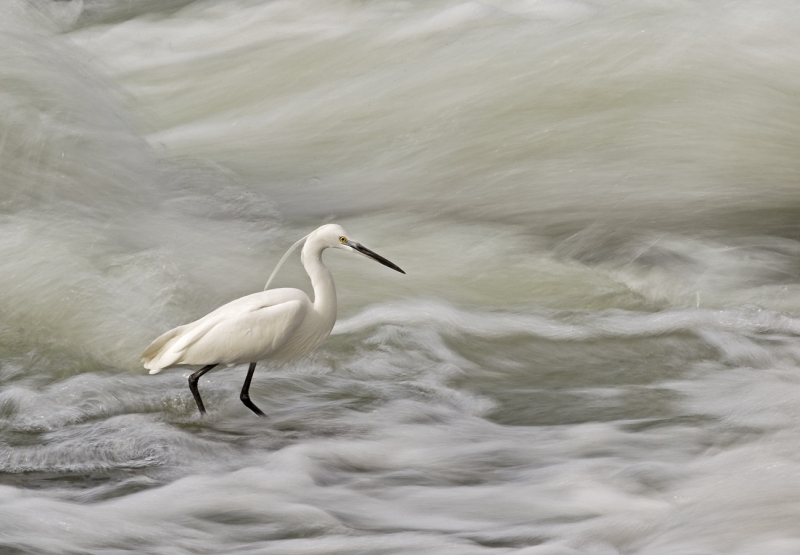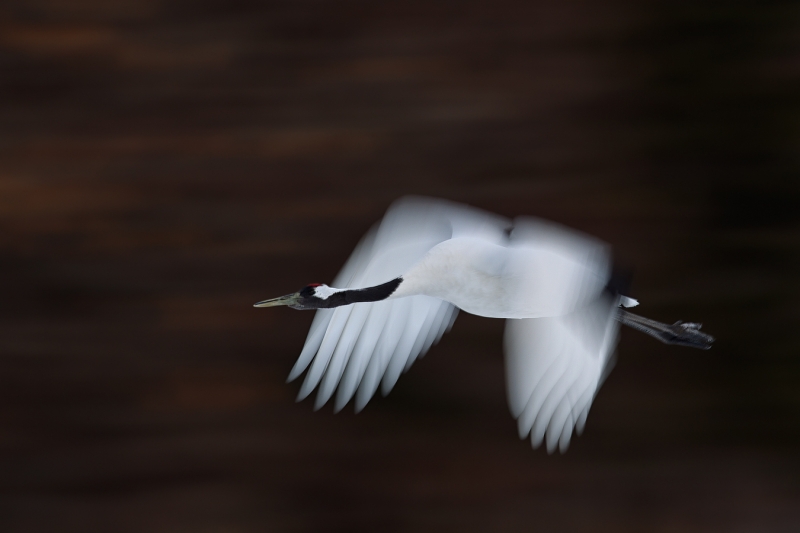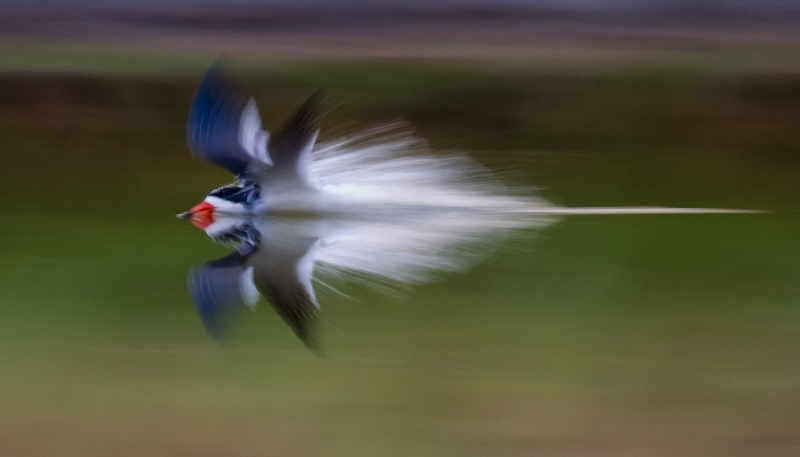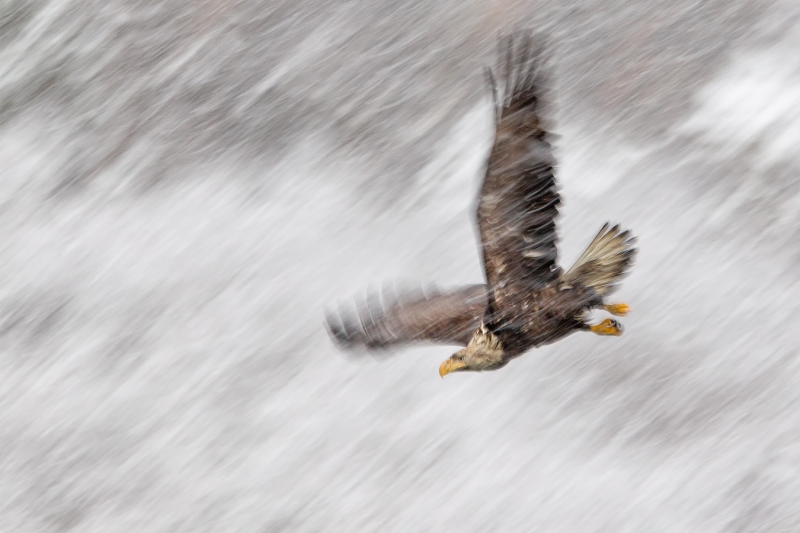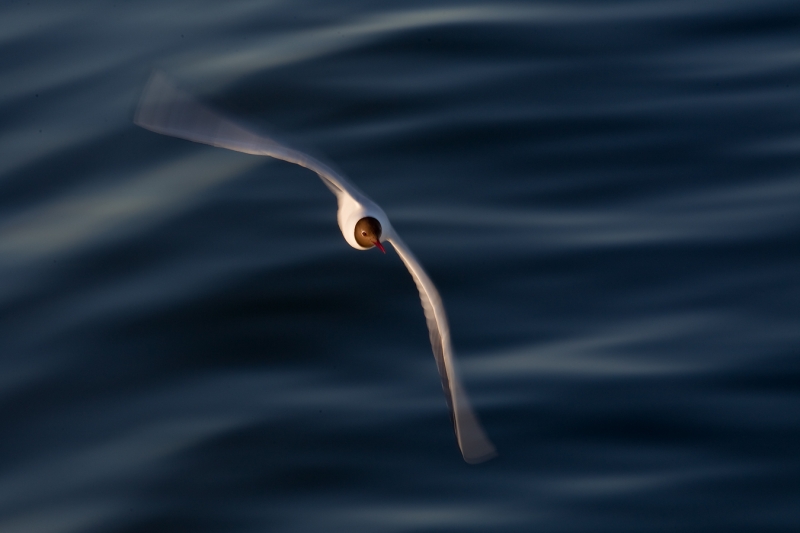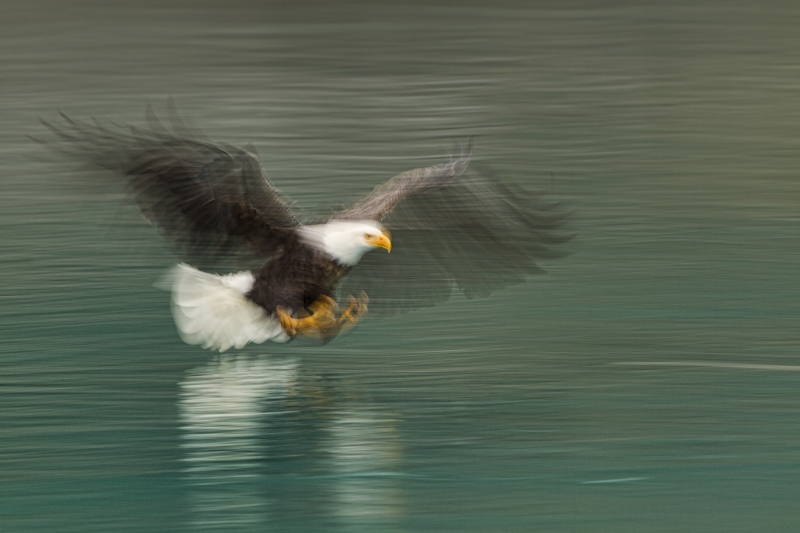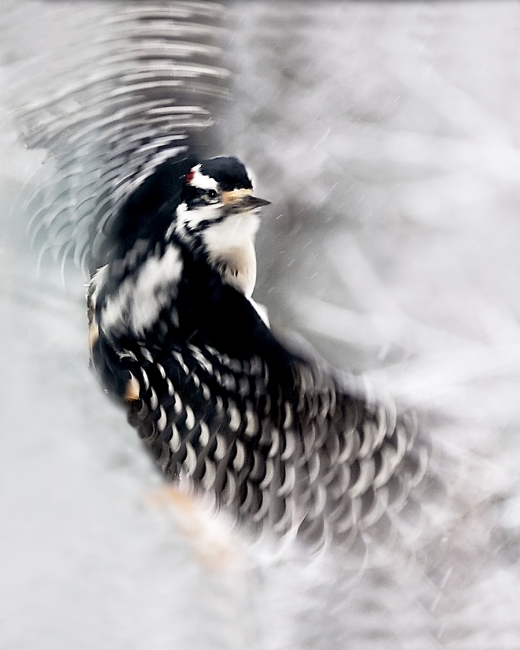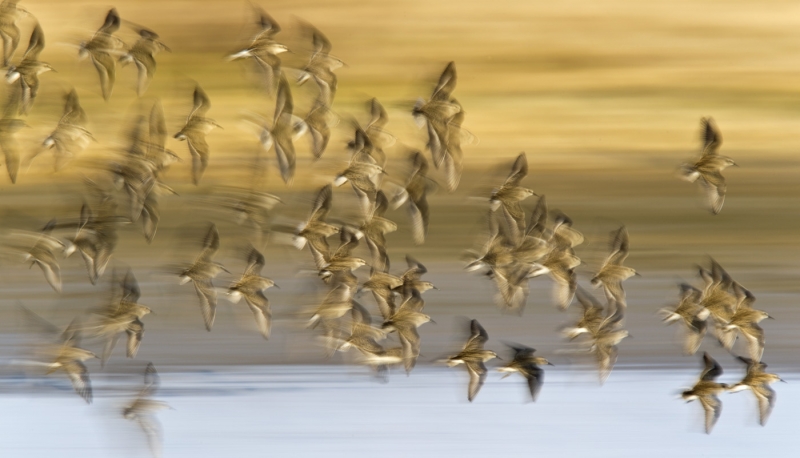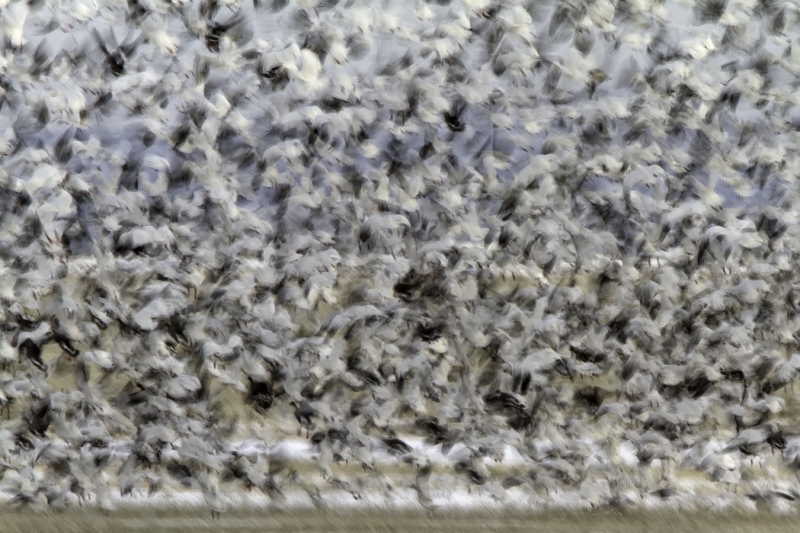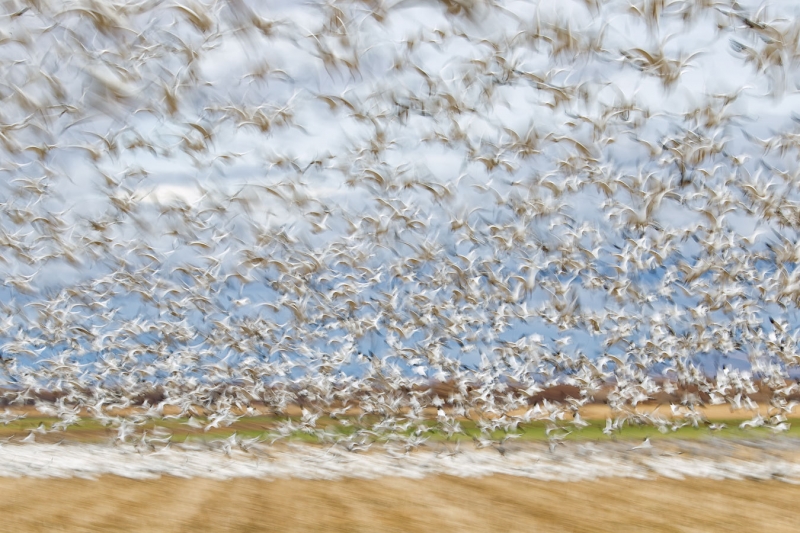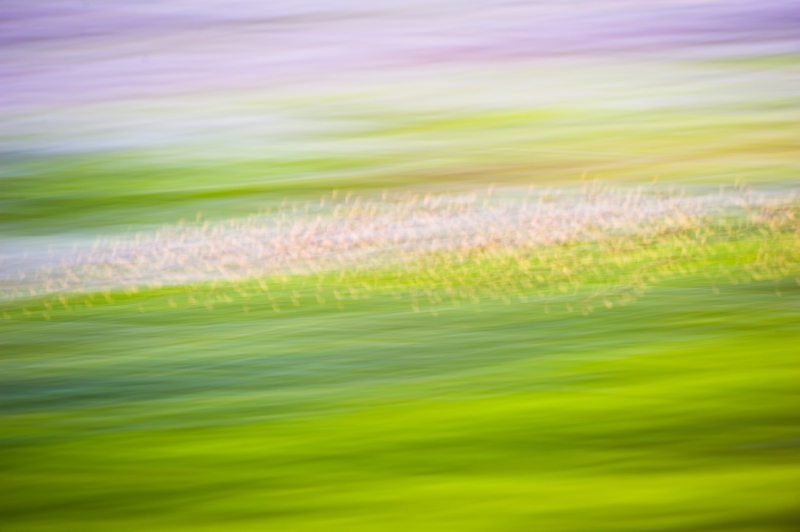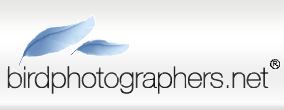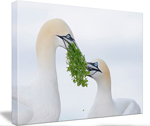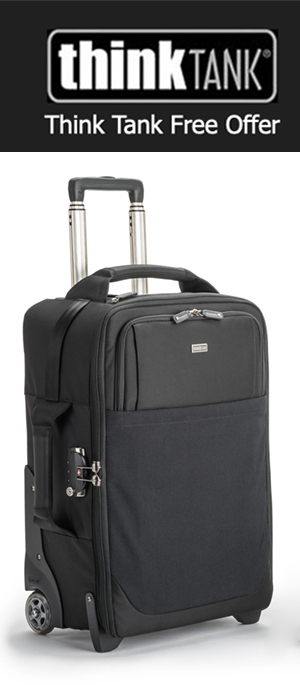August 7th, 2012 Tight Category Voting Analysis and Related Comments
Totals of the Judges’ Votes (each of 5 judges awarded each image 1-5 points):
1-King Eider head portrait: 21
2-Laysan Albatross head portrait: 19
3-Chestnut teal with wake: 18
T4-Swan head portrait by Steven Mattheis: 17
T4-Pileated Woodpecker detail by Wilbur Hershberger: 17
T4-Black-backed gull flight by Johan Lundberg: 17
T4-Gannet in heaven by Nick Clayton: 17
8-Kori Bustard head and neck by Chris Bower: 16
9-Roseate Spoonbill on green by Clemens van der Werf: 15
T10-Sandhill Crane in grasses by Clemens van der Werf: 18
T10-Raven screaming by David Seibel: 14
T12-Emperor Penguin family by Sue Flood: 13
T12-Cormorant vertical by Tom Rambaut: 13
14-American Bittern head and neck by Jessica Yarnell: 12
Public Voting Totals (each of you was asked to vote your five favorite images 1-5 points with 5 being your favorite):
1-Chestnut teal with wake: 104
2-Pileated Woodpecker detail by Wilbur Hershberger: 90
3-Gannet in heaven by Nick Clayton: 72
4-Kori Bustard head and neck by Chris Bower: 63
5-King Eider head portrait: 53
6-Swan head portrait by Steven Mattheis: 41
7-Sandhill Crane in grasses by Clemens van der Werf: 39
8-Laysan Albatross head portrait: 30
9-Raven screaming by David Seibel: 28
10-Black-backed gull flight by Johan Lundberg: 27
11-Roseate Spoonbill on green by Clemens van der Werf: 24
12-Emperor Penguin family by Sue Flood: 23
13-Cormorant vertical by Tom Rambaut: 15
14-American Bittern head and neck by Jessica Yarnell: 6
Analysis of the Voting
There was lots of correlation between the two votes: Chestnut teal with wake (3/1), Swan head portrait (T4/6), Pileated Woodpecker detail (T4/2), Gannet in heaven (T4/3), and Roseate Spoonbill on green (9/11. Interesting enough the voting for the 12th, 13th, and 14th place images in both votes were identical. That Jessica Yarnell’s superb American Bittern head and neck portrait finished last in both tallies speaks of the great strength of the images in this category. It was one of my very favorite images. I especially love the swirly patterns in the background. Had the foot of the Pileated Woodpecker not been clipped I believe that Wil Hershberger’s otherwise fantastic image would have been the runaway winner here. Kudos to Clemens van der Werf who again had two images sent to the judges.
The images below are presented in the order of finish as per the judge’s voting.
|
|
|
Congratulations to Judd Patterson of Miami, Florida. His King Eider head portrait image was awarded first place in the Tight category of the BIRDS AS ART 1st International Bird Photography Competition.
|
Take a stunningly colorful, almost bizarre subject, add perfect field technique in wet, icy conditions, throw in a dose of technical expertise—the exposure and sharpness are spot-on, and combine all of the above with an intimate perspective and the ideal head angle and you have the recipe for a prize winning image.
|
|
|
Congratulations to Paul Mckenzie of Hong Kong His image, Laysan Albatross head portrait, was awarded 2nd Place in the Tight category of the BIRDS AS ART 1st International Bird Photography Competition.
|
The perfect exposure, the incredible detail, the nice framing with just a bit more room in front of the bird than behind, the perfect head angle, and the beautiful out-of-focus foreground greens all add up to a superb image.
|
|
|
Congrats to Jan Wegener of Melbourne, Australia. His image, Chestnut teal with wake, was awarded 3rd place in the Tight Category of the BIRDS AS ART 1st International Bird Photography Competition.
|
Sharpness, a perfect head angle, a good job with the composition, sweet, sweet light, a gorgeous red eye, and that killer bow wave; this image has it all.
|
|
|
Swan head portrait by Steven Mattheis
|
A beautiful subject, the perfect head angle, a fine exposure that reveals detail in both the blacks and the whites, superb sharpness, and all those wonderful water droplets combine to make this one very fine image.
|
|
|
Pileated Woodpecker detail by Wilbur Hershberger
|
This is a truly superb image with incredible sharpness, color, and detail, a great subject with that killer red crest and a perfect head angle; the clipped claw is the fatal flaw.
|
|
|
Black-backed gull flight by Johan Lundberg
|
I love the super-sharp eye, the perfect exposure and framing, the fine detail, the perfect exposure, and especially the patterns of the sub-adult tail. Johan, if you see this please let us know which species this is.
|
|
|
Gannet in heaven by Nick Clayton
|
Sweet bird, sweet concept, and lovely colors make this image a standout. Placing the subject farther back in the frame would have produced a stronger image design.
|
|
|
Kori Bustard head and neck by Chris Bower
|
This wonderful image of a bird in full display with fluffed up neck feathers and raised crest illustrates the typical problems that come with side-light: the shaded side of the bird is somewhat lacking detail while the brightest whites about halfway down the neck on the sunny side are a bit hot.
|
|
|
Roseate Spoonbill on green by Clemens van der Werf
|
The a handsome bird, show its fine detail, get the exposure just right along with a perfect head angle, and add in a luscious background and the result is a powerful image.
|
|
|
Sandhill Crane in grasses by Clemens van der Werf
|
The out-of-focus foreground grasses are the great strength of this image.
|
|
|
Raven screaming by David Seibel
|
This image features a fine exposure revealing lots of detail in the blacks to go with the screaming pose. With the subject angling into the frame from the lower left corner the composition could not be better. The beautiful texture of the neck feathers are the icing on the cake.
|
|
|
Emperor Penguin family by Sue Flood
|
I am not sure that this fine photograph fit well into the tight category. As presented, a crop from our right would have have perfected the symmetry.
|
|
|
Cormorant vertical by Tom Rambaut
|
A perfect image design, lots of detail in the whites and the darks, and a nice bow wake are strengths of this image. A bit of Eye Doctor work–darkening the pupil and eliminating one of the eye highlights–would have improved this.
|
|
|
American Bittern head and neck by Jessica Yarnell
|
Again, this is a superb image with a killer complementary background.
Congrats!
Congrats to the three winning photographers and to those who created the eleven other spectacular images that made it to the final round of judging. Getting a single image to the final round is a great accomplishment. With 413 images entered, this was a popular category.
B&H Sigma Lens Specials
I have, on many occasions, seen the incredible images made by Robert O’Toole with the Sigma 50-500mm f/4.5-6.3 DG OS HSM APO autofocus lens. It is lightweight, relatively inexpensive, sharp as a tack at f/8, and it features an almost ridiculous minimum focusing distance. The OS refers to the optical stabilizer in the lens. Best of all, B&H is now offering some very nice rebates on both the Canon and Nikon versions of this lens as well as on a wide variety of other Sigma lenses.
Click here to learn more about the Sigma 50-500mm f/4.5-6.3 DG OS HSM APO autofocus lens with Canon mount.
Click here to learn more about the Sigma 50-500mm f/4.5-6.3 DG OS HSM APO autofocus lens with Nikon mount.
Click here to learn more about the rebate offers for all Sigma Canon mount lenses.
And click here to learn more about the rebate offers for all Sigma Nikon mount lenses.
Your purchase will help us be able to continue providing free information on the blog and in the BAA Bulletins.
August 5th, 2012
|
|
|
I swear by my Delkin 700X compact flash cards. And I do not use or recommend SD cards.
This lounging Coastal Brown Bear image was created at Hallo Bay, Katmai National Park, AK on my recent bear boat trip with the tripod-mounted Canon 500mm f/4L IS II lens, 1.4X III TC, and the Canon EOS-5D Mark III. ISO 400. Evaluative metering +1/3 stop: 1/1000 sec. at f/6.3 in Manual mode.
Central sensor/AI Servo Surround/Rear Focus AF on the bear’s face and recompose. Click here if you missed the Rear Focus Tutorial. Click on the image for a larger version.
|
Why I Hate SD Cards
Simply put, SD cards are too tiny for me. I would lose them in a heartbeat. But there are several other reasons that I have never even considered using an SD card.
When the first cameras with dual media card slots came out, it was commonplace for folks on Instructional Photo Tours (IPTs) to become confused. In fact, it happened several times. “Images are missing. I know that I photographed a pair of Great Blue Herons copulating. But the images are not on the card that I downloaded.” Why not? The camera had inadvertently switched to recording on the SD card…. Things with the cameras have improved as I have not been hearing similar tales of woe for several years now.
SD cards do not fit into any of the card readers that fit into the PCMCIA slot that is built in to many laptops; you need an external card reader with multiple slots. I far prefer an internal card readers like my Delkin Express Card 54.
Lastly, I learned from Denise Ippolito’s friend Lisa Cuchara that when an SD card is used in the 5D III that it might–depending on how the camera is set up, cause the buffer to fill much more quickly than when only a CF card has been inserted. Complete details on that including comments from top Canon technical adviser Chuck Westfall will be included in the final version of the 5D MIII User’s Guide. A pre-publication version is available right now with a $10 savings.
|
|
|
This brood of Common Mergansers was photographed at Hallo Bay, Katmai National Park, AK on my recent bear boat trip with the tripod-mounted Canon 500mm f/4L IS II lens, 1.4X III TC, and the Canon EOS-5D Mark III. ISO 400. Evaluative metering +1/3 stop: 1/640 sec. at f/9 in Av mode.
Central sensor/AI Servo Surround/Rear Focus AF active at the moment of exposure. Click here if you missed the Rear Focus Tutorial. Click on the image for a larger version.
Learn everything that I know about this great camera along with my favorite AF Area Selection Modes in the 5D Mark III User’s Guide and save $10 by clicking here. As you will see, the list of unfinished items has dwindled considerably. The guide is nearly complete. When I am finished, the price will go to $50.
I use and depend on Delkin 64gb 700X compact flash cards every day that I am in the field. I have used and counted on them for more than a decade now. I have never lost a single image due to card failure or error. And I have never once hit the buffer wall when using one of the 700X cards in my 5D Mark III.
|
Delkin 700X CompactFlash Pro UDMA Enabled Cards
You can learn more about Delkin’s new 700X CompactFlash Pro UDMA Enabled Cards by clicking here and learn why the 1000X cards are overkill for still photographers.
Shopper’s Guide
Below is a list of the gear used to create the images in today’s post. Thanks a stack to all who have used the Shopper’s Guide links to purchase their gear as a thank you for all the free information that we bring you on the Blog and in the Bulletins. Before you purchase anything be sure to check out the advice in our Shopper’s Guide.
Canon 500mm f/4L IS II lensI decided to leave the 800 at home for the bear boat trip and quickly fell in love with the 500 II for its light weight, great versatility, and four-stop IS. A complete review will be coming soon.
1.4X III TC The latest version of the 1.4X TC is designed to work best with the Series II Super-telephoto lenses.
Canon EOS-5D Mark III. Man, I am in love with this camera body. Both the files and the AF system are superb.
And from the BAA On-line Store:
LensCoats. I have a LensCoat on each of my big lenses to protect them from nicks and thus increase their re-sales value. All my big lens LensCoat stuff is in Hardwood Snow pattern.
LegCoat Tripod Leg Covers. I have four tripods active and each has a Hardwood Snow LegCoat on it to help prevent further damage to my tender shoulders 🙂 And you will love them in mega-cold weather….
Gizo GT3532 LS CF Tripod. This one replaces the GT3530LS Tripod and will last you a lifetime. I’ll be commenting on this new model soon. In short, I like it.
Mongoose M3.6 Tripod Head. Right now this is the best tripod head around for use with lenses that weigh less than 9 pounds. For heavier lenses, check out the Wimberley V2 head.
Double Bubble Level. You will find one in my camera’s hot shoe whenever I am not using flash.
The Lens Align Mark II. I use the Lens Align Mark II pretty much religiously to micro-adjust all of my gear an average of once a month and always before a major trip. Enjoy our free comprehensive tutorial here.
BreezeBrowser. I do not see how any digital photographer can exist without this program.
August 4th, 2012 And the Winners in the Tight Category Are!
|
|
|
Congratulations to Judd Patterson of Miami, Florida. His King Eider head portrait image was awarded first place in the Tight category of the BIRDS AS ART 1st International Bird Photography Competition.
Canon 500mm f/4L IS lens with the 1.4X teleconverter and the EOS-7D hand held while lying prone on the tundra. ISO 400. Evaluative metering +2/3 stop: 1/1000 sec. at f/8 in Av mode.
|
King Eider head portrait
From Judd:
It was mid-June at the top of the world in Barrow, AK and I had been stalking King Eider all week. I had a few images to show for it, but all were of younger birds and I was still keen to improve my images. While scouting for Yellow-billed Loon with a friend we stumbled across two male King Eiders that were following a female. Based on other eiders that had flushed on our approach we were not particularly optimistic. However, by paying careful attention to their behavior we managed to belly-crawl right up to the males. I took this tight head portrait as the two drakes slowly followed the female and occasionally dipped their heads into the icy water to feed.
Take a stunningly colorful, almost bizarre subject, add perfect field technique in wet, icy conditions, throw in a dose of technical expertise—the exposure and sharpness are spot-on, and combine all of the above with an intimate perspective and the ideal head angle and you have the recipe for a prize winning image.
|
|
|
Congratulations to Paul Mckenzie of Hong Kong His image, Laysan Albatross head portrait, was awarded 2nd Place in the Tight category of the BIRDS AS ART 1st International Bird Photography Competition.
Canon 300mm f/2.8L IS lens with the EOS-1D Mark III hand held while lying prone on the tundra. ISO 100. Evaluative metering -1/3 stop: 1/400 sec. at f/10 in Av mode.
|
Laysan Albatross head portrait
From Paul:
Albatrosses are beautiful birds and most of them are also incredibly “clean,” often with an almost complete absence of dirt or blemishes on their bills and feathers. No matter how many tight portrait shots one has taken, it is hard to resist taking more. Midway Atoll also provides a myriad of attractive backdrops to photograph the birds against. However, the challenge is to try and go beyond this. One of my favorite techniques is to use an out of focus foreground subject of complementary colour to frame the birds – in this case, native Naupakia bushes which provide the green “flames” at the bottom of the frame.
The perfect exposure, the incredible detail, the nice framing with just a bit more room in front of the bird than behind, the perfect head angle, and the beautiful out-of-focus foreground greens all add up to a superb image.
|
|
|
Congrats to Jan Wegener of Melbourne, Australia. His image, Chestnut teal with wake, was awarded 3rd place in the Tight Category of the BIRDS AS ART 1st International Bird Photography Competition.
Canon 600mm f/4L IS lens with the EOS-1D Mark IV on a Gitzo 5541LS tripod with a Wimberley V2 head. ISO 800. Evaluative metering -1/3 stop: 1/1000 sec. at f/8 in Av mode.
|
Chestnut teal with wake
From Jan:
Before moving to Australia this was one of the species I really wanted to photograph. I was stunned by the colors of the male. I discovered a small lake in Melbourne where a few of these ducks hung out regularly. They were more skittish than all the other ducks there and did not come to food. I decided that the best approach would be to pick a good spot along the shoreline and hide there. The second morning I got lucky and this male swam by at close range displaying to a few nearby females. He was so involved in his display, that he didn’t notice me and even came within my minimum focusing distance. I loved how in this particular image the wave in front of the duck breaks and how clearly the spectacular plumage and colors of this species can be seen.
Sharpness, a perfect head angle, a good job with the composition, sweet, sweet light, a gorgeous red eye, and that killer bow wave; this image has it all.
Congrats!
Congrats to the three winning photographers and to those who created the eleven other spectacular images that made it to the final round of judging. Getting a single image to the final round is a great accomplishment. With 413 images entered, this was a popular category.
The prizes (see below) will be shipped once all the winners are announced as several folks had more than one top three image. Be sure to patronize our sponsors; without them, this contest would not exist. There will be more educational stuff from this category coming soon. Then we have just one more category to go.
August 2nd, 2012
| [Not a valid template] |
|
This Coastal Brown (Grizzly) Bear image was created at Hallo Bay, Katmai National Park, AK with the tripod-mounted Canon 500mm f/4L IS II lens, 1.4X III TC, and the Canon EOS-5D Mark III. ISO 400. Evaluative metering +1/3 stop as framed: 1/640 sec. at f/5.6 in Manual mode.
Left of center sensor/AI Servo Surround Rear Focus AF active at the moment of exposure. Click here if you missed the Rear Focus Tutorial. Click on the image for a larger version.
This image was created just after I saw Little Mr. Huffer for the first time. It illustrates why I love the 5D Mark III so much; using my favorite AF Area Selection Mode makes creating pleasing compositions child’s play because it is easy to move the surround AF points quickly and because the AF system is so sure. Learn everything that I know about this great camera and save $10 by clicking here. As you will see, the list of unfinished items has dwindled considerably. The guide is nearly complete. When I am finished, the price will go to $50.
|
You be the Judge: Tight
Voting in the Tight category of the BIRDS AS ART 1st International Bird Photography Competition will be closed at 8am tomorrow, August 3. If you would like to chime in before the deadline, click here.
He’s Back!
After 12 days on the bear boat in Katmai National Park I returned by float plane to Kodiak, Alaska on Tuesday, July 31, continued on to Anchorage on the 4:53pm Alaska Airlines flight, caught my 8:30 American Airlines red-eye flight to Dallas, and working with a very tight connection, boarded my flight to Orlando at about 6:10am on August 1st. Jim Litzenberg, my right hand man, picked me up at MCO at about 10am and after stops at Publix and Junior’s Fish Market in Lake Wales, was home just a bit after noon. Though I slept a lot on the ANC-DFW and DFW-MCO legs I was a bit jet-lagged yesterday. I slept long and well and am back at work this morning, Thursday, August 2. Thanks to Peter Kes for posting the blog items that I had prepared in advance during my absence.
The Adventures of Little Mr. Huffer
I first saw the bear pictured in the opening image coming down the main river channel at low tide at Hallo Bay in Katmai National Park. He was huffing like mad at the two larger bears that were sleeping on small sandbars in the river. Even though it was a relatively small bear, we could hear him huffing from several hundred yards away. Though the literature suggests that huffing is a way that bears let off steam, a way to ease tension, in this case it did seem that it the huffing was a sign of aggression.
| [Not a valid template] |
|
This image of top student and IPT participant Clemens van der Werf was also created with the tripod-mounted Canon 500mm f/4L IS II lens, 1.4X III TC, and the Canon EOS-5D Mark III. ISO 400. Evaluative metering -2/3 stop: 1/500 sec. at f/11 in Av mode.
Central sensor/AI Servo Surround Rear Focus AF and recompose. Click here if you missed the Rear Focus Tutorial. Click on the image for a larger version.
|
Clemens and I were a bit away from the main group lying on the ground photographing the two large bears that were sleeping in the river. There is a lot to learn in this seemingly simple image above of a tall Dutchman lying on the ground with a long lens.
1-By choosing a Gitzo tripod without a centerpost (as I recommend), you can quickly get low by shortening the tripod legs and splaying them when you are afield without a Panning Ground Pod or a Skimmer Ground Pod II
2-Clemens has a ton of extra gear in the Vested Interest Magnum Xtrahand vest that you see behind him. Most days he had the 70-200 f/2.8L IS II, the 16-35L IS, both Series III teleconverters, and a Mark IV in the vest. Plus water and extra clothing.
3-Clemens uses the Hydrophobia Rain Cover by Think Tank.
4-Clemens loves his 5D Mark III.
5-Clemens has LegCoats on his tripod and a LensCoat on his 800.
6-Though the going can be sloppy at times, getting low offers wonderfully intimate perspectives.
7-Clemens uses the Advanced Sharpness Techniques espoused in The Art of Bird Photography II. Do you know the two things that he is doing here to ensure maximum sharpness?
| [Not a valid template] |
|
This Coastal Brown (Grizzly) Bear face portrait was created at Hallo Bay, Katmai National Park, AK with the tripod-mounted Canon 500mm f/4L IS II lens, 1.4X III TC, and the Canon EOS-5D Mark III. ISO 400. Evaluative metering at zero as framed: 1/640 sec. at f/5.6. Note that once I had confirmed the correct exposure in the opening image I simply stuck with it as the bear approached us.
Central sensor/AI Servo Surround Rear Focus AF active at the moment of exposure. Click here if you missed the Rear Focus Tutorial. Click on the image for a larger version.
The white slash in the background is a snow bank on the distant conifer-covered hillside.
|
Well, aside from being feisty, Little Mr. Huffer was quite curious. After checking out the rest of the group as he made his way up the edge of the river he decided to check out Clemens and I. I created three images at this time. Two, including this one, were in sharp focus. The middle image was severely out of focus. Lousy camera? Nope: obviously operator error; it is hard to keep the sensor where you want it when lying flat and pointing your lens up at a bear.
Little Mr. Huffer’s blackish face mask and small size made him look very racoon-like.
| [Not a valid template] |
|
This image was also created from ground level with the tripod-mounted Canon 500mm f/4L IS II lens, 1.4X III TC, and the Canon EOS-5D Mark III. ISO 400. Evaluative metering + 1/23 stops as framed: 1/500 sec. at f/5.6. It got a bit darker after Little Mr. Huffer walked on past us so I opened up an additional 1/3 stop.
Central sensor/AI Servo Surround Rear Focus AF active at the moment of exposure. Here, Surround AF worked perfectly as the sensor below the central sensor held focus on the somewhat faint horizon line in what was admittedly a frantic situation. Click here if you missed the Rear Focus Tutorial. Click on the image for a larger version.
The image above is a composite as I replaced the left hand bear in the original image with the same bear from the next frame as that bear’s head was turned fully away in the base image. I simply painted a Quick Mask, put it on its own layer, brought it into the original and finessed and blended the edges with a Layer Mask. All as described in detail in Digital Basics.
|
After Little Mr. Huffer walked past us he ventured into the river towards the two large bears. There was an adult Bald Eagle perched on the sandbar near the sleeping bear that was on our left. Little Mr. Huffer wanted to play with the eagle so he ran toward it huffing all the way of course. The big bear did not like that at all and in an instant was after our cute little friend. The eagle flew up of course and decided to follow along perhaps thinking that the two bears might get a salmon. The big bear continued to chase Little Mr. Huffer for at least three or four minutes. We followed the fun until the two bears disappeared perhaps more than a half mile from where they started. All in all it was pretty hilarious.
We saw this same bear every day at Hallo, perhaps a half dozen or more times. Each time he was huffing and aggressively approaching larger bears. And each time he wound up being chased, often for great distances. He always put a smile on our faces.
Which Do You Like Best?
Take a moment to leave a comment and let us know which of the four images here is the strongest, and which one your found the most educational. Do let us know why.
Bear Boat September 2013
Please e-mail for details if you are a Happy Camper interested in joining me on my next bear boat foray for bears catching salmon. It will run in very early September, 2013.
Shopper’s Guide
Below is a list of the gear used to create the images in today’s post. Thanks a stack to all who have used the Shopper’s Guide links to purchase their gear as a thank you for all the free information that we bring you on the Blog and in the Bulletins. Before you purchase anything be sure to check out the advice in our Shopper’s Guide.
Canon 500mm f/4L IS II lensI decided to leave the 800 at home for the bear boat trip and quickly fell in love with the 500 II for its light weight, great versatility, and four-stop IS. A complete review will be coming soon.
1.4X III TC The latest version of the 1.4X TC is designed to work best with the Series II Super-telephoto lenses.
Canon EOS-5D Mark III. Man, I am in love with this camera body. Both the files and the AF system are superb.
And from the BAA On-line Store:
LensCoats. I have a LensCoat on each of my big lenses to protect them from nicks and thus increase their re-sales value. All my big lens LensCoat stuff is in Hardwood Snow pattern.
LegCoat Tripod Leg Covers. I have four tripods active and each has a Hardwood Snow LegCoat on it to help prevent further damage to my tender shoulders 🙂 And you will love them in mega-cold weather….
Gizo GT3532 LS CF Tripod. This one replaces the GT3530LS Tripod and will last you a lifetime. I’ll be commenting on this new model soon. In short, I like it.
Mongoose M3.6 Tripod Head. Right now this is the best tripod head around for use with lenses that weigh less than 9 pounds. For heavier lenses, check out the Wimberley V2 head.
Double Bubble Level. You will find one in my camera’s hot shoe whenever I am not using flash.
The Lens Align Mark II. I use the Lens Align Mark II pretty much religiously to micro-adjust all of my gear an average of once a month and always before a major trip. Enjoy our free comprehensive tutorial here.
BreezeBrowser. I do not see how any digital photographer can exist without this program.
July 30th, 2012 An old friend from Cape May, NJ, actually a repatriated Brit named Richard Crossley, one of the premier birders in North America, forwarded the e-mail below to me and I thought that it would be a good thing to share it with the group. Richard is the author of the ground-breaking Crossley ID Guide: Eastern Birds. You can learn more or purchase a copy here.
|
|
|
The more folks out birding and photographing, the greater the chances of us realizing our conservation goals. This is a scan of a film original most likely created with the old FD 800mm f/5.6L IS lens and a Canon T-90. On Fuji Velvia. Lake Woodrfuff NRW, Deland, FL.
|
Pledge to Fledge
A small group,headed by GBI, the Global Birding Initiative, has been working to put together a new birding initiative. The goal is to popularize birding. Conservation comes with numbers! We believe the best way to do this is to ask birders to spread the word to non-birders and take them out birding. We’re going to dedicate two weekends a year and encourage birders to take a neighbor, a friend, family member, a local kid or anybody else out birding and thus fledging a new birder! Participants can then share their stories, photos and videos with others on our social media sites. The kick-off weekend is set for August 24-26th 2012.
The Pledge to Fledge website launched recently and could use your help. Please join our movement, take the pledge, and make a difference! To learn more or make the pledge, click here.
My Thoughts
Wow! This sounds like a great plan. I will be home that weekend and plan to get together with my grandson Sam and a group of his friends and take them out for something rare for me: a morning of birding. Visit the website and join in the effort. Heck, you could probably bring along a lens without getting in any trouble.
Teaching Children About Birds
If you bring some kids birding the best way to get them hooked it to provide some sketch pads and soft pencils. I did that in my classroom and had the kids sketch from projected slides of birds. I was blown away by the stuff they produced. These experiences let to two Ranger Rick feature articles, an Impact II grant, and an article in Bird Watcher’s Digest entitled “Teaching Children About Birds.” The late co-publisher and co-founder Bill Thompson II called it the best thing that they had ever published.
B&H Event Space Event of Note
Denise Ippolito and I will be doing a program on Creating Pleasing Blurs at the B&H super-store in Manhattan on Tuesday, August 21, 2012 from 1:00 PM – 3:00 PM. Best news: it’s free. Worst news: only 80 folks can attend and you must register in advance. Learn more or register by clicking here.
New York City Weekend Nature Photography Seminar December 8-9, 2012; denise and artie
Details for this great weekend seminar are available here. Do consider joining Denise Ippolito and me for a great learning experience. Do click on the link to see many of Denise’s incredible tree and flower images. Camera club discounts available; see the details at the link.
Camera Club Discounts
You can save $20 per person on the seminar registration if your photo club promotes the event. If you are interested, please send an e-mail to Jim and ask him to forward the Sponsoring Club note.
July 29th, 2012 You Be the Judge: Tight
As regular readers know, the judging for the BIRDS AS ART 1st International Bird Photography Competition has been complete for some time. All of the judges including me were stunned by the quality of the images. We have been and will continue to be posting all of the images that were sent to the judges category by category. Each of you will have a chance to judge each category. Please read the directions below carefully. Your votes will not determine the winning images but it (usually) has been and will continue to be fun to see how everyone’s votes compare to the votes of the judges. So far the top pick of the public vote has matched the top pick of the judge’s panel in half the categories; I do not think that that will happen in Tight.
With 413 images entered, this was a popular category. The 14 images sent to the five judges, and presented here below reveal that there were some very good images in this group. Here is the next-to-last thank you to Darrell, Chris, Julie, and Tim. And another big time thanks also to Peter Kes and Denise Ippolito for pitching in during the first rounds of image selection. We worked very hard for nearly three full days to get from more than 5500 images down to the final 163.
Here we were looking for dramatic tight portraits and images of body parts, head shots, feather detail, etc.
Before you vote, please be sure to click on each image so that you can view it at full size. Then pick your five favorites and vote them 5, 4, 3, 2, and 1 with 5 being your very favorite. Like this:
Roseate Spoonbills squabbling: 5
Siskins fighting: 4
Snowy Egrets midair combat: 3
Great Crested Grebe displaying: 2
Common Tern feeding chick: 1
Please do not let the votes of others or the names assigned to the images influence your vote. Please put each of your five favorites on its own line by hitting “enter” after each one. No ties; please assign a single digit, 5, 4, 3, 2 or 1 to each of your five favorites. As you will see there are a great many dramatic images here.
Please Note
If you wish to comment on any or all of the images, please do so below your five voting lines; this will make tallying the votes easier. Votes cast by those who fail to follow the formatting directions will be relegated to the Trash Bin.
The voting will be closed in about two days and the actual winning images for this category will be posted soon thereafter. A tally of the public vote along with my analysis and comments will follow.
Thanks for voting and please remember to breathe deeply and have fun. The two remaining categories will be covered when I return home from my upcoming bear boat trip in early August and the overall winner will be announced soon thereafter. Sorry for the added suspense. 🙂 We will definitely finish everything up by mid-August. I get back from the bear boat on August 1.
.
.
.
.
|
|
|
Roseatte Spoonbill on green
|
.
|
|
|
Sandhill Crane in grasses
|
.
|
|
|
Kori Bustard head and neck
|
.
.
.
.
.
|
|
|
American Bittern head and neck
|
.
|
|
|
Laysan Albatross head portrait
|
.
|
|
|
Pileated Woodpecker detail
|
New York City Weekend Nature Photography Seminar December 8-9, 2012; denise and artie
Details for this great weekend seminar are available here. Do consider joining Denise Ippolito and me for a great learning experience. Do click on the link to see many of Denise’s incredible tree and flower images. Camera club discounts available; see the details at the link.
Camera Club Discounts
You can save $20 per person on the seminar registration if your photo club promotes the event. If you are interested, please send an e-mail to Jim and ask him to forward the Sponsoring Club note.
July 28th, 2012
|
|
|
On an IPT we will teach you to work in Manual mode and get the right exposure for bright white subjects like this Snow Goose. Every time. We will teach you to read the wind and the light and understand how–in combination–they affect flight photography.
|
Samuel Mulder on Why an IPT?
Samuel Mulder attended the 2007 Bosque IPT. I came across his review recently and wanted to share it with you here. His unsolicited review says it all. It is remarkably accurate and five years later it is still relevant. The 2007 season at Bosque was a very poor one; photographic conditions were less than ideal. On each and every IPT, I and my co-leaders do our very best to make the trip as rewarding and as productive as possible. Each of us puts our heart and soul into them. Most folks are very appreciative of our efforts. On rare occasions, someone heads home dissatisfied. I used to take things like that personally, but over the years have grown to realize that in most cases, the problems were more about them than about me. Folks who arrived happy generally headed home happy, and folks who were bitter and unhappy when they arrived generally went home bitter and unhappy. Fortunately, over the past dozen years very few folks who have traveled with us fit into that last group. The bottom line is that I am always proud of my efforts while leading BAA IPTs. I am confident in my abilities as a teacher and as a photographer; I do not need positive feedback to know that I have done a good job, but positive feedback as well as constructive criticism is always received with a smile. On rare occasion, however, I receive a note or an e-mail that puts a bigger-than-usual smile on my face. Samuel’s unsolicited review, which appears below, is right at the top of that category.
|
|
|
On an IPT we will have the group in the right spot at the right time. With eighteen years of experience at Bosque I know the place better than anyone. Every time that we make a move we will explain why. You do need to be prepared to move quickly without speeding on the refuge roads or on Highway 1.
|
Review of BIRDS AS ART IPT: Bosque 2007 by Samuel Mulder
A while back, I asked for online advice about attending a photographic workshop. In response to all of those who helped me then and to help those trying to make similar decisions, I thought it would be good to write a review of the experience. I should note that this review represents only one individual experience on one particular tour. I’m sure other workshop leaders are very good and—as this is my only tour experience—I am not comparing this particular workshop or workshop leader to any other workshop or leader.
Reason for going: my lack of experience
In my mind, there are two good, equally legitimate reasons for going on a photo workshop. The first is to have an expert guide who can teach you about a location that you have a strong interest in and to insure that you get the best photos possible. The second is to learn and grow as a photographer. My interest was completely the second. The workshop that I choose was in a location that I was very familiar with and where I had spent a fair amount of time shooting. Bosque is an hour and a half away and I’d been there every month for the past year. I was completely focused on learning as much as possible, even at the expense of missing some nice shots, secure in the knowledge that I could come back anytime and put what I’d learned into practice. Many of the participants in the workshop seemed to be more interested in the first reason. I think that is very reasonable, and would consider joining a workshop if I were going to a once-in-a-lifetime destination and wanted to insure that I made the most of it.
The participants
The participants were an interesting group. I was surprised, as I’d expected mostly beginners. Instead, many of the participants were frequent workshop attendees and were very experienced. I would guess that the majority of the participants were retired and enjoying photography as a hobby. I was definitely one of the youngest and least experienced attendees. This worked out well for me as I was able to watch and learn from the participants as well as from the instructors.
One of my main questions before going had been about equipment. My longest lens is the 100-400. Sure enough, almost everyone else had a 500 or 600mm lens (I think there was one Nikon guy using an 80-400). Not only are these lenses longer to start with, they also take tele-converters. As it turns out, this wasn’t a huge deal.
Everyone was extremely friendly and I enjoyed the conversation both at meals and in the field. It was fun talking to people who shared a passion, and I can see why some attend these workshops for the social aspect. People were also generous and some equipment was shared (thanks to Malcolm for the chance to try out a 300/2.8 and 2x converter and to Artie for the loan of the 3-stop neutral density filter).
Classroom Learning
We essentially had two shooting sessions each day, a morning session and a late-afternoon session. In the middle of the day and sometimes in the evening, we had sessions with a projector in town. I would say that the field and classroom sessions were about equally educationally.
The most educational classroom session for me was the photo critique. Having my own photos critiqued was helpful, but more in a re-affirming way than a revelatory way. I had spent a lot of time thinking about my own photos and had a pretty good sense of the strengths and weaknesses. Art was able to point out a few issues that I hadn’t considered and I was able to dramatically improve at least one of the images using a crop that he suggested. My photos weren’t that great, but I at least had some ideas about why they weren’t that great. The more useful part of the evening though was the critique of other’s photos. I was able to compare my first impressions of a photo on the screen with Artie’s impression (and comments by the other instructors). This was very educational and I learned a lot about minor things that can greatly improve or hurt a photo. Almost all of the images presented were of high quality, so the comments were generally about subtleties.
The second most useful classroom session was watching Art go through his images from the morning and make a selection. Seeing Artie’s RAW files, unedited and un-culled was very educational and something I’d have never been able to do outside the workshop. After selecting one photo he proceeded to go through his processing routine. His environment is fairly different than mine; he uses Windows and BreezeBrowser and I use Mac and Lightroom but I was still able to learn a lot about the thinking that goes into editing an image.
The other extensive classroom session was a photoshop session by one of the c0-leaders who was a Photoshop wizard and able to work magic on the photos. This was less interesting to me as I work with computers in my day job and just don’t have much interest in this type of processing and optimization. The slide programs that Art showed of his own work were amazing and his commentary entertaining and insightful. One mid-day we were treated to a presentation by Andy Rouse, a UK photographer whose work I was not familiar with. I’ve since ordered most of his books; he really blew me away. Andy then spent the afternoon/evening shooting session with us.
|
|
|
On an IPT We will teach you to create pleasing blurs. We will teach you to anticipate the blast-offs and to know which way the birds will fly.
|
In-the-Field Instruction
Shooting in the field on this kind of tour allows you to get as much or as little as you want out of it. At the extreme end, some of the participants seemed to just set up and do their own thing at each place that we stopped, more or less ignoring the instructors. At the other end of the spectrum, I typically stuck to Artie like glue. He would say “I think we should be 40 yards that way for the best light angle” and start walking and I’d immediately pack up and go with him. Most of the other participants stayed put. This highlights an important point. I want to thank those who advised me not to rent a longer lens for the workshop. Even though I was one of the only ones without a big gun, the flexibility of having lighter equipment that I was familiar with allowed me to focus on the instructors and on learning as much as possible from them. I may have missed some nice shots (or had to crop a little more), but I think I also learned more than I would have if I were constantly grappling with an unfamiliar big rig.
All of the instructors were photographing but were good about moving about among the participants and answering questions and offering advice. I learned a lot in the field about situational awareness… watching the light and wind conditions and recognizing changing situations. I also started using manual exposure for the first time and really got to see when it made sense. Artie and the other instructors were quick to point out good opportunities. They were very sensitive towards those of us with shorter lenses and offered alternative advice about positioning and good shots to us. Artie also encouraged us to experiment with more artistic shots (blurs and such). I have not been a big fan of them in the past, but figured I might as well try it out. I came away happy with several blurred shots that I never would have taken before. Art was also very accommodating to people with different interests. For example, on the last day everyone was heading back into Socorro to shoot wigeons on a pond there and I expressed an interest in staying on the refuge. The wigeons were great, but we’d done them the day before and I have a real passion for the refuge. Artie responded by asking Jim Neiger to stay behind and work with a couple of us while the main group went into town. This brings up an important point: all of the instructors on the workshop were amazing. Jim was someone whose work I’d admired on the various forums for a long time and who I’d consider doing a workshop with based on his flight shots.
Value
The pace of the workshop was just about right for me with plenty of learning opportunities interspersed with chances to try things out on my own. I’m not sure how much better personalized instruction would have been as I pretty much had Artie’s attention any time I wanted it and was able to benefit by learning from different instructors with different styles. I would point out that at least this particular workshop was geared at intermediate photographers. I would recommend knowing how to work the camera and reading some books (and visiting the various forums) before signing up. An IPT is probably not the best place to be fumbling around trying to figure out how to use the camera… Comparing the cost to something like a college course, on a per hour basis, the workshop is very reasonable and the caliber of the instructors can’t be found in your local community college. For me the tradeoff came down to workshop versus more equipment. I think I made the right choice and it is one I will make again. This definitely won’t be my last workshop. I grew more as a photographer in three days than I had in the previous year. I hope this is helpful and didn’t sound too much like an advertisement. I did thoroughly enjoy myself and highly recommend the experience.
|
|
|
On an IPT we will teach you to work in Manual mode and get the right exposure for lighter than middle-toned subjects like this adult Sandhill Crane and will explain the intricacies of photographing single cranes in flight.
|
My Comments on Samuel’s Review
Thanks a ton Samuel for your insightful comments; they are greatly appreciated. I could not have written anything myself that so well highlighted all of the important things that we try to accomplish on each IPT. One excellent point that Samuel makes is that to get the most from any photography tour participants should stay close to one of the instructors most of the time and ask lots of questions. Though I always stress that point on each IPT I am sometimes lonely in the field. In addition, I often edit my work at lunch and encourage folks to gather around while we are waiting for our orders. Many folks realize the huge value in that and gather around while waiting for their burgers and fajitas.
|
|
|
Oh, I almost forget: you will have lots of chances to make some great images.
|
BOSQUE del APACHE 2012 IPT: “The Complete Bosque Experience.” NOV 21-27, 2012. 7-FULL DAYS: $3399. Co-leader: Denise Ippolito. Introductory Slide program: 6:30 pm on 11/20. Limit: 12/Openings 5.
Tens of thousand of Snow Geese, 10,000 Sandhill Cranes, ducks including point-blank American Wigeon and Wood Duck, amazing sunrises, sunsets, and blast-offs. Live, eat, and breathe photography with one of (if not the) world’s premier photographic educators at one of his very favorite locations on the planet. Top-notch Photoshop instruction. This will make 18 consecutive Novembers at Bosque for me. Nobody knows the place better than I do. Join us to learn to think like a pro, to recognize situations and to anticipate them based on the weather, especially the light and the wind direction. Every time we make a move we will let you know why. When you head home applying what you learned will prove to be invaluable.
The cast of co-leaders includes Denise Ippolito, Jim Heupel, and Mike Hannisian.
|
|
|
Do consider joining me at one of my soul places.
|
July 26th, 2012
|
|
|
Sika Deer, Akan Crane Center, Hokkaido, Japan. This is the original capture made with the hand held Canon 300mm f/2.8 L IS II lens, 1.4X III TC, and the Canon EOS-1D Mark IV. ISO 400. Evaluative metering +1 1/3 stops as framed: 1/2500 sec. at f/4.5 in Manual mode.
Central Sensor/AI Servo Rear Focus active at the moment of exposure. Click here if you missed the Rear Focus Tutorial.
Read on to see how I screwed up the initial capture. Note my approximate crop marks and the dirty area of snow.
|
Standard Operating Procedure: The Central Sensor Crop
I was photographing Red-crowned Cranes in flight when I noticed this doe Sika Deer walk onto a clear stretch of snow between two big groups of cranes. No time to switch to the tripod-mounted 800mm, not even enough time (or brains or forethought???) to manually select a right hand sensor. The latter would have allowed me to move the animal back in the frame.
I often wind up with similar results when using the 800 f/5.6L IS, the 1.4X III TC, and the EOS-1D Mark IV. In those cases I am limited to the central sensor only because it is the only one active. That’s what I call, “Central Sensor by necessity.” In any case, I wind up with the subject dead-center in the frame.
That is when I rely on what I call “the central sensor crop.” Simply execute a healthy crop from below and from behind the subject so that the subject winds up back and down in the frame, usually somewhere near one of the rule of thirds power points. As it did here. With the tens of millions of quality pixels available with both my Mark IV and 5D III bodies the images stand up quite well to moderate crops.
|
|
|
This is the final image. With the subject now well off-center the image design is far more pleasing.
|
Post-Processing
In addition to the crop, note the snow clean-up. Also, I painted a Quick Mask of the background trees, put the selection on its own layer, and ran a 30 pixel Gaussian blur on the layer to soften up the look of the trees. All as described in Digital Basics along with my complete digital workflow and dozens of other great Photoshop Tips.
B&H Event Space Event of Note
Denise Ippolito and I will be doing a program on Creating Pleasing Blurs at the B&H super-store in Manhattan on Tuesday, August 21, 2012 from 1:00 PM – 3:00 PM. Best news: it’s free. Worst news: only 80 folks can attend and you must register in advance. Learn more or register by clicking here.
New York City Weekend Nature Photography Seminar December 8-9, 2012; denise and artie
Details for this great weekend seminar are available here. Do consider joining Denise Ippolito and me for a great learning experience. Do click on the link to see many of Denise’s incredible tree and flower images. Camera club discounts available; see the details at the link.
Camera Club Discounts
You can save $20 per person on the seminar registration if your photo club promotes the event. If you are interested, please send an e-mail to Jim and ask him to forward the Sponsoring Club note.
5D Mark III Guide Pre-publication Version Still Discounted
Click here for details. When the guide is complete it will sell for $50. Folks who purchase now will receive the final version and any updates for no additional charge so ordering now is a win-win proposition. If you click on the link above you will see that the list of items not yet covered is continues to shrink….
I spent the better part of Tuesday and today working on the 5D III UG; when I am done, the price goes to $50. Buy now to save! The more I study this camera the more I learn how complex it is. Rudy Winston at Canon has been a huge help and so as Denise who helped me with the section on Multiple Exposures today. I still have some work to do.
Shopper’s Guide
Below is a list of the gear used to create the image above. Thanks a stack to all who have used the Shopper’s Guide links to purchase their gear as a thank you for all the free information that we bring you on the Blog and in the Bulletins. Before you purchase anything be sure to check out the advice in our Shopper’s Guide.
Canon 300mm f/2.8 L IS II lens. The 300 f/2.8 L IS II with the 1.4X III TC is a killer flight combination.
1.4X III TC. The new Series III 1.4X was designed to work best with the new Series II super-telephoto lenses.
Canon EOS-1D Mark IV professional digital camera body. My two Mark IVs are my workhorse digital camera bodies.
And from the BAA On-line Store:
LensCoats. I have a LensCoat on each of my big lenses to protect them from nicks and thus increase their re-sales value. All my big lens LensCoat stuff is in Hardwood Snow pattern.
The Lens Align Mark II. I use the Lens Align Mark II pretty much religiously to micro-adjust all of my gear an average of once a month and always before a major trip. Enjoy our free comprehensive tutorial here.
Canon EOS-1D Mark IV User’s Guide. Learn to use your Mark IV the way that I use mine. Also available for the 7D and the Mark III here.
BreezeBrowser. I do not see how any digital photographer can exist without this program.
July 25th, 2012 Flight Category Voting Analysis and Related Comments
Totals of the Judges’ Votes (each of 5 judges awarded each image 1-5 points):
1-Pallid Harrier looking back by Kiran Poonacha: 23
2-Bald Eagle in snow storm by Yves Guillot: 22
3-Arctic Tern kiting by Amir Ayalon: 20
T4-Scissor-tailed Flycatcher by James Fuller: 19
T4-Short Eared Owl by David Leroy: 19
T4-American Oystercatcher by Robert Rommel: 19
T4-Malachite Kingfisher with prey by Basie van Zyl: 19
T8-Great Grey Owl braking by Marcello Libra: 18
T8-Bald Eagle taking flight by Clemens van der Werf: 18
T8-Harrier landing by Kiran Poonacha: 18
T8-Osprey touching down by Arash Hazeghi: 18
T8-Whistling Duck quartet by Arash Hazeghi: 14
T8-Hummingbird at flower by Keith Kennedy: 13
T13-Weaver approaching nest by Bjorn Olesen: 13
T13-Forster’s Tern vertical by Arash Hazeghi: 13
T16-Burrowing Owl by Tin Man Lee: 12
T16-Long-billed Curlew by Gaurav Mittal: 12
18-Great Egret taking flight by Clemens van der Werf: 11
19-Bald Eagle vertical by Giulio Zanni: 11
Public Voting Totals (each of you was asked to vote your five favorite images 1-5 points with 5 being your favorite):
1-Pallid Harrier looking back by Kiran Poonacha: 164
2-Great Grey Owl braking by Marcello Libra: 118
3–Weaver approaching nest by Bjorn Olesen: 108
4-Malachite Kingfisher with prey by Basie van Zyl: 103
5-Arctic Tern kiting by Amir Ayalon: 86
6-Scissor-tailed Flycatcher by James Fuller: 76
7-Bald Eagle in snow storm by Yves Guillot: 73
8-Osprey touching down by Arash Hazeghi: 60
9-Harrier landing by Kiran Poonacha: 56
10-Whistling Duck quartet by Arash Hazeghi: 46
11-Bald Eagle vertical by Giulio Zanni: 26
12-Hummingbird at flower by Keith Kennedy: 23
13-Burrowing Owl by Tin Man Lee: 20
14-Great Egret taking flight by Clemens van der Werf: 12
15-Short Eared Owl by David Leroy: 9
16-American Oystercatcher by Robert Rommel: 9
17-Long-billed Curlew by Gaurav Mittal: 8
18-Bald Eagle taking flight by Clemens van der Werf: 4
19-Forster’s Tern vertical by Arash Hazeghi: 4
Analysis of the Voting
As expected, Pallid Harrier looking back was the clear winner with both the the judge’s and the public. That said, any one of a dozen of the fine images here would have made wonderful first place choices. With 626 images entered, this was a hugely popular category. And probably the strongest category yet. The 19 images that you got to consider revealed the great the strength of this category. As usual there was some strong correlation between the two votes: Arctic Tern kiting at 3/5, Scissor-tailed Flycatcher at T-4/6, and Malachite Kingfisher with prey T4/4 for example. And as usual there were some seemingly inexplicable results such as American Oystercatcher T4/16 and Short Eared Owl T4/15. The one incontrovertible fact is that there was a slew of outstanding images in the flight category. Kudos to Kiran Poonahca with two highly placed images, Clemens van der Werf with two more, and Arash Harzeghi with three. In retrospect, Whistling Duck quartet (T8/10) might very well have been the most under-rated image….
The images below appear in the order of finish as per the judge’s voting.
|
|
|
Pallid Harrier looking back by Kiran Poonacha
|
The lovely out of focus background, the foreground grasses, the incredible sharpness, a pleasing image design, and the spectacular over-the-shoulder screaming pose with the bird braking in full downstroke with a perfect head angle and a spread tail all helped to put this one on top of a strong collection of flight images.
|
|
|
Bald Eagle in snow storm by Yves Guillot
|
Razor-sharp focus on the eye, the perfect subject-to-imaging sensor orientation, the lovely wings up/feet down landing pose, excellent underwing detail, the bird’s intense stare, and all that snow combine to make this a powerful and artistic image.
|
|
|
Arctic Tern kiting by Amir Ayalon
|
I have photographed a lot of Arctic Terns and seen a lot of great images of them over the past three decades, but this beautifully symmetric image that features soft light, a perfect exposure, the fanned tail, a sweet background, and excellent sharpness is the best by far.
|
|
|
Scissor-tailed Flycatcher by James Fuller
|
A stunning and colorful songbird in flight. Sharp. Angling slightly toward the viewer. Sweet light and background. All good!
|
|
|
Short Eared Owl by David Leroy
|
A great bird with razor-sharp focus on those yellow eyes, a powerful incoming flight pose, and a background with varying tonalities that match the subject perfectly this image is a stunner.
|
|
|
American Oystercatcher by Robert Rommel
|
This superb image features a killer wing position, sweet light, perfect exposure and sharpness, lots of interesting habitat, the trailing water droplets, and just the right head turn towards us.
|
|
|
Malachite Kingfisher with prey by Basie van Zyl
|
This spectacular capture features a colorful bird, an incredible turning pose, a perfect head angle, a really cool prey item–does anyone know what it is?, those tiny hanging feet, and a lovely background. A nice crop from our left would have strengthened it quite a bit for two reasons: the light blue area upper left draws the eye and all that room behind the bird does not add anything to an otherwise fabulous capture.
|
|
|
Great Grey Owl braking by Marcello Libra
|
Spectacular bird and pose. Sharp with a good exposure. Having the bird higher in the frame would have been a stronger option.
|
|
|
Bald Eagle taking flight by Clemens van der Werf
|
The ridge line and the flying snow and dirt are the strengths of this image that also features excellent sharpness, detail in the whites and the blacks, and a very pleasing image design.
|
|
|
Harrier landing by Kiran Poonacha
|
A sweet landing pose with the feet down and the tail up. Lovely soft brown tones. From the moment that I saw this one I felt that it could have benefited from a bit more contrast via a Curves adjustment.
|
|
|
Osprey touching down by Arash Hazeghi
|
Sharp. Perfect timing. Exposure right on. And a spectacular pose combine to make this image special.
|
|
|
Whistling Duck quartet by Arash Hazeghi
|
Absolutely perfect framing and exposure with four amazingly perfect wing positions.
|
|
|
Hummingbird at flower by Keith Kennedy
|
A well lit, well posed hummer set against a pleasing background with some nice flowers. And I like the bird’s rather inquisitive look. Does anyone know the species?
|
|
|
Weaver approaching nest by Bjorn Olesen
|
Lovely wing position, image design, and the curved grass in the bird’s beak all add interest as does the inclusion of the nest. Overall this one could have gone a bit lighter. The dark area at the top of the frame detracts a bit. Lastly a bit of selective sharpening of the nest would have improved the photo.
|
|
|
Forster’s Tern vertical by Arash Hazeghi
|
Crisp and clean with detailed whites, a wicked vertical pose, and exquisite sharpness. And the open bill is a big plus.
|
|
|
Burrowing Owl by Tin Man Lee
|
A wicked pose and a good exposure. A bit of selective sharpening of the face and a Gaussian blur of the area below the bird and a small crop from the bottom would have improved an already fine image.
|
|
|
Long-billed Curlew by Gaurav Mittal
|
With the bird well back in the frame, the lovely wings-up pose, a nice background, and an excellent exposure this one works for me.
|
|
|
Great Egret taking flight by Clemens van der Werf
|
The luscious yellow pre-dawn light, the wings-down pose, and the take-off splash are all pluses here.
|
|
|
Bald Eagle vertical by Giulio Zanni
|
That this spectacular image finished last in the judge’s vote shows the great strength of the images in this category. It was not many years ago that a nearly identical image was honored in the BBC Wildlife Photographer of the Year Competition.
July 22nd, 2012
| [Not a valid template] |
|
Wood Stork, 5D Mark III 5-frame Multiple Exposure. From the big tower at Gatorland. Created with the tripod-mounted Canon 800mm f/5.L IS lens and the Canon EOS-5D Mark III. ISO 400. Evaluative metering -2/3 stop: 1/500 sec. at f/11 in Av mode.
Central Sensor/AI Servo Rear Focus AF and re-compose. Click here if you missed the Rear Focus Tutorial. Click on the image for a larger version.
|
5D Mark III Multiple Exposure (ME) Feature
In the course of working on the EOS-5D Mark III Guide I studied the section on Mutliple Exposures for several hours and got some valuable help from both Denise Ippolito and Canon’s Rudy Winston. Thanks guys!
The image above was created by setting up for a 5-frame ME and shifting the camera a bit between exposures. As when creating pleasing blurs, it pays to make lots of images in hopes of creating one or two that are pleasing.
Learn everything that I know about creating Multiple Exposures plus lots more in the section on this complex feature in the pre-publication version of the 5D Mark III User’s Guide. You can learn more and save $10 by clicking here.
5D Mark III Guide Pre-publication Version Still Discounted
Click here for details. When the guide is complete it will sell for $50. Folks who purchase now will receive the final version and any updates for no additional charge so ordering now is a win-win proposition. If you click on the link above you will see that the list of items not yet covered is continues to shrink…. Buy now to save! The more I study this camera the more I learn how complex it is. Rudy Winston at Canon has been a huge help and so as Denise who helped me with the section on Multiple Exposures today. I still have some work to do.
B&H Event Space Event of Note
Denise Ippolito and I will be doing a program on Creating Pleasing Blurs at the B&H super-store in Manhattan on Tuesday, August 21, 2012 from 1:00 PM – 3:00 PM. Best news: it’s free. Worst news: only 80 folks can attend and you must register in advance. Learn more or register by clicking here.
New York City Weekend Nature Photography Seminar December 8-9, 2012; denise and artie
Details for this great weekend seminar are available here. Do consider joining Denise Ippolito and me for a great learning experience. Do click on the link to see many of Denise’s incredible tree and flower images. Camera club discounts available; see the details at the link.
Camera Club Discounts
You can save $20 per person on the seminar registration if your photo club promotes the event. If you are interested, please send an e-mail to Jim and ask him to forward the Sponsoring Club note.
July 20th, 2012
|
|
|
Black-eared Kite, Akan Crane Center, Hokkaido, Japan. This is the original capture made with the hand held Canon 300mm f/2.8 L IS II lens, 1.4X III TC, and the Canon EOS-1D Mark IV. ISO 400. Evaluative metering +2 stops off the sky: 1/2500 sec. at f/5 in Manual mode.
Central Sensor/AI Servo Rear Focus active at the moment of exposure. Click here if you missed the Rear Focus Tutorial.
|
25 Second Fix
Above is a beautifully sharp frame with the bird much too far to the left side of the frame. What to do? Control A. Control J. V for the Move Tool. Move the bird to our right, correctly back in the frame. Add a regular Layer Mask. Control B for the Brush Tool, BDX to erase. Erase the edge on the left side of the frame until the two layers blend seamlessly. 25 seconds.
Next I used the Quick Selection Tool (W) to select the bird and ran a layer of NIK at 50%: Tonal Contrast and Detail Extractor. I finished up by sharpening the face only with a Contrast Mask: Unsharp Mask at 15/65/0.
Everything above (except for the NIK stuff) is explained in detail in Digital Basics along with my complete digital workflow and dozens of other great Photoshop Tips. Learn advanced Layer Masking techniques in APTATS II which includes instructions for creating actions that will allow you to slash your image repair times; you will learn how to move mis-placed subjects and to cover major distracting elements in mere seconds.
|
|
|
This is the optimized image file. Note also that I eliminated the unexplained smudge just inside the 2nd primary of the raised wing. I used Protect and Defend cloning, again as detailed in Digital Basics. And note how much better the bird looks after the NIK treatment.
|
NIK
As regular readers know NIK’s Color Efex Pro 4 is now an integral part of my workflow. You can save 15% on all NIK products by clicking here and entering BAA in the Promo Code box at check-out. Then hit Apply to see your savings. You can download a trial copy that will work for 15 days and allow you to create full sized images.
Click here for a cool NIK tutorial.
B&H Event Space Event of Note
Denise Ippolito and I will be doing a program on Creating Pleasing Blurs at the B&H super-store in Manhattan on Tuesday, August 21, 2012 from 1:00 PM – 3:00 PM. Best news: it’s free. Worst news: only 80 folks can attend and you must register in advance. Learn more or register by clicking here.
New York City Weekend Nature Photography Seminar December 8-9, 2012; denise and artie
Details for this great weekend seminar are available here. Do consider joining Denise Ippolito and me for a great learning experience. Do click on the link to see many of Denise’s incredible tree and flower images. Camera club discounts available; see the details at the link.
Camera Club Discounts
You can save $20 per person on the seminar registration if your photo club promotes the event. If you are interested, please send an e-mail to Jim and ask him to forward the Sponsoring Club note.
5D Mark III Guide Pre-publication Version Still Discounted
Click here for details. When the guide is complete it will sell for $50. Folks who purchase now will receive the final version and any updates for no additional charge so ordering now is a win-win proposition. If you click on the link above you will see that the list of items not yet covered is continues to shrink….
I spent the better part of Tuesday and today working on the 5D III UG; when I am done, the price goes to $50. Buy now to save! The more I study this camera the more I learn how complex it is. Rudy Winston at Canon has been a huge help and so as Denise who helped me with the section on Multiple Exposures today. I still have some work to do.
Nickerson Beach/JBWR Photo-Tour August 15-17, 2012: Room only for one more!
Nickerson Beach/JBWR Photo-Tour August 15-17, 2012: $999. Co-leader: Denise Ippolito. Introductory slide program: Tuesday August 14 at 7pm.
Please call us at 863-692-0906 to register. For more info and a collection of images click here.
Shopper’s Guide
Below is a list of the gear used to create the image above. Thanks a stack to all who have used the Shopper’s Guide links to purchase their gear as a thank you for all the free information that we bring you on the Blog and in the Bulletins. Before you purchase anything be sure to check out the advice in our Shopper’s Guide.
Canon 300mm f/2.8 L IS II lens. The 300 f/2.8 L IS II with the 1.4X III TC is a killer flight combination.
1.4X III TC. The new Series III 1.4X was designed to work best with the new Series II super-telephoto lenses.
Canon EOS-1D Mark IV professional digital camera body. My two Mark IVs are my workhorse digital camera bodies.
And from the BAA On-line Store:
LensCoats. I have a LensCoat on each of my big lenses to protect them from nicks and thus increase their re-sales value. All my big lens LensCoat stuff is in Hardwood Snow pattern.
The Lens Align Mark II. I use the Lens Align Mark II pretty much religiously to micro-adjust all of my gear an average of once a month and always before a major trip. Enjoy our free comprehensive tutorial here.
Canon EOS-1D Mark IV User’s Guide. Learn to use your Mark IV the way that I use mine. Also available for the 7D and the Mark III here.
BreezeBrowser. I do not see how any digital photographer can exist without this program.
July 18th, 2012 And the Winners in the Flight Category Are!
|
|
|
Congrats to Kiran Poonacha, Bangalore, India. His image, Pallid Harrier looking back, was awarded first place in the Flight category of the BIRDS AS ART 1st International Bird Photography Competition.
Canon 500mm f/4L IS lens with the EOS-1D Mark IV on a beanbag from an SUV. ISO 640. Evaluative metering at zero: 1/8000 sec. at f/4 in Av mode.
|
Pallid Harrier looking back, Kiran Poonacha
From Kiran:
I came across this female Pallid Harrier resting in the grasslands on the outskirts of Bangalore. I lost interest in her as she was sitting in tall grass and there was no clear shot but as I moved my SUV a Brahminy kite took a dive at her. Pallid Harrier is a winter visitor to India. When they first arrive they come under attack from the resident raptors for about a week. Anticipating another attack by the kite I readied my gear again in the SUV. The kite dove again and as the harrier took flight screaming in defense I fired a burst of frames.
The lovely out of focus background, the foreground grasses, the incredible sharpness, a pleasing image design, and the spectacular over-the-shoulder screaming pose with the bird braking in full downstroke with a perfect head angle and a spread tail all helped to put this one on top of a strong collection of flight images.
|
|
|
Congrats to Yves Guillot of Quebec City, Canada. His image, Bald Eagle in snow storm, was awarded 2nd Place place in the Flight category of the BIRDS AS ART 1st International Bird Photography Competition.
Canon 600 mm f/4L IS lens with a Canon EOS-7D on a Gitzo 3530 LSV tripod.
|
Bald Eagle in snow storm, Yves Guillot
From Yves:
This photo of a Bald Eagle in flight was taken in Sheffield Mills, Nova Scotia during the Bald Eagle Festival on February 3, 2011. It was snowing heavily that morning when this eagle approached and landed in front of us. Then it began screaming to the others that were flying around the field. For the past 20 or so years the local farmers have been feeding dead chickens to the eagles to help them get through the long, hard winters.
Razor-sharp focus on the eye, the perfect subject-to-imaging sensor orientation, the lovely wings up/feet down landing pose, excellent underwing detail, the bird’s intense stare, and all that snow combine to make this a powerful and artistic image.
|
|
|
Congrats to Amir Ayalon of Tel Aviv, Israel. His image, Arctic Tern kiting, was awarded 3rd Place place in the Flight category of the BIRDS AS ART 1st International Bird Photography Competition.
Nikon D300, Nikon 300mm f/4 lens, a Gitzo 3530 LS tripod, and the WH 200 Wimberley head.
|
Arctic Tern kiting, Amir Ayalon
From Amir:
This image was created in Svalbard, an archipelago some 700 km north of Norway. Arctic tern is the bird with the longest migration route in the world; it travels about 70,000km each year almost from pole to pole and back again. During their lifetimes these birds will travel an astonishing 2.4 million kms!
I spent two weeks in Savlbard photographing birds and other wildlife; these beautiful Terns were my favorite species. The photograph depicts an arctic tern kiting just before diving into the water in search of small fish with a distant background of mountains and glaciers.
I have photographed a lot of Arctic Terns and seen a lot of great images of them over the past three decades, but this beautifully symmetric image that features soft light, a perfect exposure, the fanned tail, a sweet background, and excellent sharpness is the best by far.
Congrats!
Congrats to the three winning photographers and to those who created the 16 other spectacular images that made it to the final round of judging. Getting a single image to the final round is a great accomplishment. With 626 images, this was a hugely popular category.
The prizes (see below) will be shipped once all the winners are announced as several folks had more than one top three image. Be sure to patronize our sponsors; without them, this contest would not exist. There will be more educational stuff from this category coming soon.
| First Prize |
Runner Up |
Highly Commended |
Sponsor |
| $100 Gift Certificate |
$50 Gift Certificate |
$25 Gift Certificate |
B&H PHOTO VIDEO |
| choice of lens plate |
P-5 camera body plate |
Plamp |
Wimberley |
| 16 GB 450 X UDMA Compact Flash Card |
Sensor Scope |
Universal Memory Card Reader |
Delkin Devices |
| Level 3 Gift Subscription |
Level 2 Gift Subscription |
Level 1 Gift Subscription |
Nature Photographer Magazine |
| $30 Discount Certificate |
$25 Discount Certificate |
$20 Discount Certificate |
Canvas On Demand |
| Laptop Bag or Pixel Sunscreen |
Pixel Pocket Rocket |
AA Battery Holder |
Think Tank |
| $50 Gift Certificate |
$25 Gift Certificate |
$10 Gift Certificate |
Lens Coat |
| Mongoose M3.6 & Integrated Flash Arm |
Canon/Nikon Camera Body Plate |
. |
4th Generation Design |
| . |
Better Beamer |
Better Beamer Replacement Fresnel |
Visual Echoes |
| TriKlear Kit |
TriKlear Kit |
TriKlear Kit |
Lens Pen |
| ABP II |
. |
. |
BIRDS AS ART |
| . |
Double Bubble |
. |
HP Marketing |
| BreezeBrowser Pro/Downloader Pro Combo |
BreezeBrowser Pro |
Downloader Pro |
Breeze Systems |
| Sito HD Version Gold Web Site |
|
|
Sito HD |
July 17th, 2012 Can’t Fit the Bird in the Frame; What to Do?
|
|
|
This image of a just-out-of-the-nest Tricolored Heron was created on the Hooptie Deux with James Shadle with the tripod-mounted Canon 800mm f/5.L IS lens and the Canon EOS-5D Mark III. ISO 400. Evaluative metering +1/3 stop: 1/1250 sec. at f/5.6 in Manual mode.
Central sensor/Expand AF area/AI Servo Rear Focus AF and recompose. Click here if you missed the Rear Focus Tutorial.
|
Can’t Fit the Bird in the Frame; What to Do?
You are wading in thigh-deep 87 degree water with your big lens on a tripod. Avery nice just fledged Tricolored Heron lands too close to you on a fairly decent perch with a distant background. But you can’t fit the whole bird in a vertical frame. What do you do? Create two originals and plan on creating a stitched vertical panorama. Frame 1 is above. Frame 2 is below.
|
|
|
Same gear. Same exposure. Just point the lens down. Central sensor/Expand AF area/AI Servo Rear Focus AF and recompose. Click here if you missed the Rear Focus Tutorial.
|
The Problem
Though it is not easily seen until you bring the two images into Photoshop, this bird, like most birds on a perch, was not staying completely still as landscapes usually do. With landscapes or stock still birds you can simply hit File/Automate/Photomerge, select the two (or more) images, select Reposition Only, and hit OK. But with the bird moving a bit it is usually better to take another tack. And that is what I did here.
I selected the head and upper neck from frame 1 using the Rectangular Marquee Tool and put the selection on its own Layer. With frame two I expanded canvas vertically using the Crop Tool and then used the Move Tool (V) to bring the head Layer from Frame 1 onto Frame 2, hit Control T, and zoomed in to the spot where the necks from each frame met. The I used the Transform and Warp commands so that the two necks meshed perfectly. Last, I added a regular Layer Mask and erased the lower part of the head Layer leaving only what I needed. The final image is below.
|
|
|
This is the stitched panorama that I created by hand from the two images above. Tripod-mounted Canon 800mm f/5.L IS lens and the Canon EOS-5D Mark III. ISO 400. Evaluative metering +1/3 stop: 1/1250 sec. at f/5.6 in Manual mode.
Central sensor/Expand AF area/AI Servo Rear Focus AF and recompose. Click here if you missed the Rear Focus Tutorial.
|
I opted to go with a skinny vertical crop to fit the shape of the bird. Using the Warp and Transform commands are described in detail in APTATS I. Advanced Layer Masking Techniques are described in APTATS II. Much of what is discussed above (including Layer Masks for Idiots and several ways of expanding canvas) is detailed in Digital Basics along with my complete Digital Workflow and dozens of great Photoshop tips.
Captain Froggie
To learn more about getting out to Alafia Banks with James Shadle scroll down here or click here or here.
IPT Updates
Click here for the current IPT schedule. Click here for info on the August BAA Photo-Tour to Nickerson Beach, Long Island and the East Pond at Jamaica Bay WR, NY and lots of great images from both Nickerson and JBWR. There is just one spot left.
Shopper’s Guide
Below is a list of the gear used to create the images in today’s post. Thanks a stack to all who have used the Shopper’s Guide links to purchase their gear as a thank you for all the free information that we bring you on the Blog and in the Bulletins. Before you purchase anything be sure to check out the advice in our Shopper’s Guide.
Canon 800mm f/5.6L IS lens. Right now this is my all time favorite super-telephoto lens.
Canon EOS-5D Mark III. Man, I am in love with this camera body. Both the files and the AF system are superb.
And from the BAA On-line Store:
LensCoats. I have a LensCoat on each of my big lenses to protect them from nicks and thus increase their re-sales value. All my big lens LensCoat stuff is in Hardwood Snow pattern.
LegCoat Tripod Leg Covers. I have four tripods active and each has a Hardwood Snow LegCoat on it to help prevent further damage to my tender shoulders 🙂 And you will love them in mega-cold weather….
Gizo GT3532 LS CF Tripod. This one replaces the GT3530LS Tripod and will last you a lifetime.
Mongoose M3.6 Tripod Head. Right now this is the best tripod head around for use with lenses that weigh less than 9 pounds. For heavier lenses, check out the Wimberley V2 head.
Double Bubble Level. You will find one in my camera’s hot shoe whenever I am not using flash.
The Lens Align Mark II. I use the Lens Align Mark II pretty much religiously to micro-adjust all of my gear an average of once a month and always before a major trip. Enjoy our free comprehensive tutorial here.
BreezeBrowser. I do not see how any digital photographer can exist without this program.
July 16th, 2012 You Be the Judge: Flight
Voting on the Flight category will close when I get to Anchorage, AK today at about 8pm eastern time. If you would like to chime in before the deadline, click here.
Holland IPTs: Tulips & Windmills and Texel Birds
Holland Tulip/Windmill IPT: 8 nights/7 1/2 days of photography. $4,499. Limit: 8 photographers/Sold Out/Wait List Only
Included: Airport transfers. All ground transportation. All lodging double occupancy. Single supplement: $1168. If you wind up in a single room you will be billed for half of the single supplement. All meals from dinner on Day 1 through breakfast on Day 9.
Not included: sodas and other beverages, alcoholic drinks and wine, bottled water, snacks, desserts, personal items, phone calls, etc. See below for additional details.
BPN Out-of-the-Box Moderator Denise Ippolito (aka the Creative Flower Queen), BPN Photo Gear Moderator, Nikon shooter, and technical expert Peter Kes, and I have put together two great Holland trips in mid-April 2013. Day 1 of the tulip tour will be April 16, 2012 with airport pick-up that morning and an afternoon session at Keukenhof. Peter who is from Holland, will be our local guide/interpreter/driver. Happy campers only please.
The subjects: tulips at Keukenhof, the famed tulip gardens and the surrounding bulb fields (predominantly tulips); the windmills at Kinderdijk (near Alblasserdam); the windmills at at Zaanse Schans (near Zaanstad) and the surrounding bulb fields–hyacinths and daffodils, tulips; and the 16th century island-village of Marken.
If you are unfamiliar with Holland’s tulips click here to see some pretty nice images. You will come home with a lot better.
Here is the itinerary:
April 16: Day 1: Morning: Pickup from Schiphol.
Check: in at Avifauna motel, Lisse (asap).
Afternoon: tulips at Keukenhof.
April 17-18: Days 2 & 3: All Day: tulips at Keukenhof and/or the bulb fields surrounding Lisse. Choice of locations will be weather dependent.
April 19: Day 4: Morning: tulips at Keukenhof and/or the bulb fields surrounding Lisse
Checkout from Avifauna motel.
Check in at hotel TBD (asap).
Afternoon: photograph windmills at Kinderdijk
April 20: Day 5: Morning: photograph windmills at Kinderdijk in pre-dawn and early morning.
Checkout from hotel.
Check in at Hotel Akersloot (asap).
Afternoon: photograph windmills and bulb fields at Zaanse Schans.
April 21: Day 6: All Day: photograph the 16th century village at Marken.
April 22: Day 7: All Day: photograph windmills and bulb fields at Zaanse Schans.
April 23: Day 8: Morning: tulips at Keukenhof.
Afternoon: drive to historic Amsterdam for free time/walking tour.
Evening: meet for farewell dinner in Amsterdam.
April 24: Day 9: Morning: Check out of Hotel Akersloot and Transfer to Schiphol.
Holland Tulip/Windmill IPT: 8 nights/7 1/2 days of photography. $4,499. Limit: 8 photographers/Sold Out/Wait List Only.
Included: Airport transfers. All ground transportation. All lodging double occupancy. Single supplement: $1168. If you wind up in a single room you will be billed for half of the single supplement. All meals from dinner on Day 1 through breakfast on Day 9.
Not included: sodas and other beverages, alcoholic drinks and wine, bottled water, snacks, desserts, personal items, phone calls, etc.
Beware of seemingly longer tours that include travel days and days sitting in the hotel doing nothing as part of the tour.
Non-refundable deposit: $1,000 per person. Second payment of $2,000 due by NOV 30, 2012. Balance due: February 15, 2013.
For couples or friends signing up at the same time for the tulip trip, a $200 per person discount will be applied to the final payment.
If you are interested in filling one of the three remaining slots, let me know asap with an e-mail to samandmayasgrandpa@att.net and call Jim or Jennifer at 863-692-0906. Leave a message to secure your place in line as I expect this to fill very soon now that it is being formally announced.
Holland Texel Bird Photography IPT: 6 full days: April 25, 26, 27, 28, 29, and 30 (all day) $350 per person/day. Limit: 4 photographers/Sold Out: Wait List Only.
Ground transportation on April 24th is on us as are the airport transfers at both ends if needed. We will likely get to do some bird photography on the afternoon of April 24 (time permitting). No charge for that either. $350/person/day includes only ground transportation and instruction. Lodging and meals are not included–please e-mail to inquire as to our lodging and meal plans.
After the tulip IPT is over denise, Peter Kes, and I are continuing on to Texel, The Netherlands for about a week. It is 2 hours north of Amsterdam including a 30 minute ferry ride. We will be after some great birds: Black-tailed Godwit, Pied Avocet, Great-crested Grebe, Black-headed Gull, Herring Gull, Lesser Black-backed Gull, European Spoonbill, Marsh and Hen Harriers, several species of terns including Arctic and Sandwich, Ringed Plover, Redshank and other waders, and Eurasian Oystercatcher. A long lens is required for the birds. The birds will be in smashing breeding plumage; Black-tailed Godwit will knock your socks off! Happy campers only please.
We will only be able to take four photographers on the Texel extension and two slots are filled already. If you would like to join us for either the birds or for the birds and the tulips please let me know asap with an e-mail to samandmayasgrandpa@att.net or call Jim or Jennifer at 863-692-0906. Leave a message to secure your place in line as I expect this to fill very soon now that it is being formally announced.
July 15th, 2012 Image Stabilization Settings: A Whole New World
Thanks to all who commented on my question. Several folks came up with the right answer. Want to learn more? See the comments here.
You Be the Judge: Flight
Voting in the Flight category is still open. Voting will end early on Tuesday morning, July 17, 2012. If you would like to chime in and vote click here.
Small in the Frame Category Voting Analysis and Related Comments
Totals of the Judges’ Votes (each of 5 judges awarded each image 1-5 points):
1-Bear & Wagtail by Arnfinn Johansen: 22
2-Bearded Tit on Reed by Jeroen Stel: 20
3-Oxpecker on Cape Buffalo by Isak Pretorius: 19
4-Swan-scape by Paul Conor McKenzie: 18
T5-Coot Silhouette by Kaustubh Deshpande: 16
T5-Herons and Falls by Matt Hansen: 16
7-Stilt in Mangroves by Paul Klenck: 15
T8-Flamingo Patterns by Paul Conor McKenzie 14
T8-Sunbird on Blossom by Isak Pretorius: 14
T8-Bird-scape by Jessica Yarnell: 14
T8-Savannah Sparrow Singing by Aidan Briggs: 14
T8-Cattle Egret Mist by Giovanni Frescura: 14
T13-Flamingo Aerial by Sallie Jo Perraglia: 13
T13-Bramblings & Siskins by Gail Lynn Foster: 13
T13-White-Eye in Canopy by Ron Horbinski: 13
T16-Heron Silhouette by William Joseph Campanellie: 12
T16-African White Pelicans Fishing by Vladimir Michael Kogan 12
18-Eagle Silhouette by Blake Shaw:: 11
19-Heavenly Cormorant by Ron Henderson: 11
Public Voting Totals (each of you was asked to vote your five favorite images 1-5 points with 5 being your favorite):
1-Heron Silhouette by William Joseph Campanellie: 211
2-Bear & Wagtail by Arnfinn Johansen: 149
3-Bearded Tit on Reed by Jeroen Stel: 123
4-Herons and Falls by Matt Hansen: 110
5-Swan-scape by Paul Conor McKenzie: 86
6-Savannah Sparrow Singing by Aidan Briggs: 64
7-Heavenly Cormorant by Ron Henderson: 63
8-Cattle Egret Mist by Giovanni Frescura: 61
9-Oxpecker on Cape Buffalo by Isak Pretorius: 52
10-Coot Silhouette by Kaustubh Deshpande: 45
11-Flamingo Aerial by Sallie Jo Perraglia: 32
12-Bird-scape by Jessica Yarnell: 22
13-Sunbird on Blossom by Isak Pretorius: 19
14-Flamingo Patterns by Paul Conor McKenzie: 18
15-Stilt in Mangroves by Paul Klenck: 16
16-Eagle Silhouette by Blake Shaw: 12
17-Bramblings & Siskins by Gail Lynn Foster: 8
18-African White Pelicans Fishing by Vladimir Michael Kogan: 4
19-White-Eye in Canopy by Ron Horbinski: 0
Analysis of the Voting
I was surprised that the “Bear & Wagtail” image did not carry the day in this very strong category. There was some strong correlation with 1/2 in the judge’s vote finishing 2/3 in the public vote and “Herons and Falls” finishing 6/4. With regards to runaway public vote favorite “Heron Silhouette” (T16/1) perhaps the judges were bit jaded by seeing so many great silhouettes over the years…. Kudos nonetheless to Joe Campanellie for topping the public vote with his very fine image. As many of you have been at times in other categories, I was somewhat mystified as to why “Flamingo Aerial” did not do better with both the judge’s panel and the public vote.
With 422 images entered in this popular category and only 19 sent to the judges everyone here deserves a big tip of the cap. Thanks a stack to all who chimed in. I will try to finish uo the tight category before I get on the bear boat on Wednesday. At that point, there will be only two categories left. I will be back in the office on August 2nd.
|
|
|
Bear & Wagtail by Arnfinn Johansen
|
There is a lot that makes this image very special. First and most importantly, you could not have placed the bird in a better spot, right in front of the huge, hulking bear’s face with a lovely background of yellow grasses. Though only small details, the bird’s raised wings and hanging feet and the bear’s open jaw and his seemingly evil glare all add immensely to the image. The soft light allowed for a perfect exposure that reveals all the detail in the bear’s coat. The out-of-focus tree trunks in the upper right balance nicely with the delicate bush in the lower left. Add the perfect framing and you surely have a winner.
|
|
|
Bearded Tit on Reed by Jeroen Stel
|
The curved reed, the sweet out-of-focus background, the bird’s perfect pose (especially the down-cocked tail), just the right head angle, the bit of snow on the bill tip, and the stunning image design combined to make this a small-in-the-frame jewel.
|
|
|
Oxpecker on Cape Buffalo by Isak Pretorius
|
The perfect subject-to-imaging-sensor orientation (square in this case), the bright colors of the oxpecker’s bill and eye, the pleasing image design with the bird well back in the frame, the lovely two-toned background, the soft early morning light, and the dozens of tiny flies all added to the success of this image.
|
|
|
Swan-scape by Paul Conor McKenzie
|
The musical arrangement of the swans, the magical light on the distant mountains spilling onto the lake, the mystical stand of trees, and the contrast between the black water and the white swans make this one very powerful and beautiful photograph.
|
|
|
Coot Silhouette by Kaustubh Deshpande
|
Another musical and pleasing arrangement of the birds, the curve of the branch, the striking silhouette presentation with still a hint of the coots white bills, and 9 1/2 out of ten very good head angles left a smile on most folks’ faces.
|
|
|
Herons and Falls by Matt Hansen
|
The slow shutter speed water is superb, as is the image design and the placement of the single heron atop the rock, so nicely set against the white water. The 2nd heron here being somewhat lost in the background actually detracts rather than adds to an overall pleasing scene.
|
|
|
Stilt in Mangroves by Paul Klenck
|
This lovely image pretty much defines the category. The centered composition works well here because the habitat is so strong. Exposure and framing are excellent. The lone problem is that the bird’s right leg is totally hidden by a branch or root. The reflection adds to the peaceful mood.
|
|
|
Flamingo Patterns by Paul Conor McKenzie
|
A very nice pure pattern shot where the varying densities of birds helps to lead the viewer’s eye around the frame.
|
|
|
Sunbird on Blossom by Isak Pretorius
|
A lovely bird on a nice flower. Just the right shutter speed for the rain streaks. A perfect exposure that–what looks like the help of fill flash–yielded nice detail in the dark tones, a pleasing image design with the subject in the lower left corner, and the perfect head angle that shows that long bill perfectly. All good!
|
|
|
Bird-scape by Jessica Yarnell
|
This image features a large gathering of birds: Wood Storks, Sandhill Cranes, and a variety of herons, egrets, cormorants, and ducks. The trees are nicely framed and it seems as if each bird is in just the right spot in the frame.
|
|
|
Savannah Sparrow Singing by Aidan Briggs
|
This is another image that might be used to define the category with the Savannah Sparrow singing it’s heart out from the vegetation that it calls home. Both the sharpness and the rule-of-thirds composition are additional pluses.
|
|
|
Cattle Egret Mist by Giovanni Frescura
|
This mystical image features great light and a lyrical arrangement of the subjects.
|
|
|
Flamingo Aerial by Sallie Jo Perraglia
|
The curved shoreline, the varied tones and textures, the super-sharp birds, and especially the shadows of the flamingos made this one very special for me. Eliminating the very few birds and shadows that intersected the frame-edges would have strengthened this fine image.
|
|
|
Bramblings & Siskins by Gail Lynn Foster
|
This whimsical high key motif is a delight to the eye. Great timing of the shutter release assured a very cool composition. It suffers from a bit too much contrast.
|
|
|
White-Eye in Canopy by Ron Horbinski
|
The image design and the light coming through the large leaves are the strengths of this image. A nice dose of flash on the bird would have improved this one immensely.
|
|
|
Heron Silhouette by William Joseph Campanellie
|
Small in the frame subjects in vertical compositions need to be tucked into the corner of the frame just at the Great Blue here is. Sharp with a beautiful sunset. I would not have been surprised if this one placed well higher.
|
|
|
African White Pelicans Fishing by Vladimir Michael Kogan
|
Whether created from an aircraft or a high cliff aerial views are always intriguing. Add in some pink light and a pleasing image design and the result is a very strong image.
|
|
|
Eagle Silhouette by Blake Shaw
|
.
Clean, simple, and striking with a perfect head angle. A bit of a crop from our right would have tightened up the composition.
|
|
|
Heavenly Cormorant by Ron Henderson
|
The lovely light here created a mystical mood. A healthy crop from the bottom would have tightened up the composition nicely and gotten rid of the large smudge below and to our left of the bird. Does all that extra space below the bird add anything to the image? That is a question that we all need to get in the habit of asking both in the field and at the computer.
New York City Weekend Nature Photography Seminar December 8-9, 2012
Details for this great weekend seminar are available here. Do consider joining Denise Ippolito and me for a great learning experience. Do click on the link to see many of Denise’s incredible tree and flower images. Camera club discounts available; see the details at the link.
5D Mark III Guide Pre-publication Version Still Discounted
Click here for details. When the guide is complete it will sell for $50. Folks who purchase now will receive the final version and any updates for no additional charge so ordering now is a win-win proposition. If you click on the link above you will see that the list of items not yet covered is continues to shrink….
I spent the better part of Tuesday and today working on the 5D III UG; when I am done, the price goes to $50. Buy now to save! The more I study this camera the more I learn how complex it is. Rudy Winston at Canon has been a huge help and so as Denise who helped me with the section on Multiple Exposures today. I still have some work to do.
Nickerson Beach/JBWR Photo-Tour August 15-17, 2012: Room only for one more!
Nickerson Beach/JBWR Photo-Tour August 15-17, 2012: $999. Co-leader: Denise Ippolito. Introductory slide program: Tuesday August 14 at 7pm.
Please call us at 863-692-0906 to register. For more info and a collection of images click here.
July 13th, 2012 You Be the Judge: Flight
It’s not too late to vote on the great images in the Flight category of the 1st International Bird Photography Competition. Click here to get in on the fun.
New York City Weekend Nature Photography Seminar December 8-9, 2012
Details for this great weekend seminar are available here. Do consider joining Denise Ippolito and me for a great learning experience. Do click on the link to see many of Denise’s incredible tree and flower images. Camera club discounts available; see the details at the link.
5D Mark III Guide Pre-publication Version Still Discounted
Click here for details. When the guide is complete it will sell for $50. Folks who purchase now will receive the final version and any updates for no additional charge so ordering now is a win-win proposition. If you click on the link above you will see that the list of items not yet covered is continues to shrink…. Buy now to save! The more I study this camera the more I learn how complex it is. Rudy Winston at Canon has been a huge help and so as Denise who helped me with the section on Multiple Exposures today. I still have some work to do.
Nickerson Beach/JBWR Photo-Tour August 15-17, 2012: Only 1 slot left!
Nickerson Beach/JBWR Photo-Tour August 15-17, 2012: $999. Co-leader: Denise Ippolito. Introductory slide program: Tuesday August 14 at 7pm. Limit 8/Openings:1.
This photo-tour is almost sold out. But with two great leaders each tons of experience at this site and the promise to learn a ton of great Photoshop stuff that does make a lot of sense. For more info and a collection of images click here. Please e-mail if interested.
For info on Denise Ippolito’s July 14-15 Nickerson Beach trip coming up this weekend, click here.
You will get to photograph lots of Common Tern chicks and fledglings and all sorts of skimmer nesting behavior and possibly a few tiny skimmer chicks.
|
|
|
This image of an fledgling Great Egret was created at Gatorland with the hand-held Canon 500mm f/4L IS II lens and the Canon EOS-5D Mark III. ISO 400. Evaluative metering at zero: 1/6400 sec. at f/4 in Manual mode. (Should have been either 1/3200 sec. at f/5.6 or even better, 1/1600 sec. at f/8. Why?)
One sensor above and to the left of the central sensor/Expand AF area/AI Servo Rear Focus active at the moment of exposure. Click here if you missed the Rear Focus Tutorial. Click on the image for a larger version.
|
Image Stabilization Settings: A Whole New World
All four of the new Series II telephoto lenses have three Image Stabilization modes: IS 1, IS 2, and IS 3. Here’s what Canon has to say about each:
- IS Mode 1: Corrects vibrations in all directions. It is mainly effective for shooting still subjects.
- IS 2 Mode: Corrects vertical camera shake during following shots (i.e., panning) in a horizontal direction, and corrects horizontal camera shake during following (i.e., panning) in a vertical direction. That means that if you hold the camera on end IS2 will realize what you are doing and stabilize in the correct manner.
- IS 3 Mode: Corrects vibration only during exposure. During panning shots, corrects vibration in only one direction same as IS mode 2. They continue: Since camera shake is stabilized only during exposure, following a subject is easier such as when shooting a fast and irregularly moving player during sports photography.
With previous generation super-telephoto lenses (including my 800mm f/5.6L IS lens) I have long advised folks to set IS Mode 2 and leave it whether hand holding or working on a tripod and whether photographing stationary or moving subjects. In other words, in the old days it was set it and forget it. Those days are over.
When photographing the Snow Monkeys in Japan with the 300mm f/2.8L IS II lens I quickly learned that the Series II super-telephoto lenses are completely different animals. When I set IS 2 Mode and pressed the shutter button while working on a tripod the image jumped all over the place. I thought that the lens might be defective right out of the box…. I set IS Mode 3 and all was well with the world. Since then I have left the lenses on IS Mode 3 whenever I am on a tripod and been perfectly happy. When hand holding for flight as with the image below, I set IS Mode 3 as well. But when I started making head portraits of the young Great Egret above with the hand held 500mm f/4L IS II lens I very quickly noticed that the image in the viewfinder as a bit jittery. Like me. So I switched to IS Mode 1 when photographing static subjects hand held and the image in the viewfinder calmed right down.
The trick is to remember to toggle back and forth: IS Mode 1 when hand holding for static subjects and IS Mode 3 for hand held flight or tripod-mounted photography. Note also that for for flight photography my very great preference is to the the Limit Range switch to 10 meters to infinity. For close work I need to remember to set it to Full or else the lens will not focus. It will take some getting used to the fact that the Limit Range Switch on all the new lenses has been moved from its traditional position on the side of the lens barrel well in front of the mount to the rear of the lens where I find it a bit inconvenient.
When I get to Bosque I will attempt to discern if there any difference between IS Mode 2 and IS Mode 3 when shooting flight off the tripod.
|
|
|
This flight image of an adult Great Egret carrying a branch for the nest was created at Gatorland with the hand-held Canon 500mm f/4L IS II lens and the Canon EOS-5D Mark III. ISO 400. Evaluative metering +2/3 stop: 1/2500 sec. at f/6.3 in Manual mode.
Central sensor/Expand AF area/AI Servo Rear Focus active at the moment of exposure. Click here if you missed the Rear Focus Tutorial. Click on the image for a larger version.
|
Which Do You Like Best?
Take a moment to let us know which of the two images you like best. And why.
Shopper’s Guide.
Support both the Bulletins and the Blog by making all your B & H purchases here.
Below is a list of the gear talked about in this blog post. Thanks a stack to all who have used the Shopper’s Guide links to purchase their gear as a thank you for all the free information that we bring you on the Blog and in the Bulletins. Before you purchase anything be sure to check out the advice in our Shopper’s Guide.
Canon 500mm f/4L IS II lens. I just began using my new 500 the other day and so far I am loving it. It will be my big gun on the upcoming bear boat trip; I am leaving the 800 at home.
Canon EOS-5D Mark III. I love both the image files and the AF system in this great new camera.
And from the BAA On-line Store:
LensCoats. I have a LensCoat on each of my big lenses to protect them from nicks and thus increase their re-sales value. All my big lens LensCoat stuff is in Hardwood Snow pattern.
LegCoat Tripod Leg Covers. I have four tripods active and each has a Hardwood Snow LegCoat on it to help prevent further damage to my tender shoulders 🙂 And you will love them in mega-cold weather….
GT3532 LS. This one replaces the GT3530LS Tripod and will last you a lifetime.
Mongoose M3.6 Tripod Head. Right now this is the best tripod head around for use with lenses that weigh less than 9 pounds. For heavier lenses, check out the Wimberley V2 head.
CR-80 Replacement Foot for Canon 800. When using the 800 on a Mongoose as I do, replacing the lens foot with this accessory lets the lens sit like a dog whether pointed up or down and prevents wind-blown spinning of your lens on breezy days by centering the lens directly over the tripod.
Double Bubble Level. You will find one in my camera’s hot shoe whenever I am not using flash.
The Lens Align Mark II. I use the Lens Align Mark II pretty much religiously to micro-adjust all of my gear an average of once a month and always before a major trip. Enjoy our free comprehensive tutorial here.
BreezeBrowser. I do not see how any digital photographer can exist without this program.
July 13th, 2012 You Be the Judge: Flight
As regular readers know, the judging for the BIRDS AS ART 1st International Bird Photography Competition has been complete for some time. All of the judges including me were stunned by the quality of the images. We have been and will continue to be posting all of the images that were sent to the judges category by category. Each of you will have a chance to judge each category. Please read the directions below carefully. Your votes will not determine the winning images but it (usually) has been and will continue to be fun to see how everyone’s votes compare to the votes of the judges. So far the top pick of the public vote has matched the top pick of the judge’s panel in several categories and I think that that may be the case here despite there being so many strong images.
With 626 images entered, this was a hugely popular category. The 19 images sent to the five judges show the strength of the category. Here is yet another big time thank you to Darrell, Chris, Julie, and Tim. And a big time thanks also to Peter Kes and Denise Ippolito for pitching in during the first rounds of image selection. We worked very hard for nearly three full days to get from more than 5500 images down to the final 163.
Here we were looking for dramatic images of birds in flight.
Before you vote, please be sure to click on each image so that you can view it at full size. Then pick your five favorites and vote them 5, 4, 3, 2, and 1 with 5 being your very favorite. Like this:
Roseate Spoonbills squabbling: 5
Siskins fighting: 4
Snowy Egrets midair combat: 3
Great Crested Grebe displaying: 2
Common Tern feeding chick: 1
Please do not let the votes of others or the names assigned to the images influence your vote. Please put each of your five favorites on its own line by hitting “enter” after each one. No ties; please assign a single digit, 5, 4, 3, 2 or 1 to each of your five favorites. As you will see there are a great many dramatic images here.
Please Note
If you wish to comment on any or all of the images, please do so below your five voting lines; this will make tallying the votes easier. Votes cast by those who fail to follow the formatting directions will be relegated to the Trash Bin.
The voting will be closed in about two days and the actual winning images for this category will be posted soon thereafter. A tally of the public vote along with my analysis and comments will follow.
Thanks for voting and please remember to breathe deeply and have fun. The two remaining categories will be covered when I return home from my upcoming bear boat trip in early August and the overall winner will be announced soon thereafter. Sorry for the added suspense. 🙂
|
|
|
Pallid Harrier looking back
|
.
.
.
|
|
|
Great Egret taking flight
|
.
.
|
|
|
Malachite Kingfisher with prey
|
.
.
|
|
|
Scissor-tailed Flycatcher
|
.
.
.
.
.
.
.
.
.
.
.
July 11th, 2012 And the Winners in the Small in the Frame Category Are!
|
|
|
Congrats to Arnfinn Johansen, Lillehammer, Norway (www.arnfinnjohansen.com). His image, Wagtail and Brown Bear, Kuhmo, Finland, was awarded first place in the Small-in-the-Frame category of the BIRDS AS ART 1st International Bird Photography Competition.
Nikkor 600/4 VR lens with the Nikon D3s. ISO 3200: 1/640 sec at f/5.6. Wimberley WH-200 II gimbal head.
|
Wagtail and Brown Bear, Arnfinn Johansen
From Arnfinn:
During the past few years I have spent more than 600 hours in hides in the wilderness on the Finish-Russian border photographing Brown Bears and wolves. In September 2010 I was there for one week and there were a lot of Wagtails around. The Brown Bear was eating a carcass and the Wagtails were flying around trying to get some scraps of meat. The bear seemed to be irritated by the birds but they were too fast for it. I made many photos of the Wagtails but the birds were hard for me to catch as well. Finally I got this image showing the small Wagtail on his tiny wings just in front of the Brown Bear’s big head. The huge difference in size and power combined with the Brown Bear’s irritating glance is fascinating. And for the Wagtail this is what I would call a tough match…
There is a lot that makes this image very special. First and most importantly, you could not have placed the bird in a better spot, right in front of the huge, hulking bear’s face with a lovely background of yellow grasses. Though only small details, the bird’s raised wings and hanging feet and the bear’s open jaw and his seemingly evil glare all add immensely to the image. The soft light allowed for a perfect exposure that reveals all the detail in the bear’s coat. The out-of-focus tree trunks in the upper right balance nicely with the delicate bush in the lower left. Add the perfect framing and you surely have a winner.
|
|
|
Congrats to Jeroen Stel, The Netherlands. His image, Bearded Tit on Reed, was awarded second prize in the Small-in-the-Frame category of the BIRDS AS ART 1st International Bird Photography Competition.
Canon EOS-1D Mark IV and the old (non-IS ) 600mm f/4L lens on a Gitzo tripod with a Wimberley head.
|
Bearded Tit on Reed, Jeroen Stel
From Jeroen:
Bearded Reedling (Panurus biarmicus), sometimes called Bearded Tit, is quite rare in Holland. This species can sometimes be photographed in winter when they switch from eating their summer time diet of insects to eating seeds. Last winter was very mild and warm so it was hard to find or photograph them. Then all of a sudden in February we it got really cold with frost and temperatures as low as minus 16 degrees Celsius (3 degrees Fahrenheit). It was time to head out to photograph the Bearded Reedling.
I had seen them over the past few years at the at “De Rietputten” nature reserve in Vlaardingen, The Netherlands, a reserve that is slated to be destroyed as a new highway and tunnel will be built in the area. When I arrived I waited in the cold for about an hour before they appeared. The bird in my image was feeding on the edge of a reed bed. When the bird landed on this particular reed it bent over from the weight of the bird and I had a quick chance to make this image.
The curved reed, the sweet out-of-focus background, the bird’s perfect pose (especially the down-cocked tail), just the right head angle, the bit of snow on the bill tip, and the stunning image design combined to make this a small-in-the-frame jewel.
|
|
|
Congrats to Isak Pretorius of Johannesburg, South Africa. His Yellow-billed Oxpecker on Cape Buffalo image was awarded third place in the Small-in-the-Frame category of the BIRDS AS ART 1st International Bird Photography Competition.
Canon 600mmf/4L IS USM + 1.4 X teleconverter with the EOS-1D Mark II N from the car window with the rig resting the lens on a beanbag. ISO 800: 1/2000 sec. at f/5 in Manual mode.
|
Yellow-billed Oxpecker on Cape Buffalo, Isak Pretorius
From Isak:
Yellow-billed Oxpecker is one of my favourite photography subjects because of the striking colour of the bill. I had found a flock of them with a herd of buffalo close to Mopani Camp in Kruger National Park on a misty morning. The buffalo were all lying down next to the road. I positioned my vehicle close to them, sat quietly, and captured a series of portraits of these beautiful birds before the buffalo stirred and disappeared into the Mopani thicket. In this photo, a second buffalo was lying down right behind the oxpecker that I was photographing; it provided the perfect background.
The perfect subject-to-imaging-sensor orientation (square in this case), the bright colors of the oxpecker’s bill and eye, the pleasing image design with the bird well back in the frame, the lovely two-toned background, the soft early morning light, and the dozens of tiny flies all added to the success of this image.
Congrats!
Congrats to the three winning photographers and to those who created the 15 other spectacular images that made it to the final round of judging. Getting a single image to the final round is a great accomplishment. With 422 images, this was a popular category. From the rules: Small in the Frame/Environmental category: images of a bird or flocks of birds in their natural habitat.
The prizes (see below) will be shipped once all the winners are announced as several folks had more than one top three image. Be sure to patronize our sponsors; without them, this contest would not exist. There will be more educational stuff from this category coming soon.
| Small in the Frame Prize Pool |
| First Prize |
Runner Up |
Highly Commended |
Sponsor |
| $100 Gift Certificate |
$50 Gift Certificate |
$25 Gift Certificate |
B&H PHOTO VIDEO |
| choice of lens plate |
P-5 camera body plate |
Plamp |
Wimberley |
| 16 GB 450 X UDMA Compact Flash Card |
Sensor Scope |
Universal Memory Card Reader |
Delkin Devices |
| Level 3 Gift Subscription |
Level 2 Gift Subscription |
Level 1 Gift Subscription |
Nature Photographer Magazine |
| $30 Discount Certificate |
$25 Discount Certificate |
$20 Discount Certificate |
Canvas On Demand |
| Laptop Bag or Pixel Sunscreen |
Pixel Pocket Rocket |
AA Battery Holder |
Think Tank |
| $50 Gift Certificate |
$25 Gift Certificate |
$10 Gift Certificate |
Lens Coat |
| Canon/Nikon Lens Plate |
Canon/Nikon Camera Body Plate |
. |
4th Generation Design |
| . |
Better Beamer |
Better Beamer Replacement Fresnel |
Visual Echoes |
| TriKlear Kit |
TriKlear Kit |
TriKlear Kit |
Lens Pen |
| Lens Align Mark II |
. |
. |
RAW Workflow |
| ABP II |
. |
. |
BIRDS AS ART |
| . |
Double Bubble |
. |
HP Marketing |
| BreezeBrowser Pro/Downloader Pro Combo |
BreezeBrowser Pro |
Downloader Pro |
Breeze Systems |
| Sito HD Version Gold Web Site |
|
|
Sito HD |
July 10th, 2012
|
|
|
Scott Whittle, photo-birder supreme.
|
My Introduction to Photo-birding
In early June, Denise Ippolito and I visited Trinidad and Tobago thanks to the generosity of the folks at Caligo Ventures. (You can learn more about the trip and about visiting Asa Wright Nature Centre here, here, and below. On the trip we met a young man named Scott Whittle. Scott was very personable and obviously a skilled birder. Never without his binoculars. But strangely for a birder, never without his 400mm lens, 7D, and flash. And never with a tripod.
Scott would photograph birds that seemed a mile away to me. He would photograph birds from the window of our bus. Even when it was moving. He would photograph birds on the way to dinner. And I suspect, on the way to the john. My curiosity aroused, I had several nice talks with Scott as most everything that he did seemed foreign to me. It did not take long for me to get it. Scott’s primary interest was in documenting bird species and refining his ID skills. I asked Scott to write a guest blog post on photo-birding. His efforts are below. Tanks a stack Scott!
Just for the record books, with my big lens and 28 years of experience I did not make a single image of the four species that appear here. Scott’s hand holding, anywhere/anytime approach not only enabled him to create lots of ID and small-in-the-frame habitat type images but to create many superb images as well.
Scott Whittle: Photo-birder
When I first started birding, not so long ago, I came to it as a professional portrait and event photographer with many years of experience. When birding, I started using a camera almost as soon as I started using binoculars. The camera let me document and share what I was seeing and rapidly accelerated my learning process. If I was unsure of an ID, I could check the photo. If I wanted to take a closer look at plumages and behavior, I could do the same. The camera could take a momentary encounter with a bird and extend it for as long as I cared to look. Labeling my photos later on made for a second round of identification challenges that often had me looking at Sibley or other field-guides or asking an expert.
I took the utility of the camera to an extreme in my second year of birding when I did a Big Year in New York State. As a beginner, I knew my word wouldn’t carry much weight; but my photos would. So I set out on a 44,000 mile excursion within the borders of the Empire State over the course of the year, photographing every species and audio-recording those I couldn’t see. At the end of the year I had set a new state record with 350 birds found. And 349 of them were either photographed or recorded. Some of you may enjoy the whole Big Year story on my blog here.
Now I live in Cape May and my rig is even more useful. I find I’m joined by a number of both local experts and visiting birders who have taken up digital cameras in the same way Audubon took up his shotgun over 150 years ago. We are collectors; we are photo-birders.
Like Audubon, I think that many of us strive for art in our images (often much less successfully!), but we also look for opportunities to learn and document what we see. The new breed of affordable and relatively lightweight digital cameras are well-suited to this task. Most photo-birders carry a version of what pro bird photographers might consider a “second” setup…that is, a body like the Canon 7D or Nikon d7000, and one of a handful of fast-focusing, moderate telephotos like the Canon 300mm f/4 L IS, the Nikkor 300mm f/4 VR, the Canon 400mm f/5.6, or the Canon 100-400mm f/5.6. In Cape May, the favored setup (and the one I currently carry) is the Canon 7D with the Canon 400mm f/5.6. We do a lot of birds in flight in Cape May. For your bang-for-the-buck this setup is unrivaled. It is nearly as good at locking focus on small flying birds (read warblers and swallows) as setups that cost three times as much and is capable of pro-level captures with a little careful handling. It’s also light enough to carry all day without objection and the cost of this type of rig makes sense to me considering the plummeting market for selling photographs of birds.
In some ways, what I am doing is the antithesis of “traditional” bird photography. Many professional bird photographers strive for “perfect” plumages (usually adult breeding males), “perfect” perches (ie. a single stick), and “perfect” backgrounds (more often than not, a blurred swatch of color). Several years ago I started calling these images “bird porn”. Just like a Playboy centerfold you have technically perfect, striking images that are a lot of fun (and work) to create. And just like Playboy photos, they are pretty far from the reality of how birds appear in everyday encounters. In contrast, I get as excited by a photo of a molting juvenile or an odd female as I do by one of a striking male…sometimes more so.
Finding images of non-breeding birds can be challenging. I’m co-authouring a book on warbler identification entitled “Warblers in Real Life” with expert photo-birder Tom Stephenson. It will be published this spring by Princeton University Press. I think that he and I would both agree that we’re far more interested in the drab fall birds than the bright spring males. In fact, I often identify these confusing fall plumages as “good” plumages–more challenging, more fun to look at, and more educational. In the process of writing the book we did a lot of searching for images online; when you want, say, an underside shot of a bird, the best pool of photos come from amateurs–photo-birders if you will–because most pros will throw such images out!
From the beginning I’ve been told by birders and photographers alike, “You have to choose one or the other…birding or photography.” Perhaps. Or perhaps not. But I think there’s an important and rapidly growing group that doesn’t feel the need to choose, a group that has found that the camera can both enhance their field experiences and improve their identification skills immensely. In addition, they still enjoy the challenge of capturing birds beautifully. Some of these people are truly expert birders whose birding skills are in the A and A+ categories. Many of them are producing fantastic images, often as a result of always being armed with a camera. It’s an exciting and dynamic group, and I’m happy to count myself in it; we are the photo-birders.
I saw this species when the group visited the hummingbird paradise that is the home of Theo Ferguson. But never made an image….
Scott created this image on the boat trip to Little Tobago Island to try for tropicbirds.
Scott photographed this species from the veranda at Asa Wright; I never saw it.
Caligo Ventures
If you would like to stay at the avian-rich Asa Wright Nature Centre or visit Trinidad and Tobago you need to get in touch with the great folks at Caligo Ventures. They handle all North American bookings for the charming and legendary lodge located on a 2,000 acre tract of rainforest high in the Arima Valley of the Trinidad’s Northern Range. You can contact them here.
July 9th, 2012 You Be the Judge: Small in the Frame
Voting in the Small in the Frame category is still open. It is looking like a closely contested category. Voting will end at about 5qm eastern time tomorrow, July 10, 2012. If you would like to chime in and vote click here.
New York City Weekend Nature Photography Seminar December 8-9, 2012
Details for this great weekend seminar are available here. Do consider joining Denise Ippolito and me for a great learning experience. Do click on the link to see many of Denise’s incredible tree and flower images. Camera club discounts available; see the details at the link.
5D Mark III Guide Pre-publication Version Still Discounted
Click here for details. When the guide is complete it will sell for $50. Folks who purchase now will receive the final version and any updates for no additional charge so ordering now is a win-win proposition. If you click on the link above you will see that the list of items not yet covered is continues to shrink….
I spent the better part of Tuesday and today working on the 5D III UG; when I am done, the price goes to $50. Buy now to save! The more I study this camera the more I learn how complex it is. Rudy Winston at Canon has been a huge help and so as Denise who helped me with the section on Multiple Exposures today. I still have some work to do.
Nickerson Beach/JBWR Photo-Tour August 15-17, 2012: Only 1 slot left!
Nickerson Beach/JBWR Photo-Tour August 15-17, 2012: $999. Co-leader: Denise Ippolito. Introductory slide program: Tuesday August 14 at 7pm. Limit 8/Openings:1.
This photo-tour is almost sold out. But with two great leaders each tons of experience at this site and the promise to learn a ton of great Photoshop stuff it does make a lot of sense.
For more info and a collection of images click here.
For info on Denise Ippolito’s July 14-15 Nickerson Beach trip–featuring lots of Common Tern chicks and fledglings, click here.
Pleasing Blur Category Voting Analysis and Related Comments
Totals of the Judges’ Votes (each of 5 judges awarded each image 1-5 points):
1-Great Blue Heron leg, Clemens van der Werf: 20
2-Little Egret in the rapids, Andre Nel: 18
3-Red-crowned Crane flight blur, Paul Mckenzie: 17
T4-Skimmer skimming blur, Tim Timmis: 16
T4-Sub-adult Bald Eagle pan blur, Clemens van der Werf: 16
T4-Black-headed Gull blur, David Pattyn: 16
7-Bald Eagle striking blur, Indranil Sircar: 15
8-Woodpecker vertical wing blur, Cynthia Crawford: 14
9-Shorebird flock blur, James Fuller: 13
10-Snow Geese blast-off blur, Douglas Ridgway: 12
11-Snow Geese leaving the field blur, Clemens van der Werf: 11
12-Surreal flock in marsh, Isak Pretorius: 9
Public Voting Totals (each of you was asked to vote your five favorite images 1-5 points with 5 being your favorite):
1-Woodpecker vertical wing blur, Cynthia Crawford: 129
2-Skimmer skimming blur, Tim Timmis: 125
3-Little Egret in the rapids, Andre Nel: 77
4-Great Blue Heron leg, Clemens van der Werf: 69
5-Sub-adult Bald Eagle pan blur, Clemens van der Werf: 60
6-Black-headed Gull blur, David Pattyn: 52
7-Red-crowned Crane flight blur, Paul Mckenzie: 50
8-Surreal flock in marsh, Isak Pretorius: 41
9-Snow Geese blast-off blur, Douglas Ridgway: 35
10-Bald Eagle striking blur, Indranil Sircar: 31
11-Snow Geese leaving the field blur, Clemens van der Werf: 24
12-Shorebird flock blur, James Fuller: 12
Analysis of the Voting
When this category was posted for the public vote I was fairly certain that the Great Blue Heron leg with blurred water background would carry the day. Not. It was an very strong group of images. Kudos to all who had one or more images sent to the judges. I remember that it was not long ago when Clemens van der Werf did not like blurs. We were at Bosque and it was a slow day. I stopped my can and the group did the same. Everyone got out looking mystified. What’s to photograph? There were big stands of reddish colored bushes. “We’re gonna do blurs,” I said. There were a few groans with surely the loudest from Clemens. Denise was along and soon we were all having too much fun and creating a wide variety of pleasing blurs using our intermediate telephoto lenses: zoom blurs, vertical pan blurs, and jiggle blurs to name a few. Skip ahead two years and here’s Clemens with three images honored in the Pleasing Blurs category including the first place photo.
Little Egret in the rapids and Great Blue Heron leg shared the best combined showing followed closely by Skimmer skimming. Kudos to Cynthia Crawford for topping the public vote with her creation. Read on for lots of suggestions for improvement. The images are presented in the order that they finished in the judge’s vote.
Great Blue Heron leg, Clemens van der Werf
All of the judges loved the creative use of a slow shutter speed, the implied motion of the water, the clean look, the diagonal lines, the pattern of the scutes—the external scales on the leg, the black and white presentation, and the beautiful image design.
Little Egret in the rapids, Andre Nel
The soft light, the movement of the rushing water, the sharpness of the subject, the bird’s breeding plume, and the lovely rule-of-thirds image design combined to make this a powerful image.
Red-crowned Crane flight blur, Paul Mckenzie
The perfect exposure, the sharp face, and the pleasingly blurred white wings set against the dark cranberry-colored background helped to create this delight to the eye.
|
|
|
Skimmer skimming blur,Tim Timmis
|
Skimmer skimming is a dynamic blur that shows lots of action with that beautiful spray. With much more room below the bird than above I felt that it was compositionally unbalanced. If there was more room above the bird in the original capture it might have been wise to include it.
|
|
|
Sub-adult Bald Eagle pan blur, Clemens van der Werf
|
Again we see the power of diagonal lines. The relatively sharp eye and talons combined with the snow storm and the pan-blurred background to create this powerful image.
|
|
|
Black-headed Gull blur, David Pattyn
|
A sharp face and eye, the blurred wingtips, dramatic side-light, and a dreamy blue sea are the strengths of this image
|
|
|
Bald Eagle striking blur, Indranil Sircar
|
Here I liked the degree of blurring–the result of just the right shutter speed and a nice job of panning, the green water, and the image design with the bird well back in the frame.
|
|
|
Woodpecker vertical wing blur, Cynthia Crawford
|
Nicely framed with a relatively sharp eye and face. The patterns formed by the blurring on both the near and far upper wings are quite interesting. Some might find it a bit tight in the frame and possibly a bit too contrast.
|
|
|
Shorebird flock blur, James Fuller
|
Beautiful colors and tones. The blue water at the bottom draws the eye. A bit wider with perhaps a bit slower shutter speed might have been better.
|
|
|
Snow Geese blast-off blur, Douglas Ridgway
|
This was one of my favorites. Love the gray strip at the bottom to give the image a clean lower edge. Degree of blurring is perfect. A wall-hanger for many. The only that thing that bugs me at all is the single goose that is closer to the camera than the rest–lower left center…..
|
|
|
Snow Geese leaving the field blur, Clemens van der Werf
|
Beautiful colors and a lovely degree of blurring. Wider or a lot wider might have been better or a lot better. A lot wider might have resulted in a clean upper edge….
|
|
|
Surreal flock in marsh, Isak Pretorius
|
I love the colors and tones here. Seeing the photographer’s name I would guess that the birds are flamingos. A bit less blur might have appealed to at least a few. The big problem for me is that the flock is too centered. As presented a crop from the bottom from the corner of the dark green on the left frame edge would have resulted in a far stronger image.
Congrats!
Congrats again to the three winning photographers and to those who created the 9 other wonderful images that made it to the final round of judging. Getting a single image to the final round is a momentous accomplishment. This was not a hugely popular category with only 146 images submitted. 12 images were sent to the five judges. The Pleasing Blurs category was defined as follows: for pleasingly blurred images of a bird or a flock of birds; images in this category must be created in-camera.
|
|

